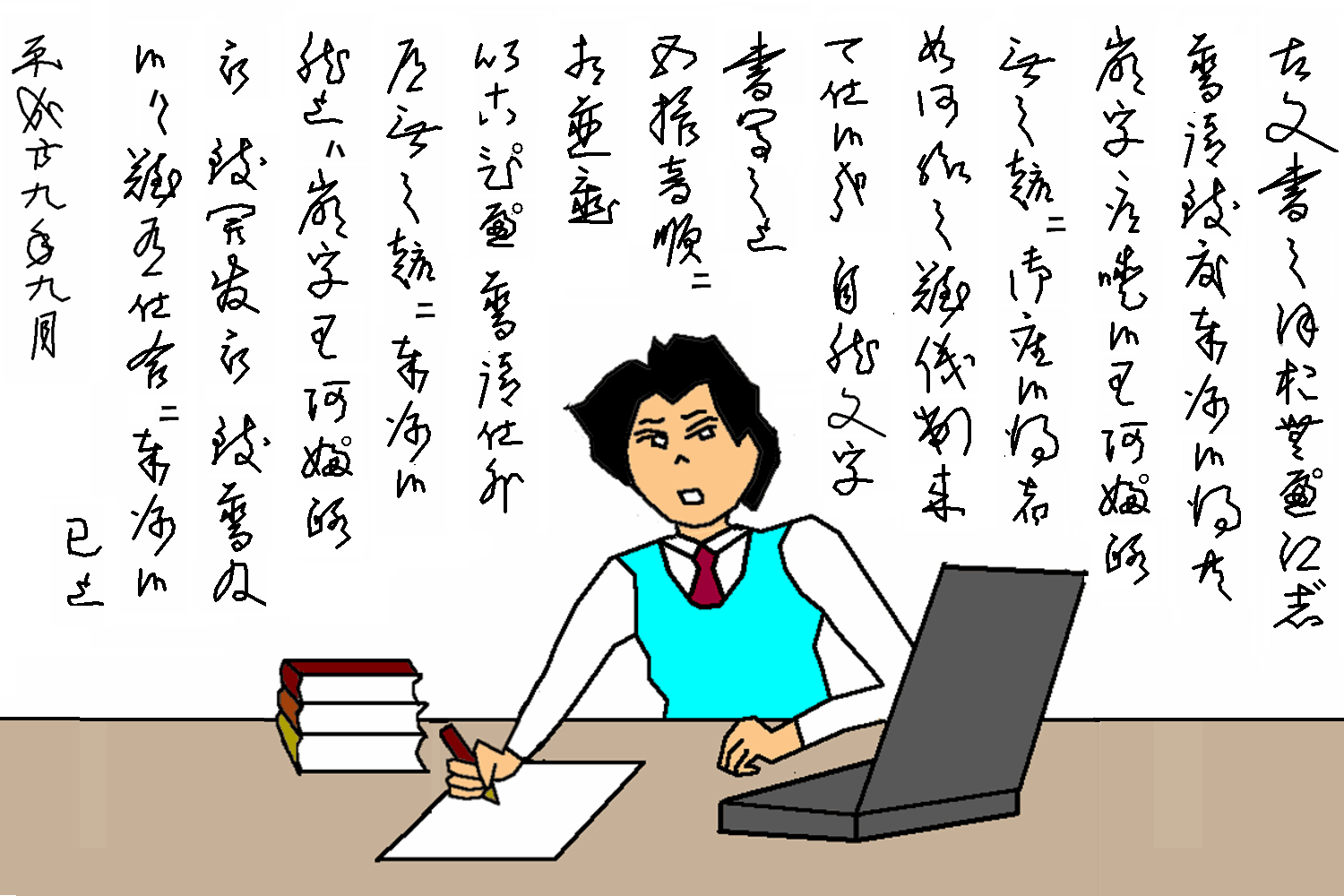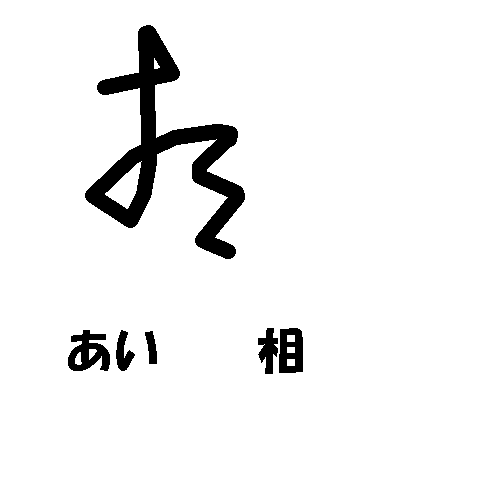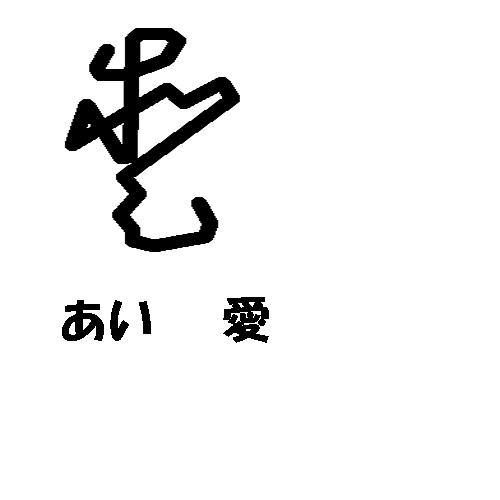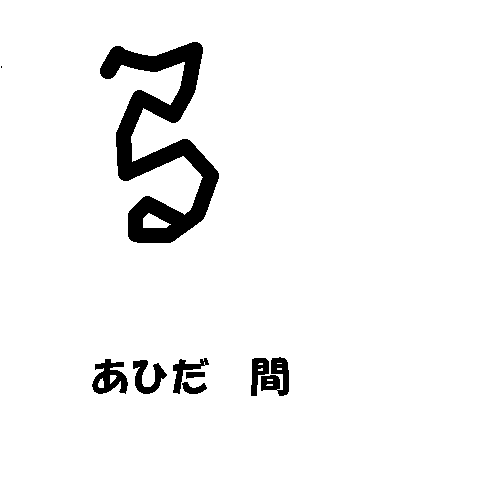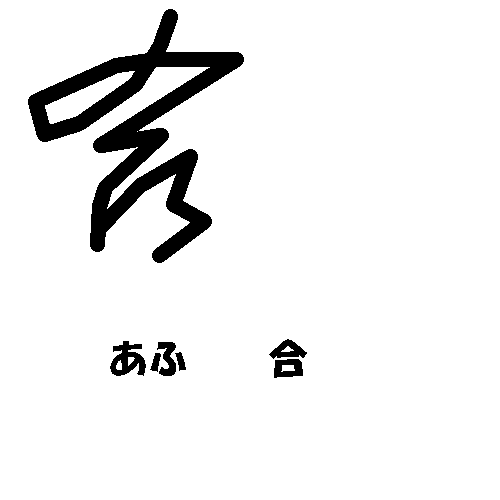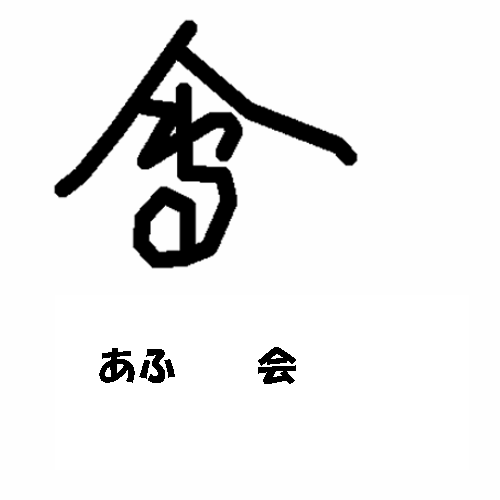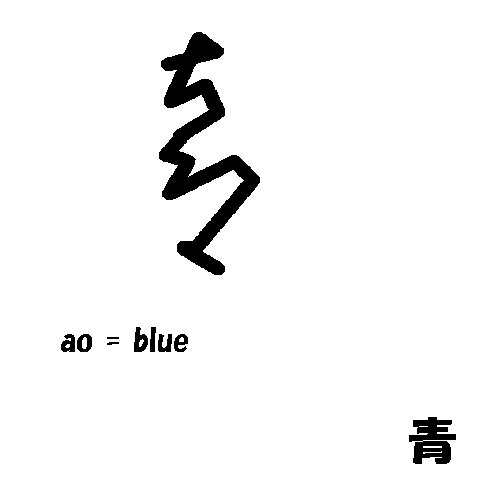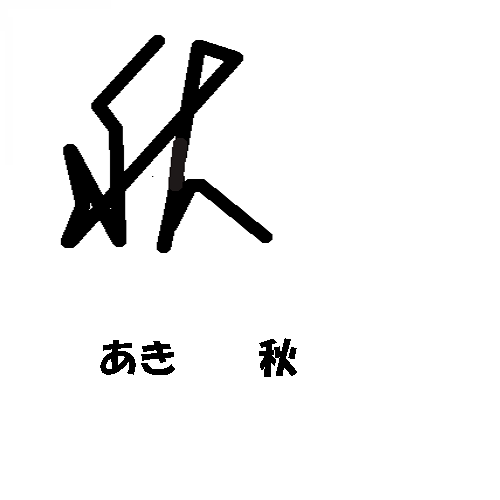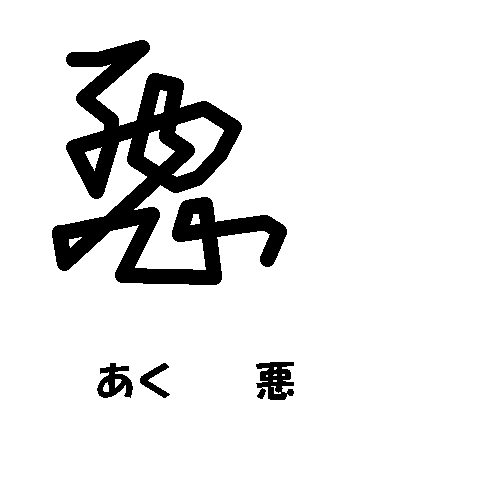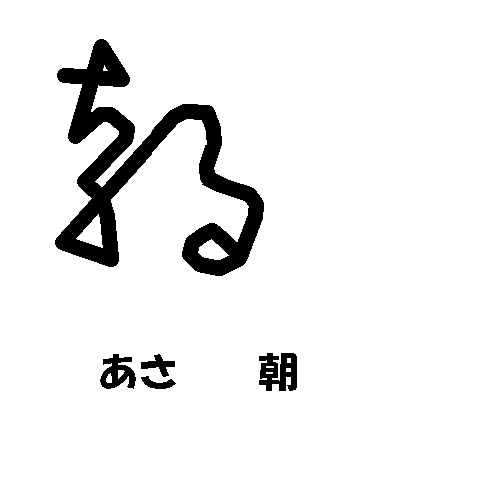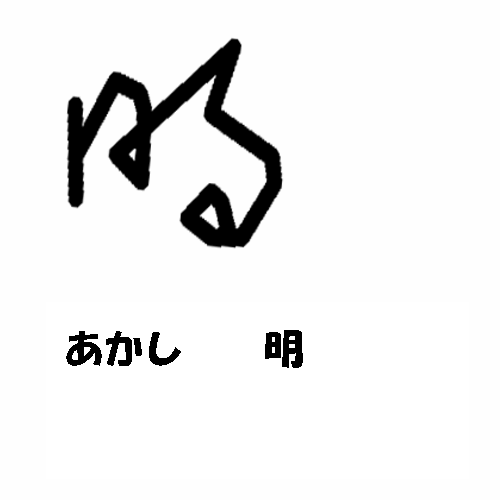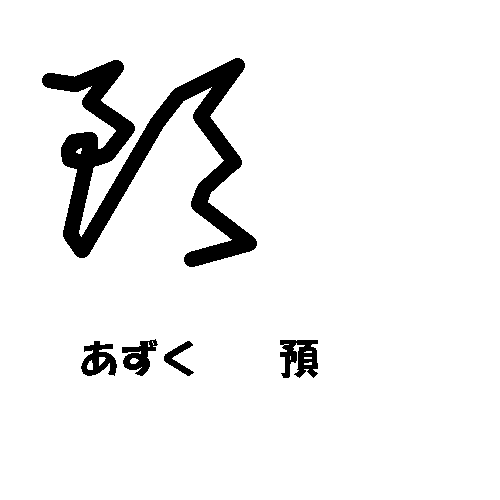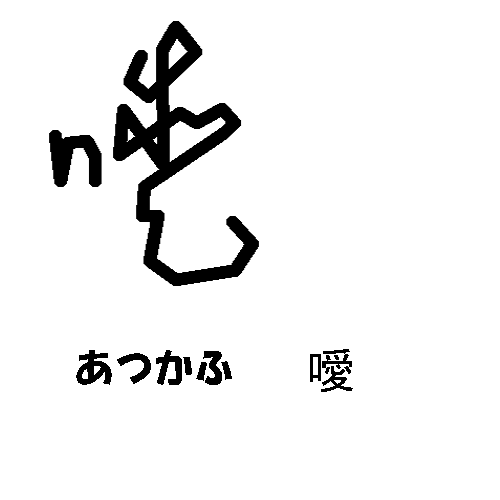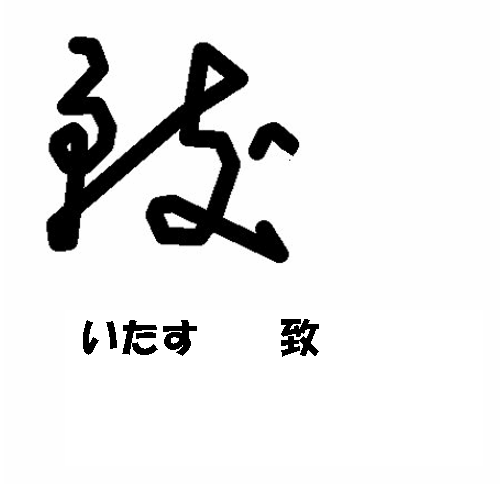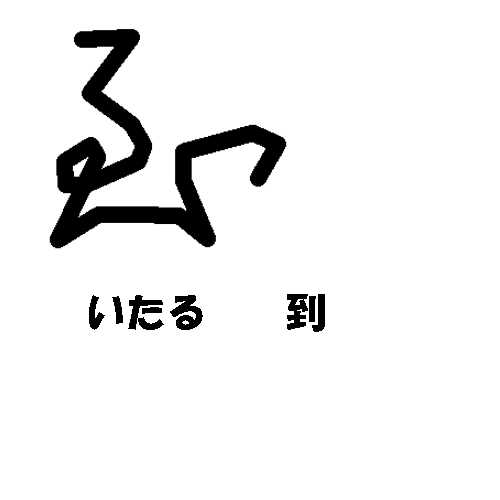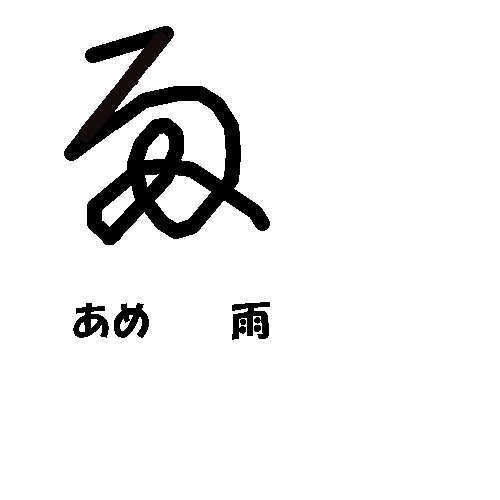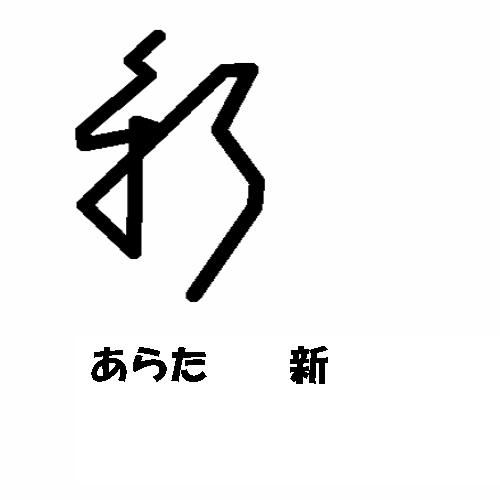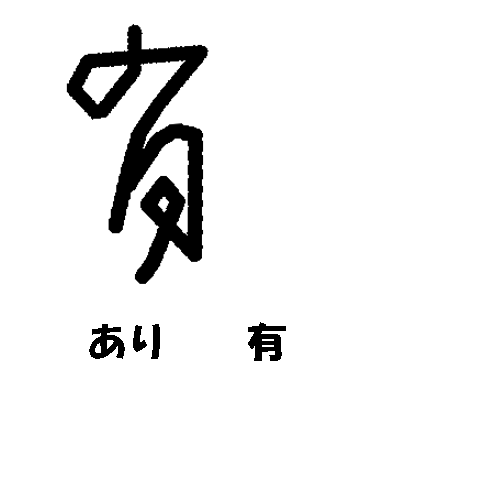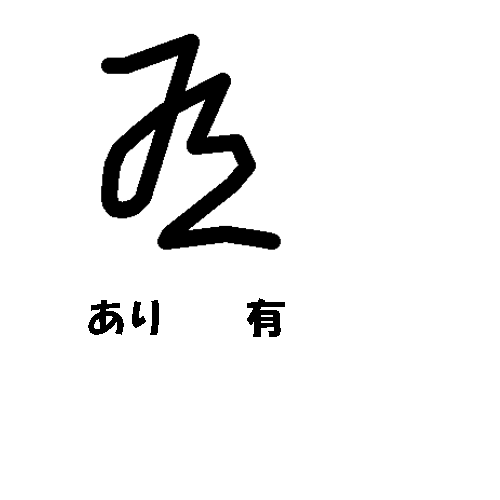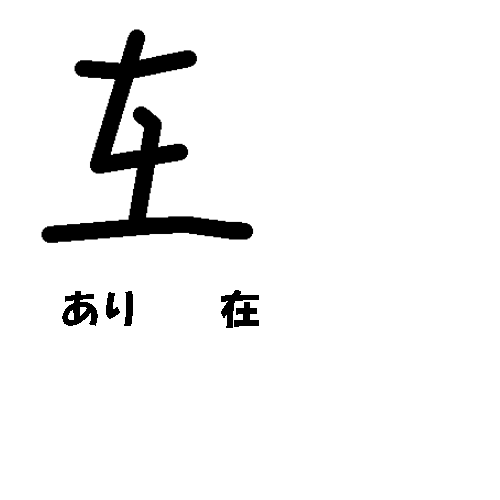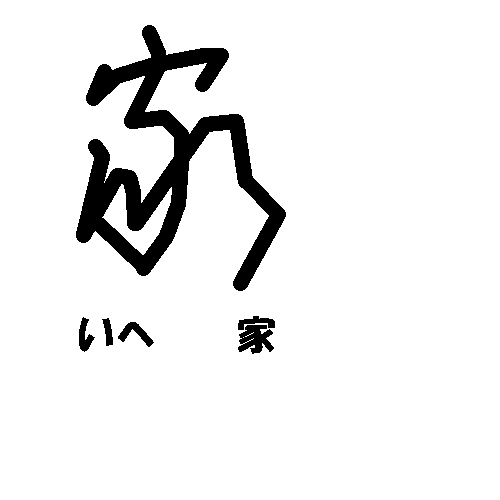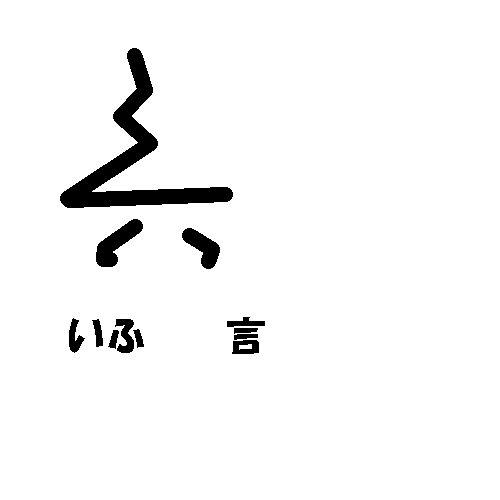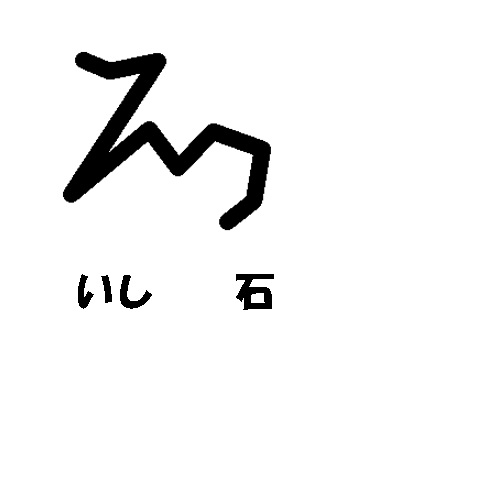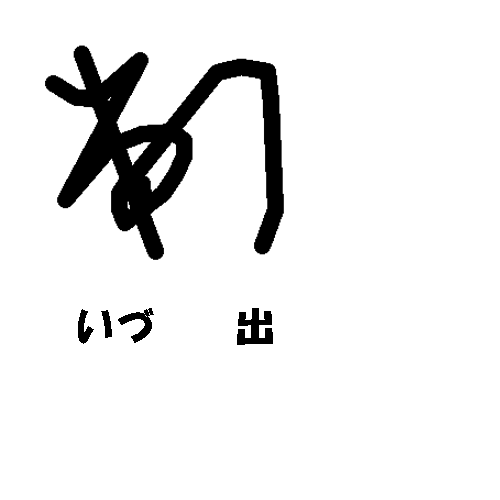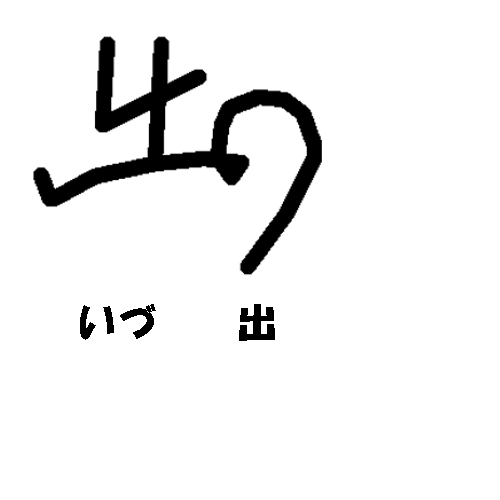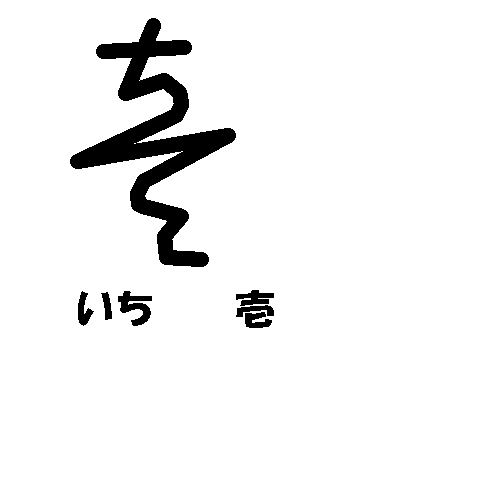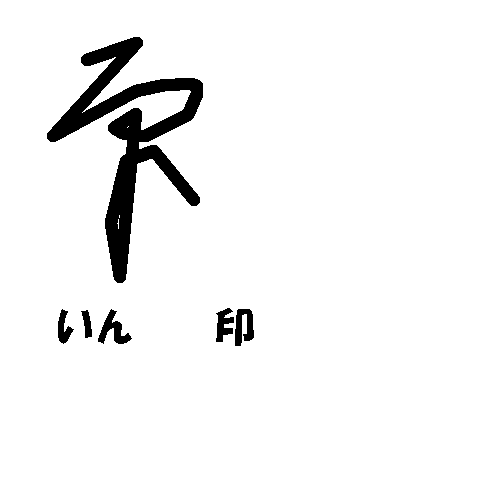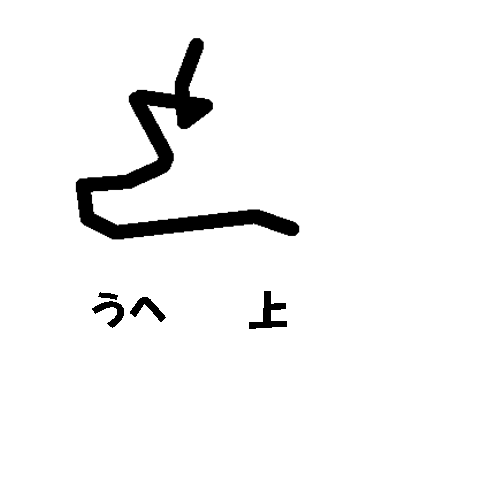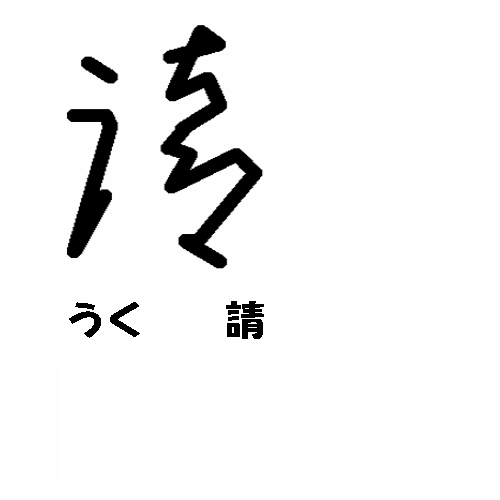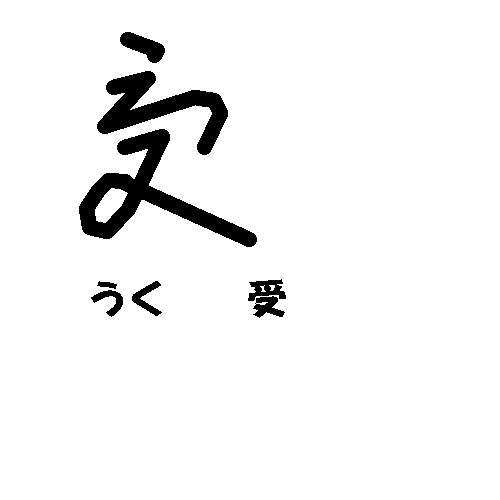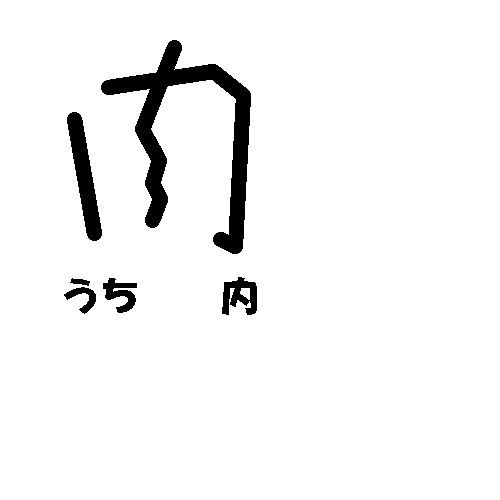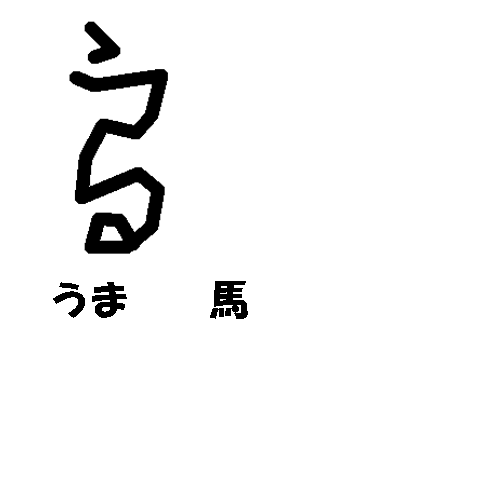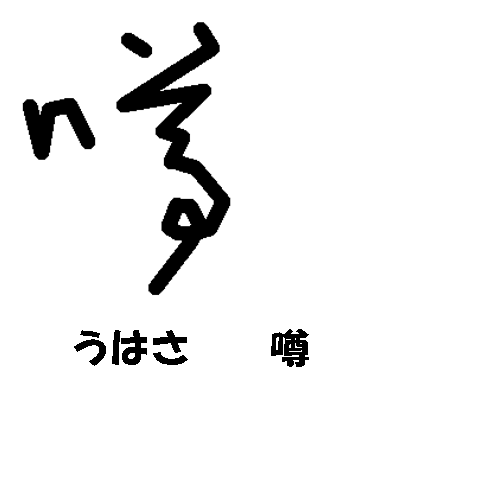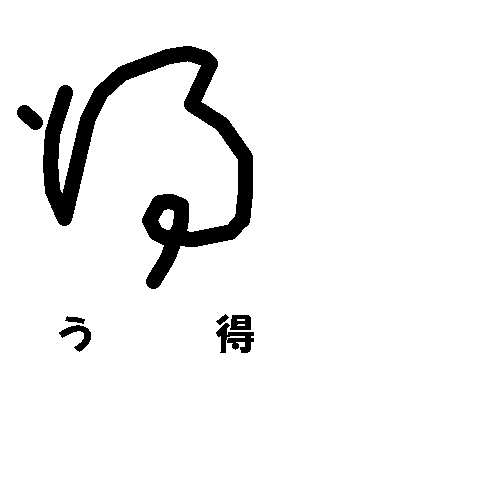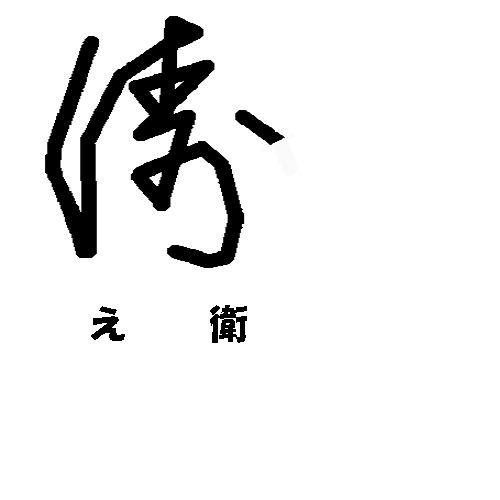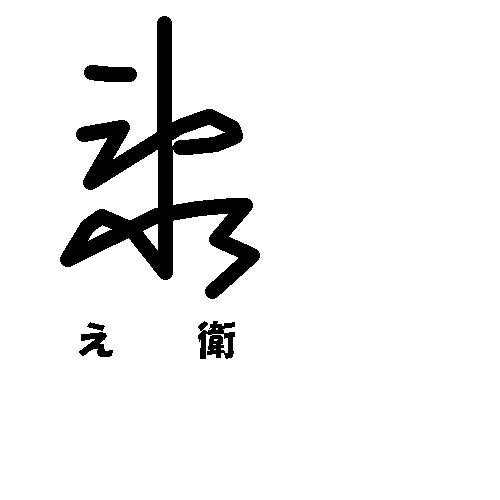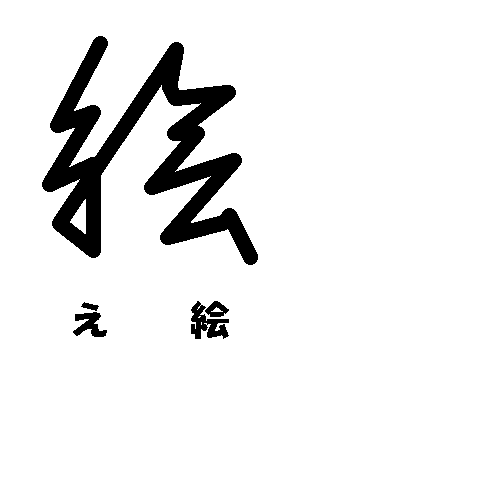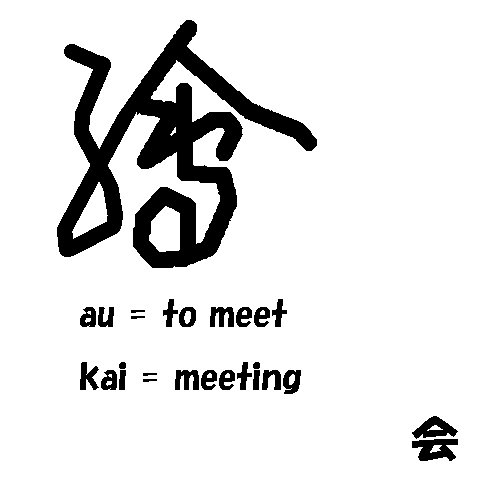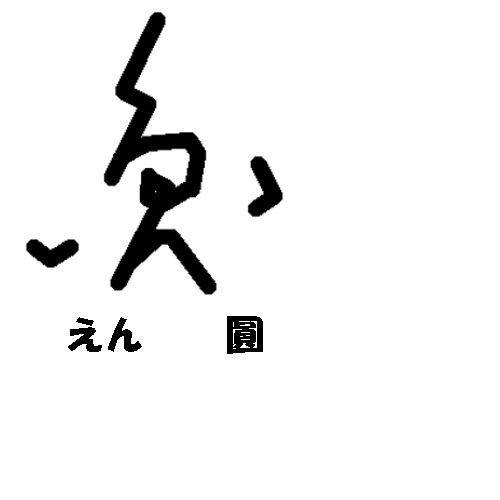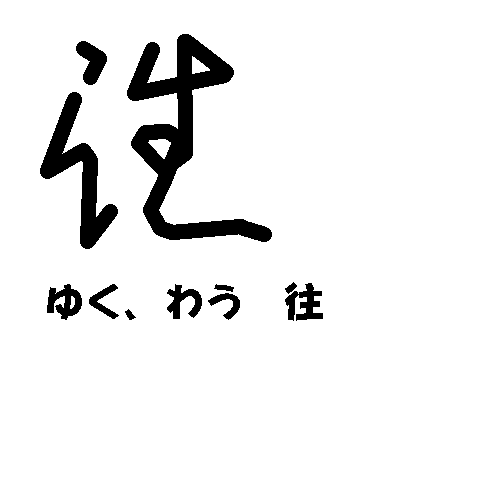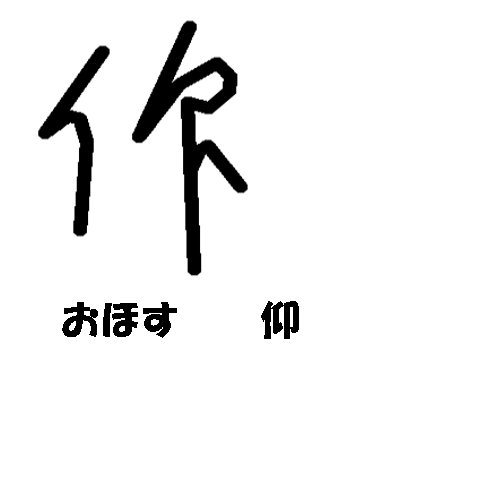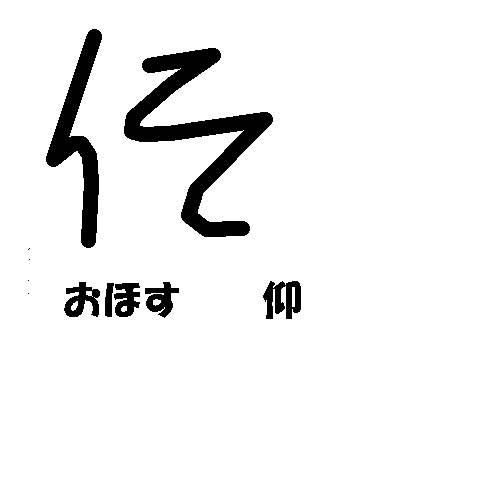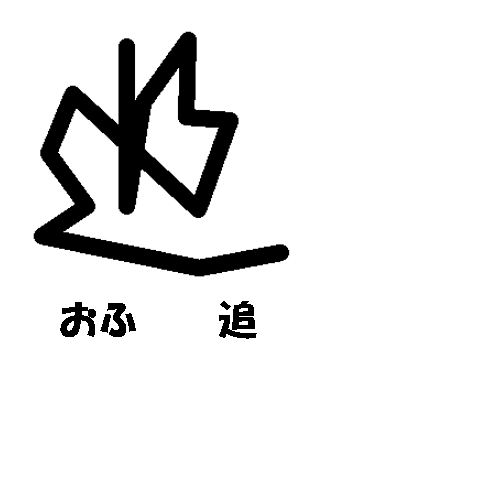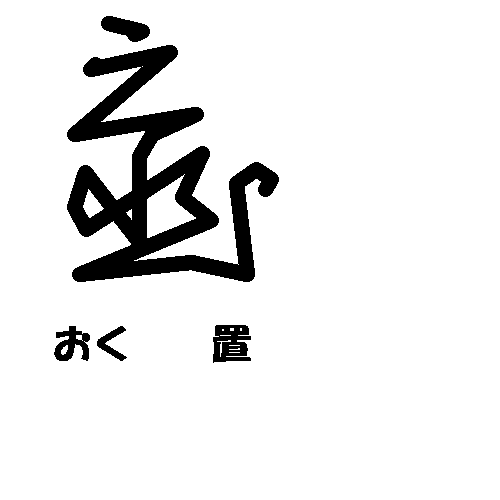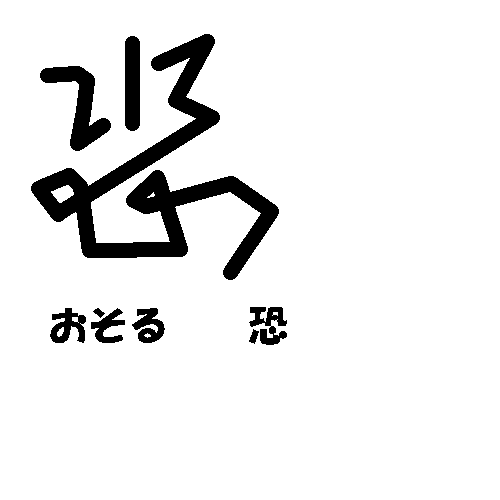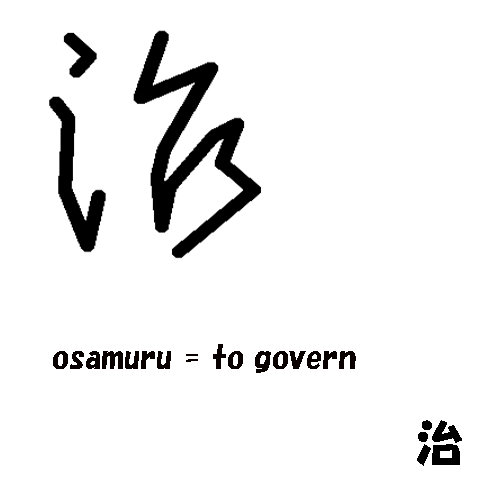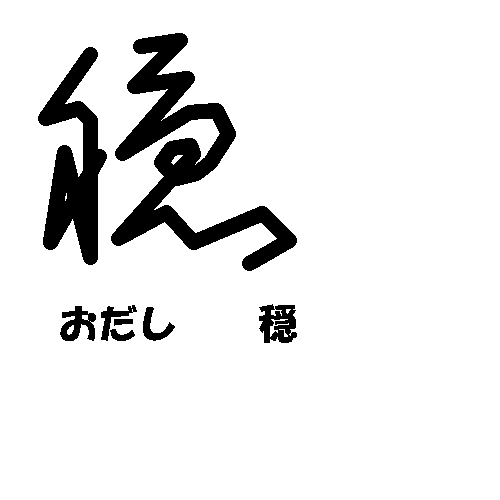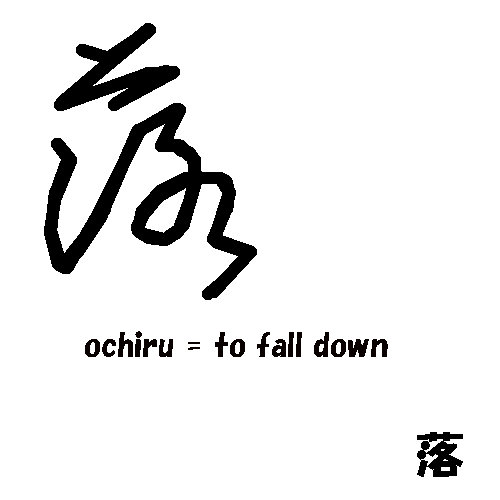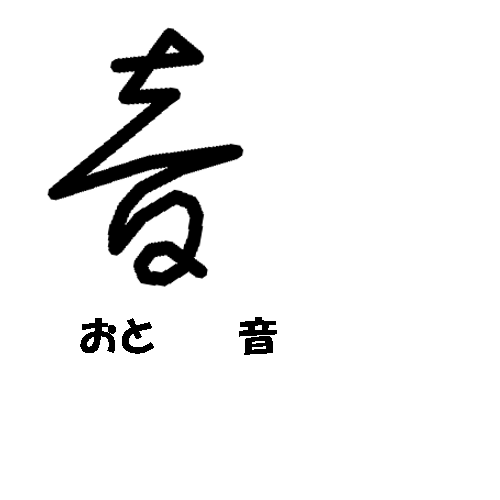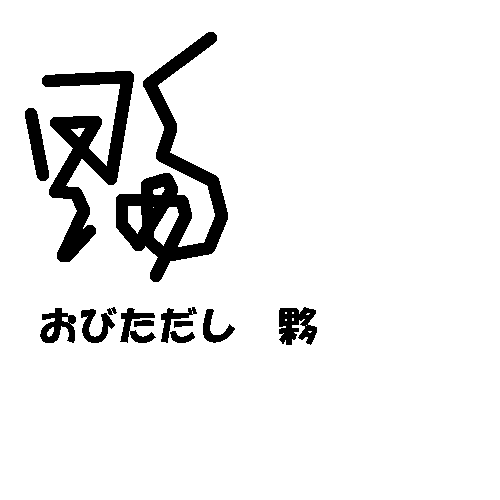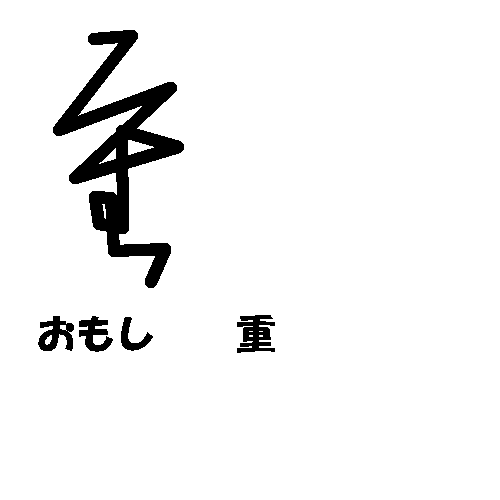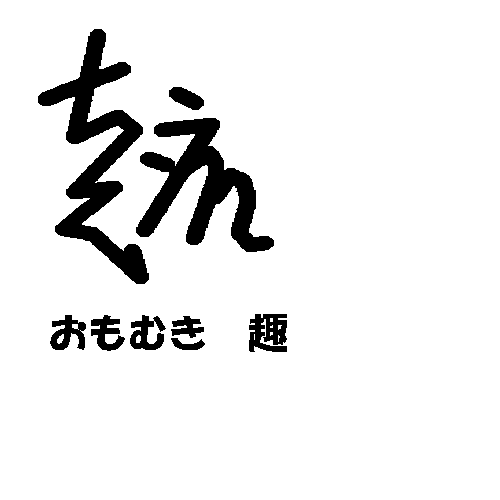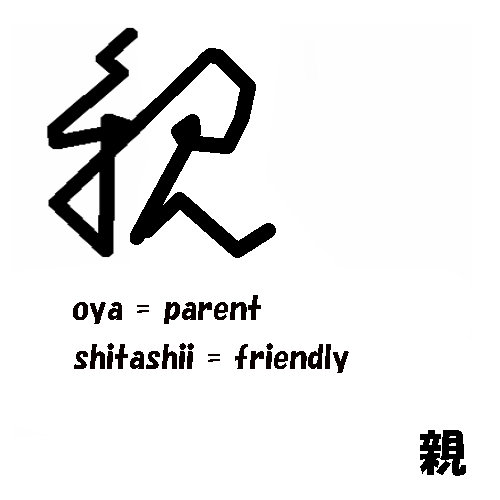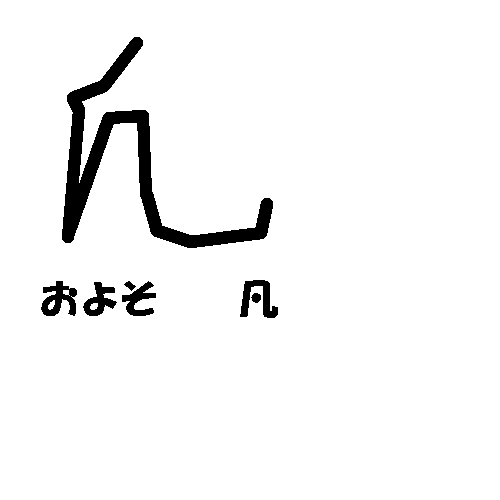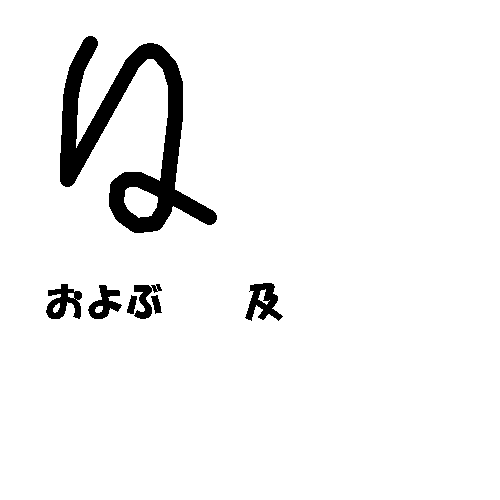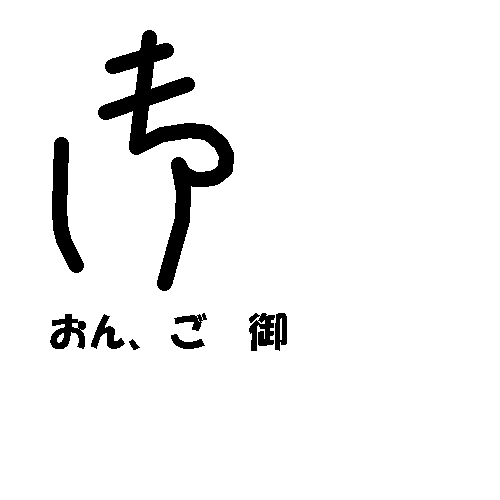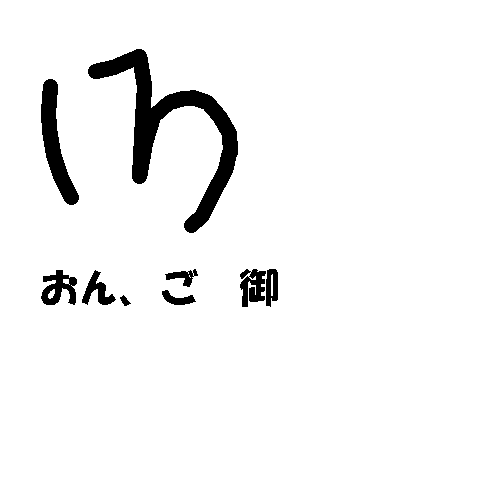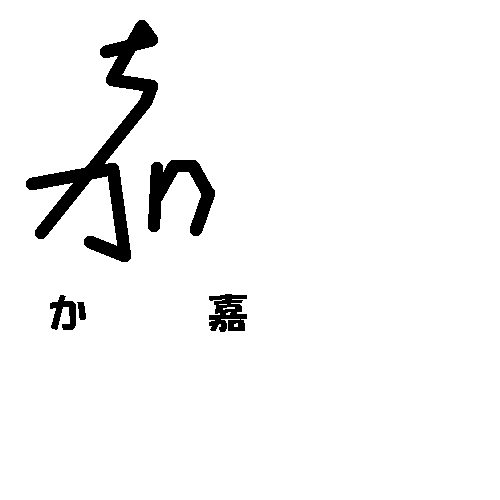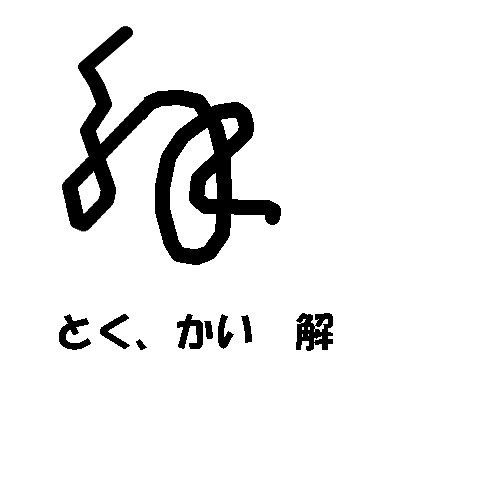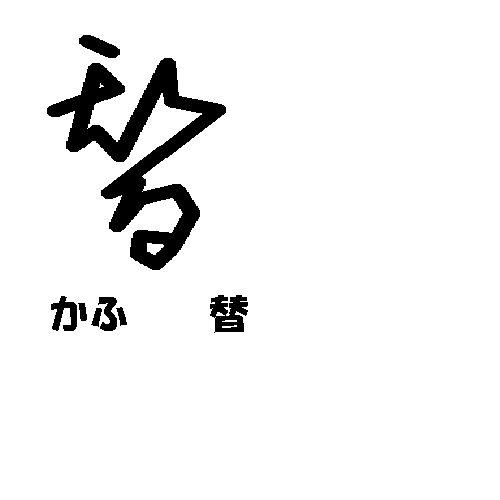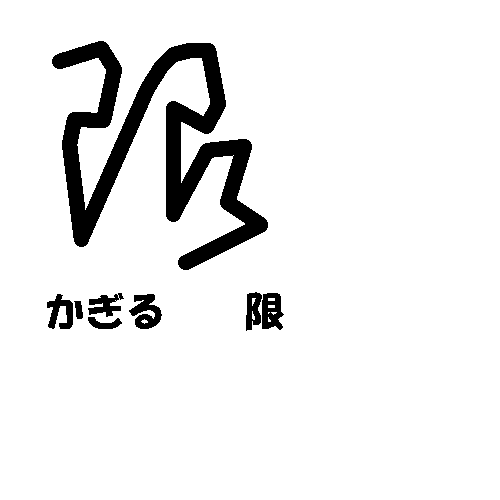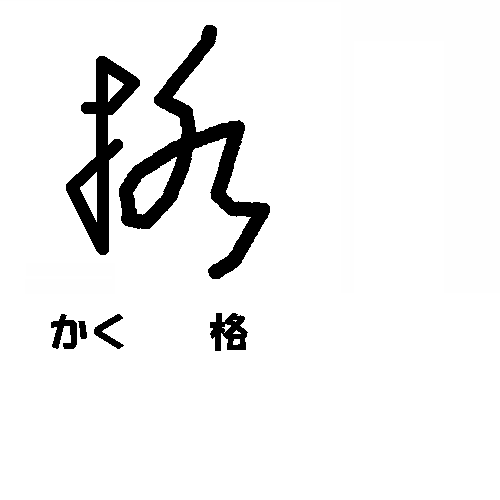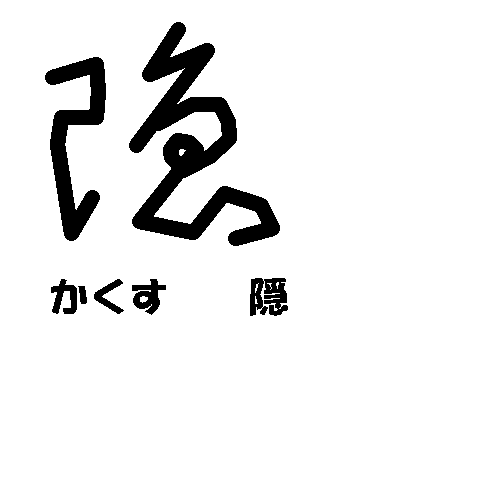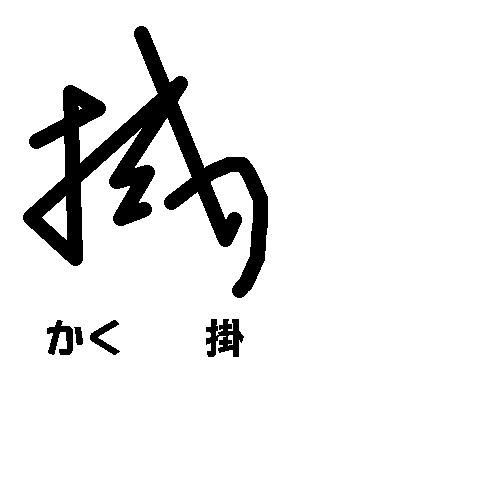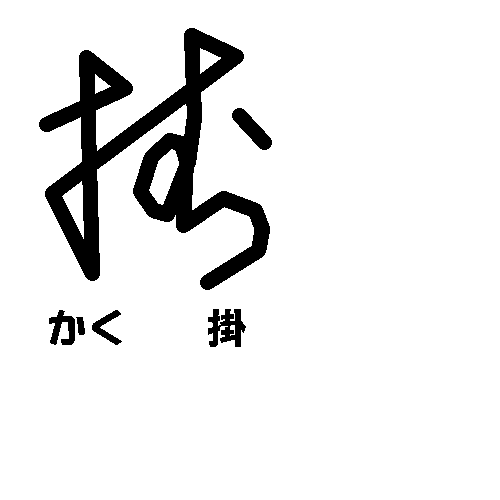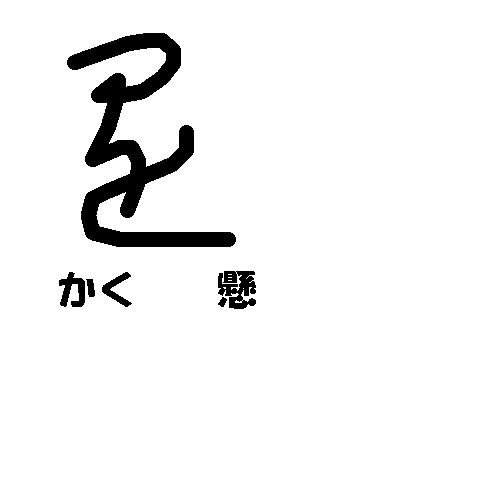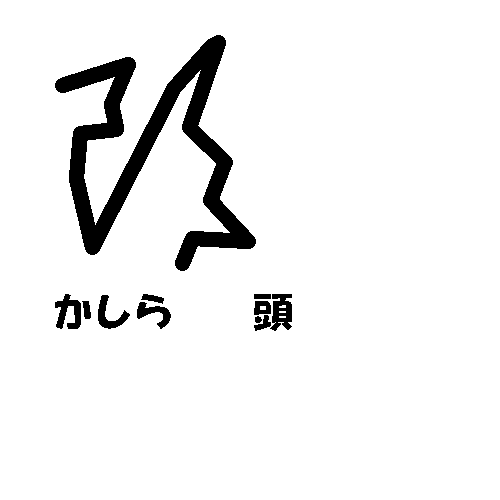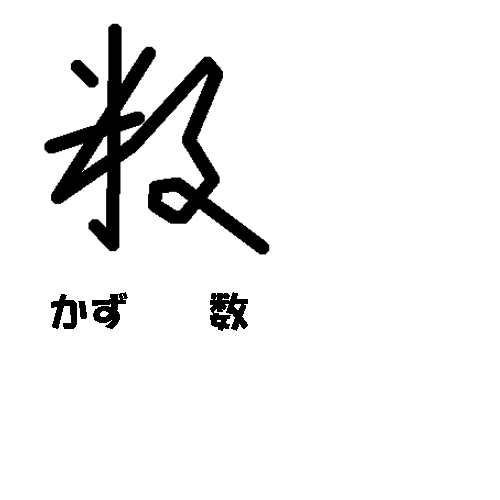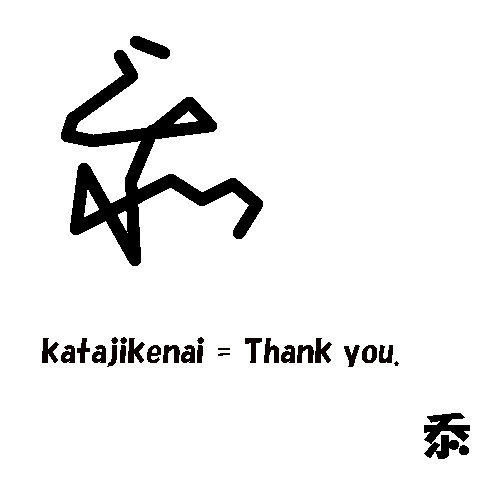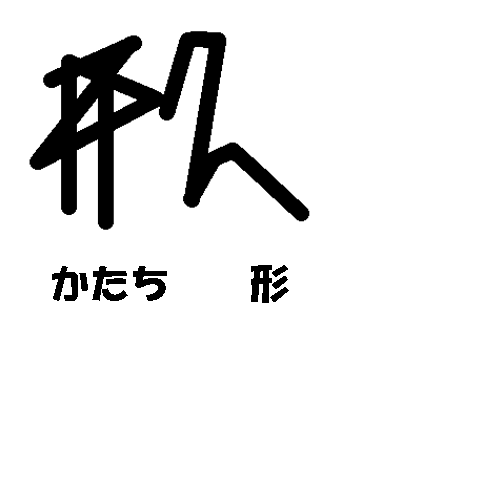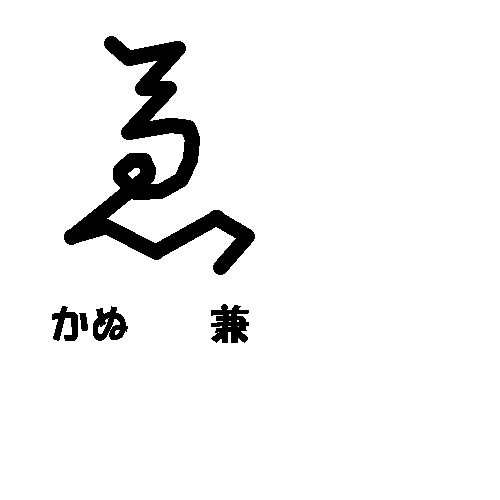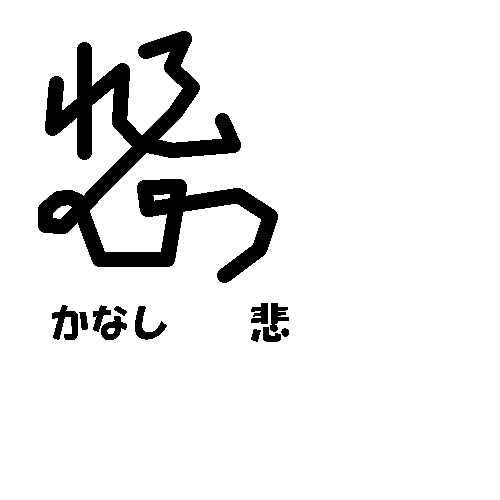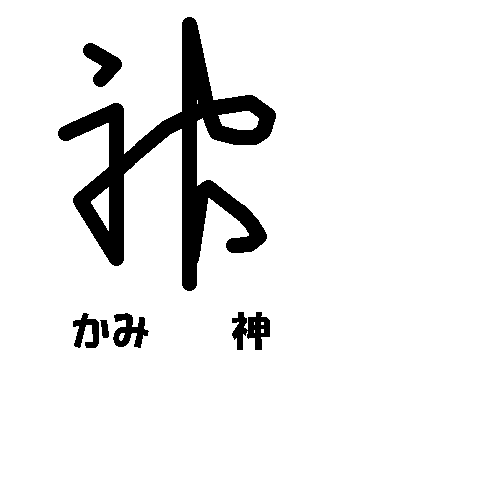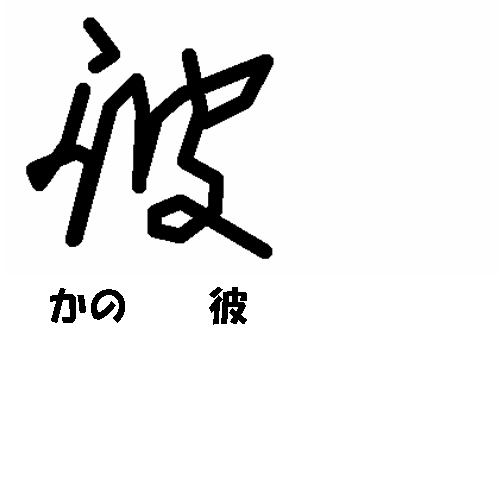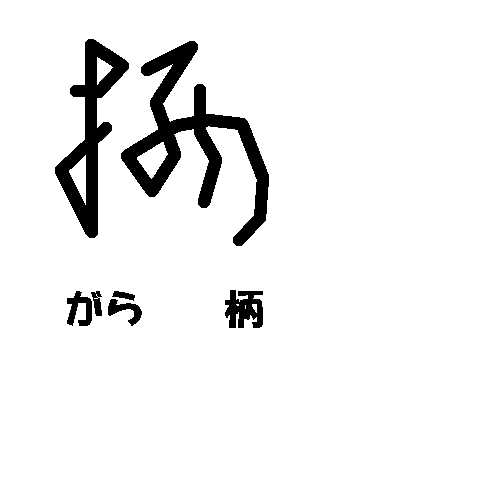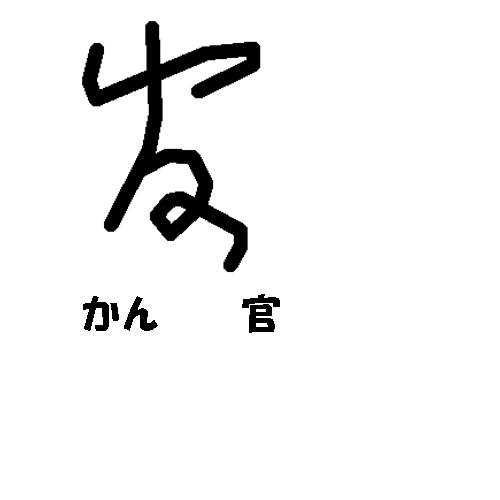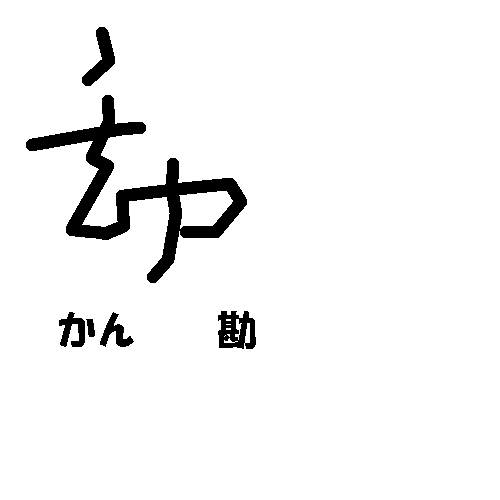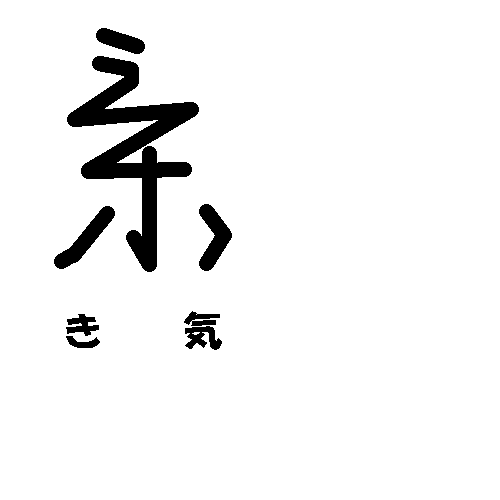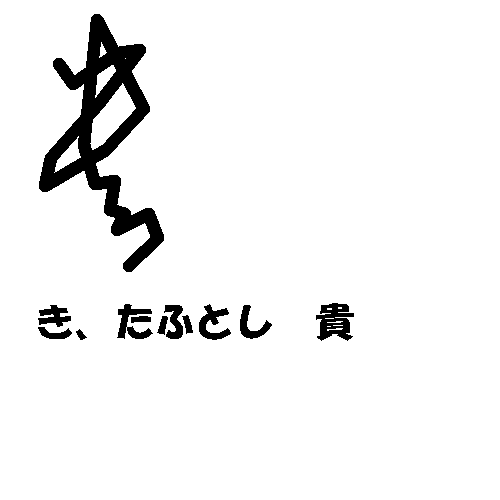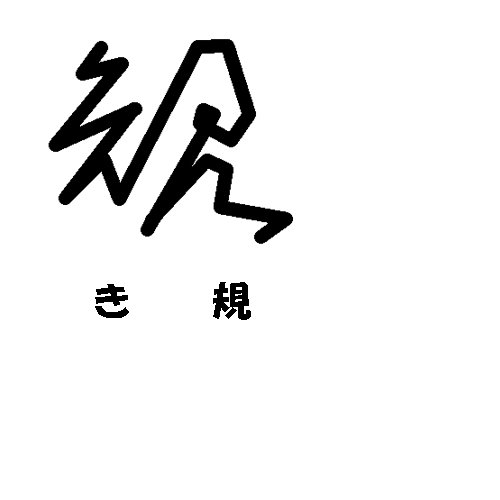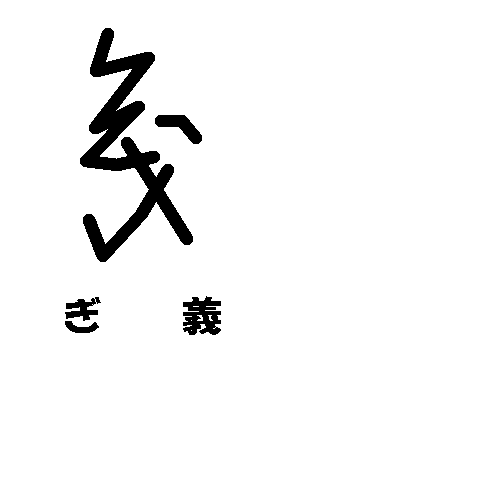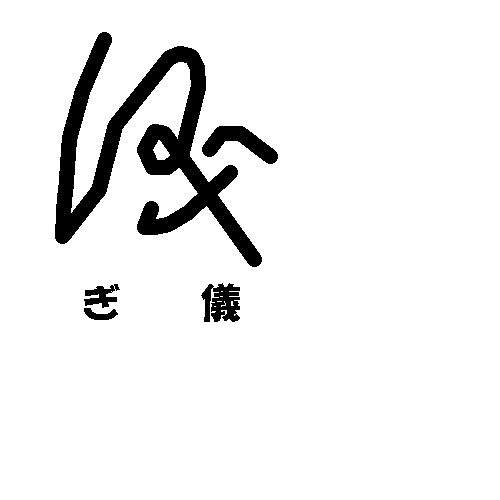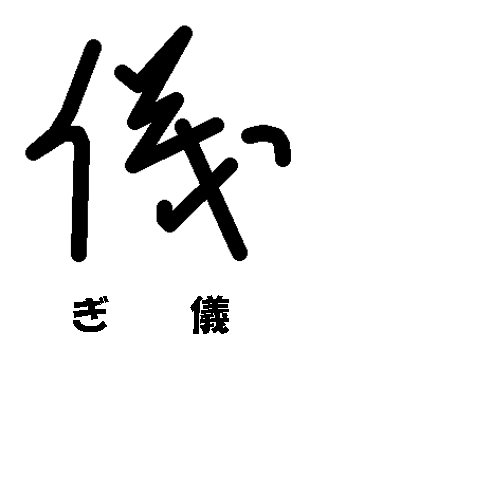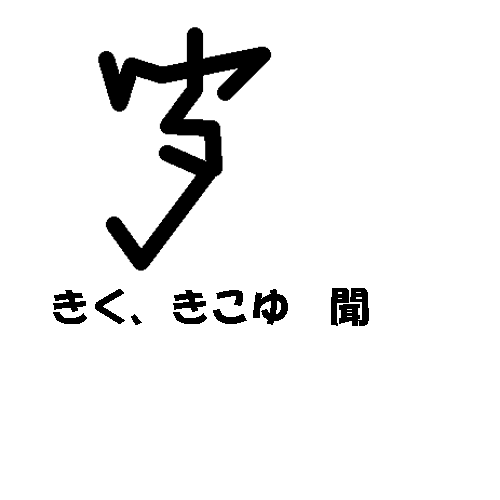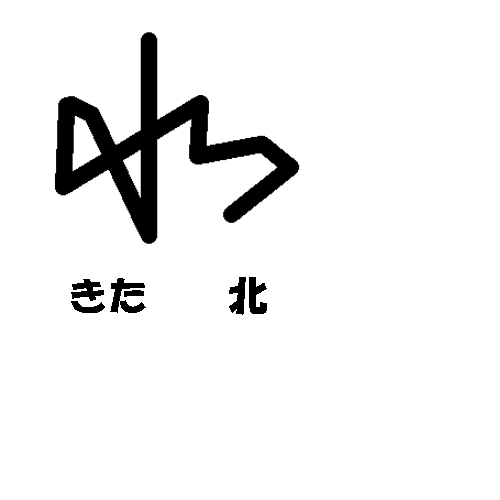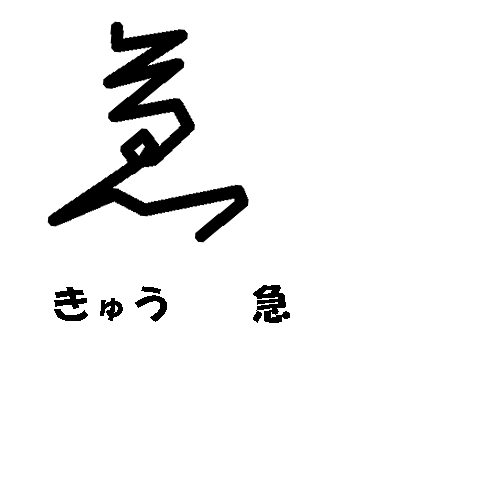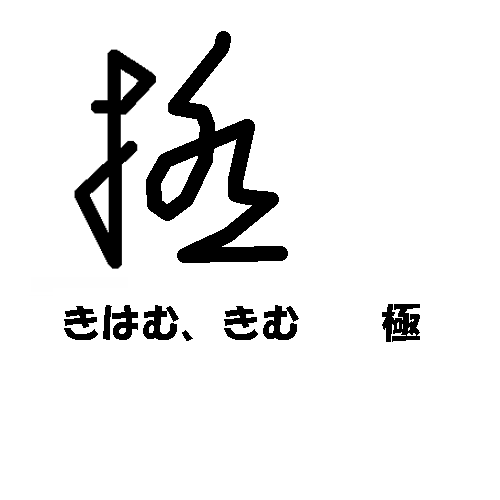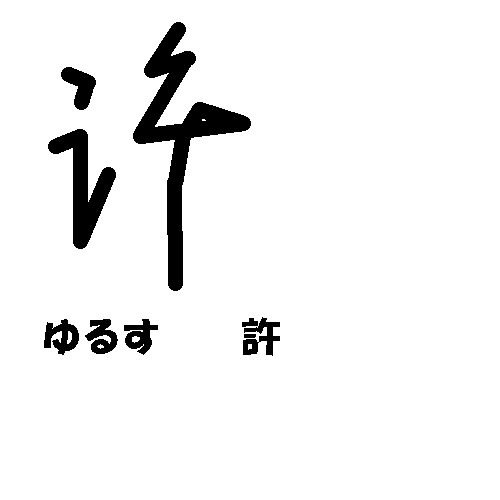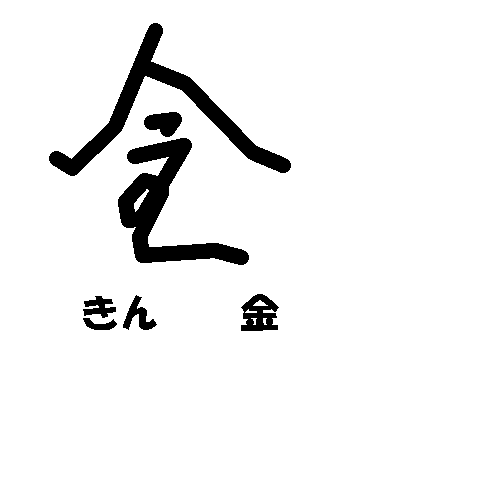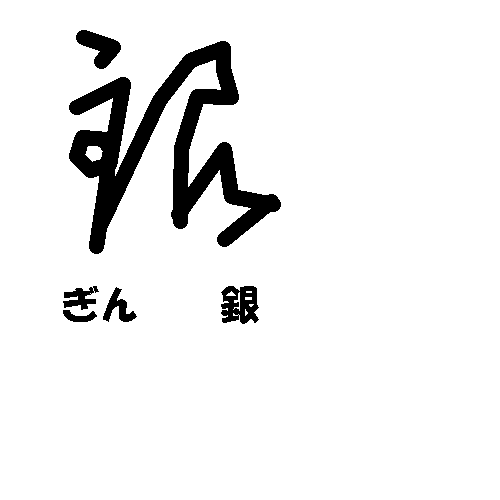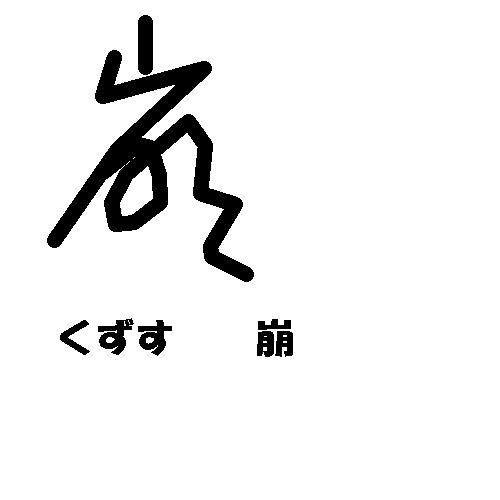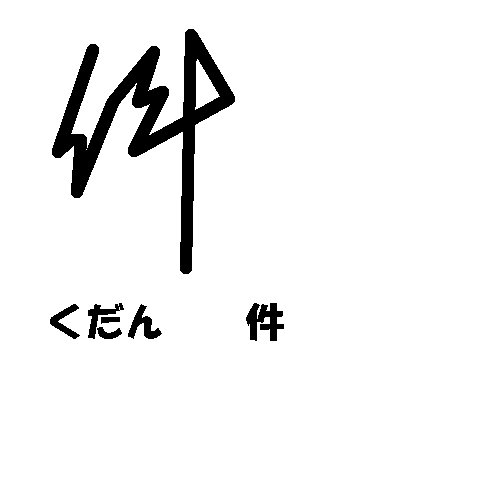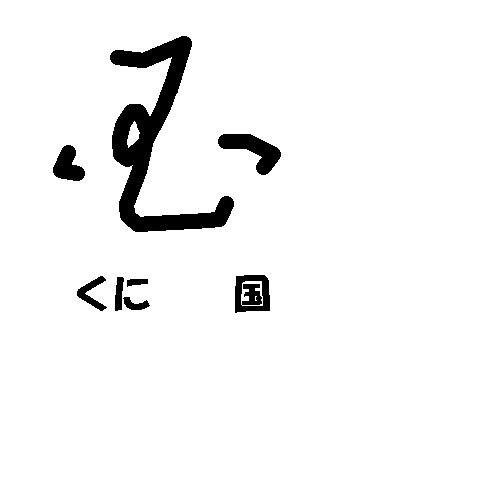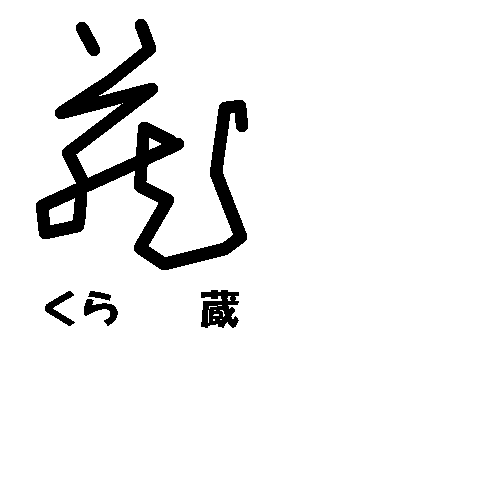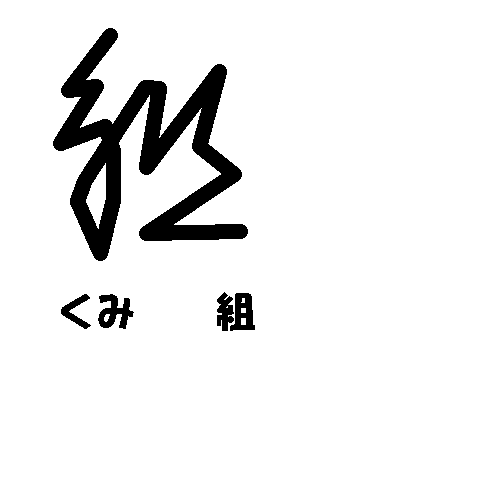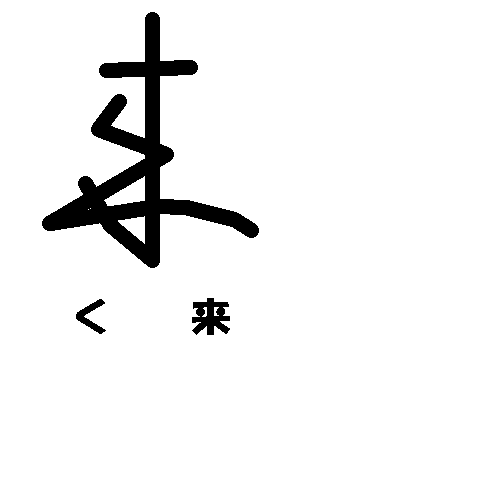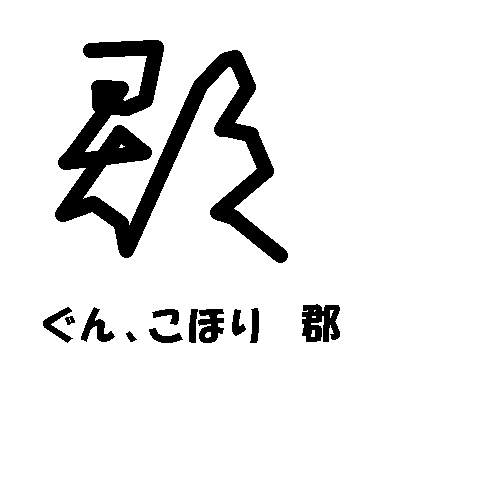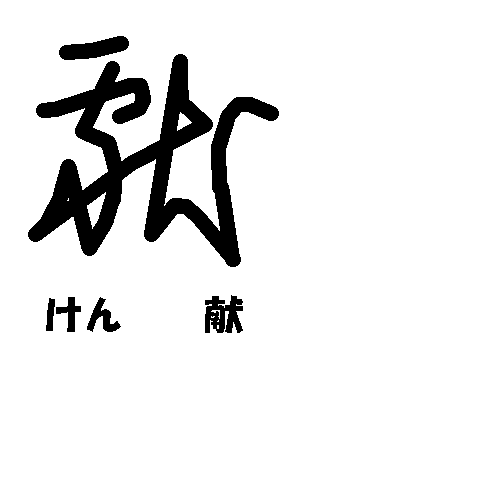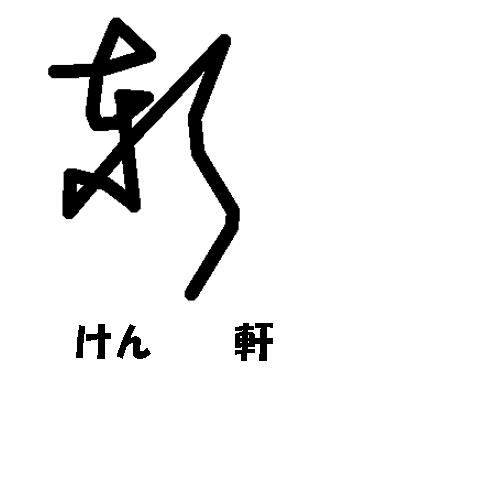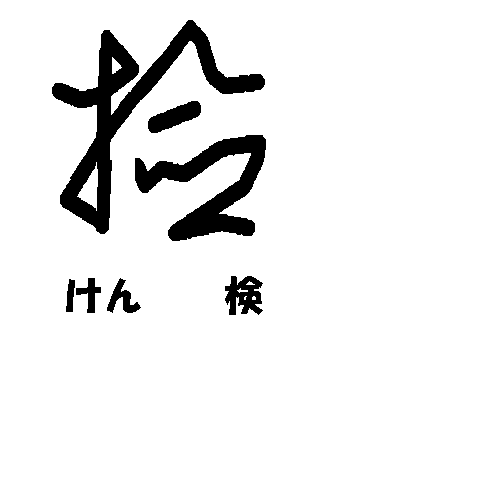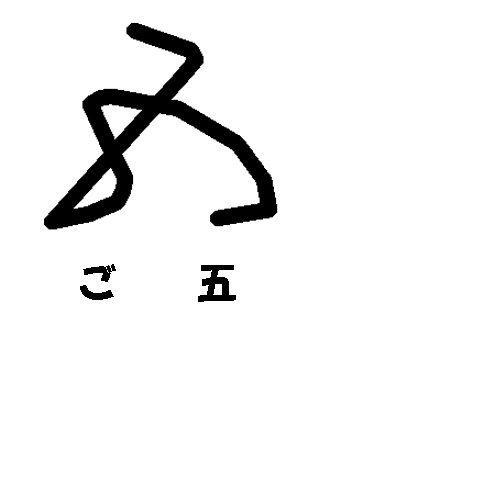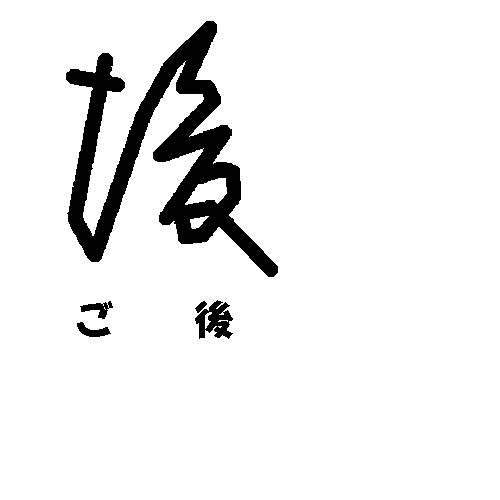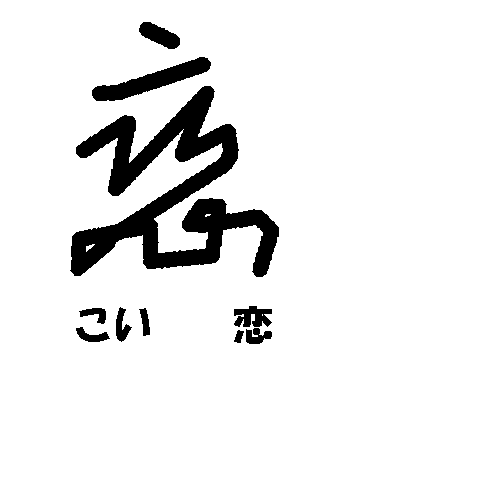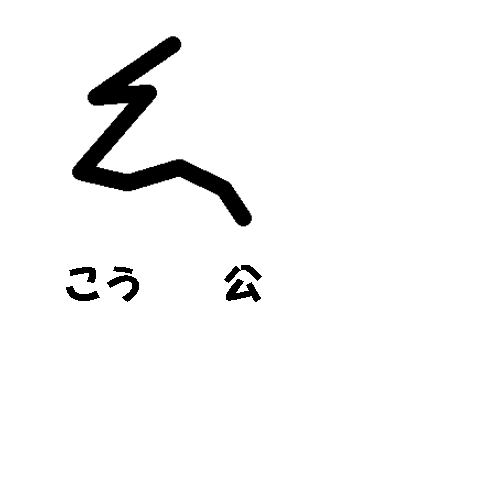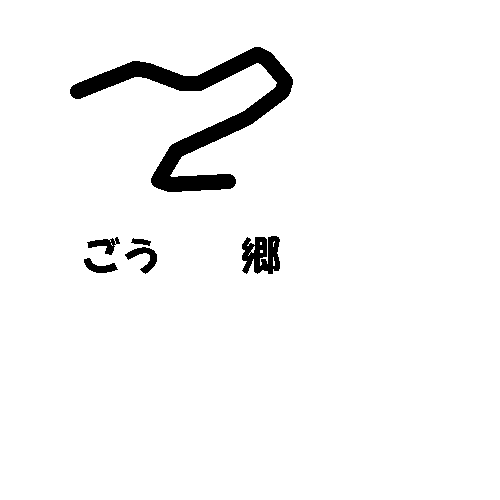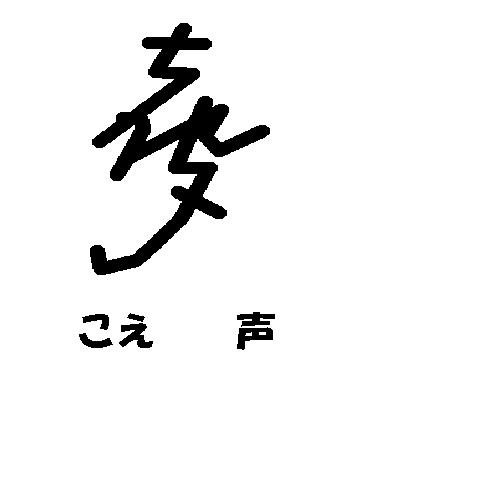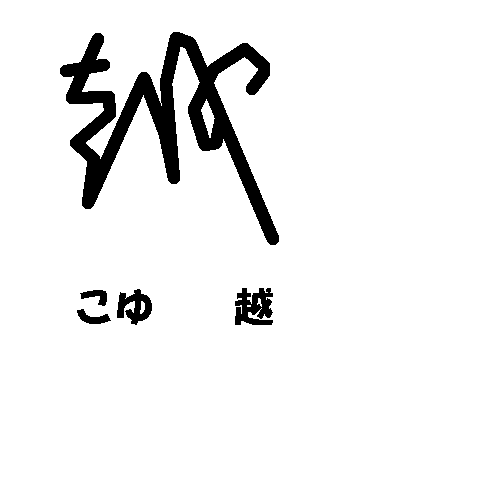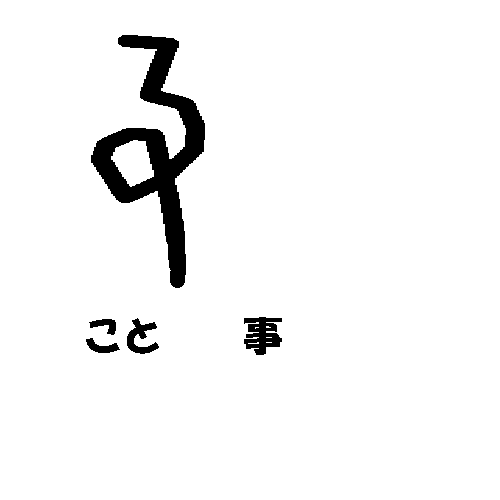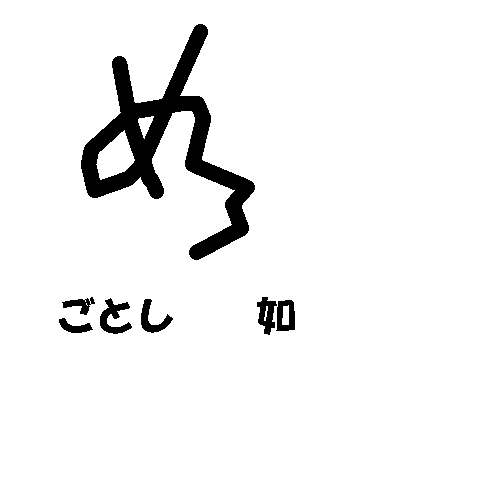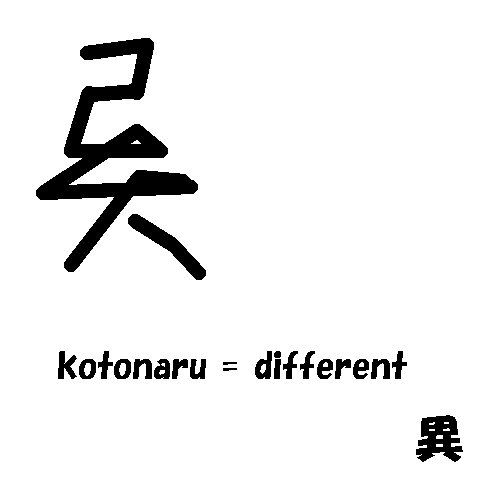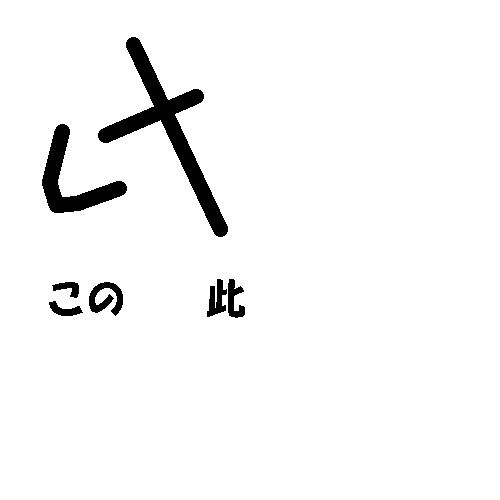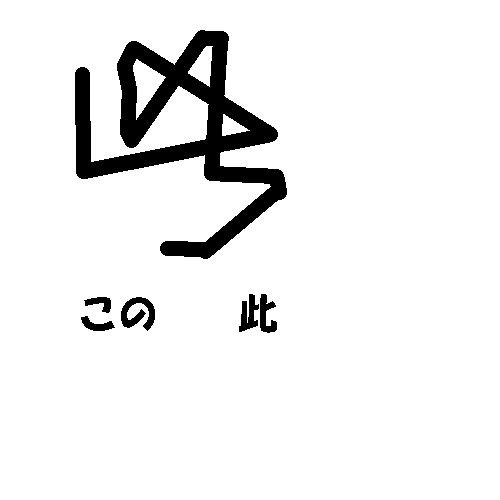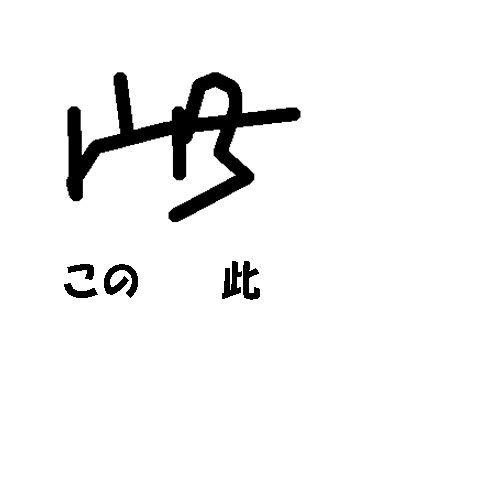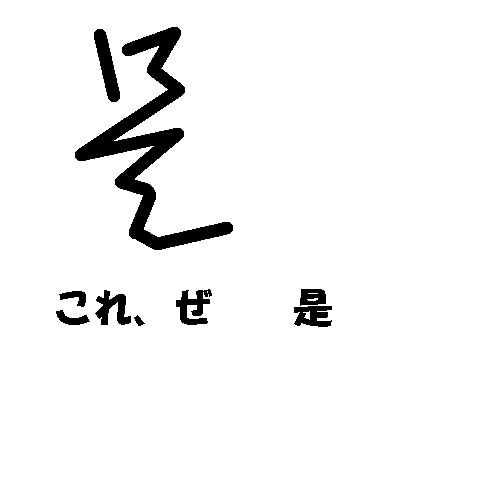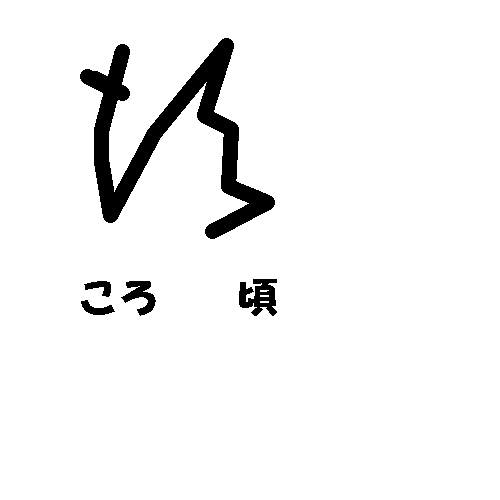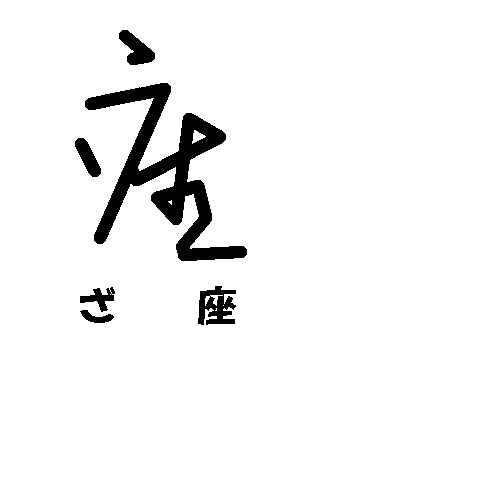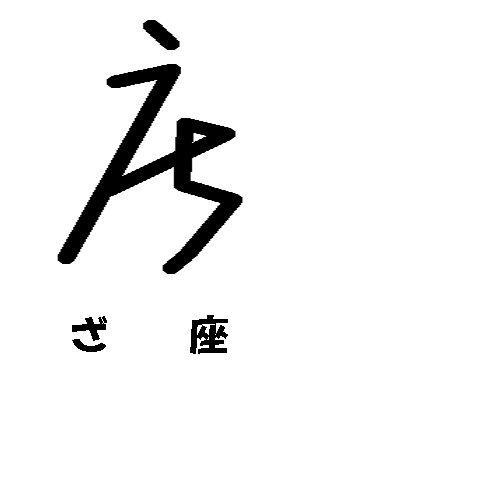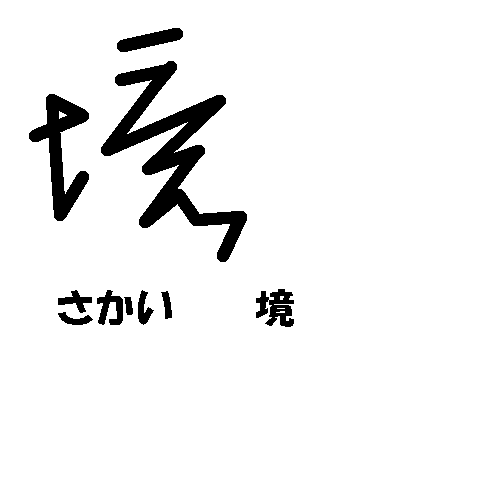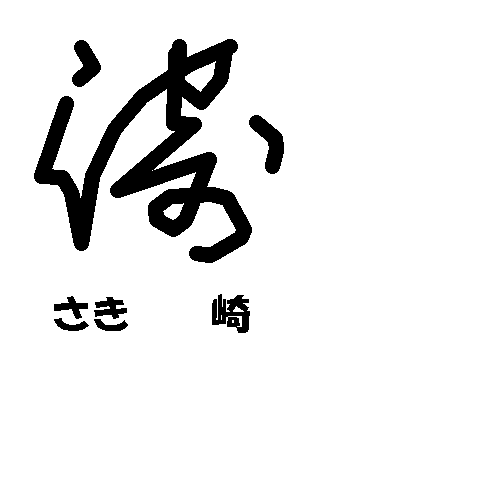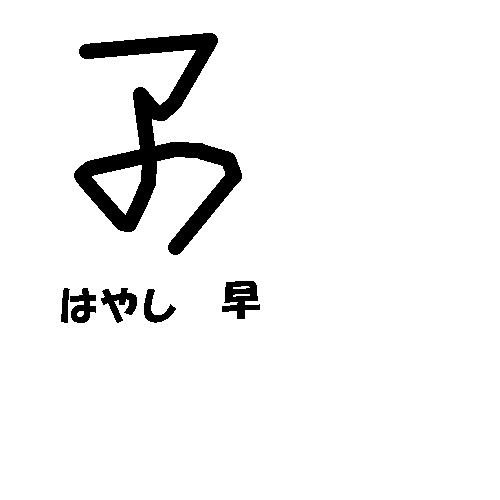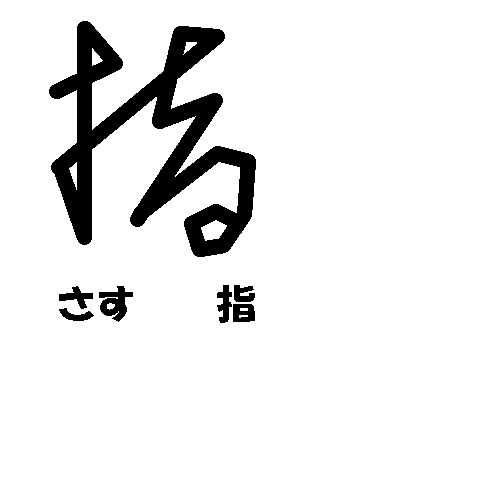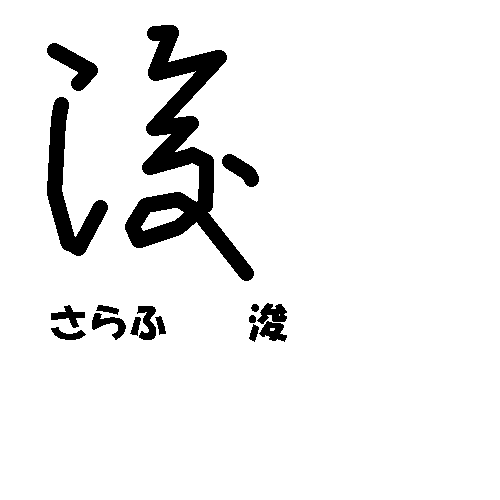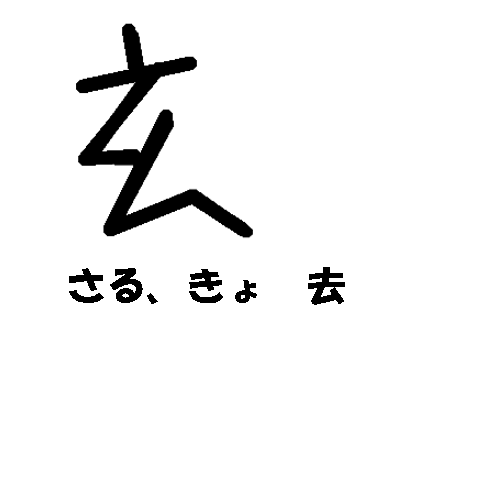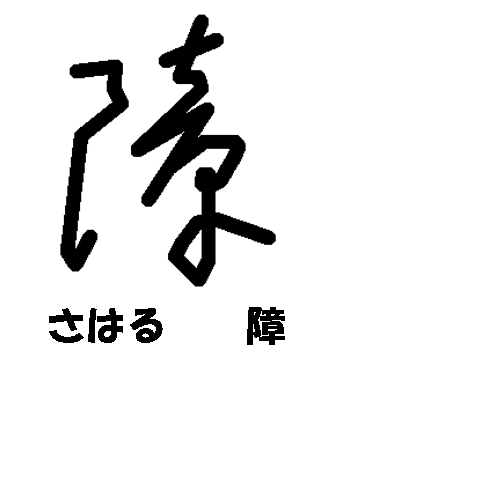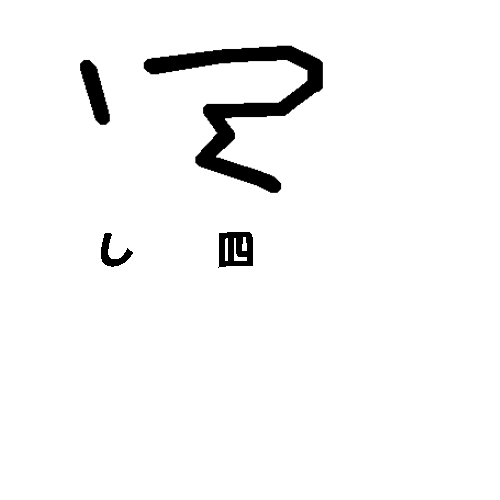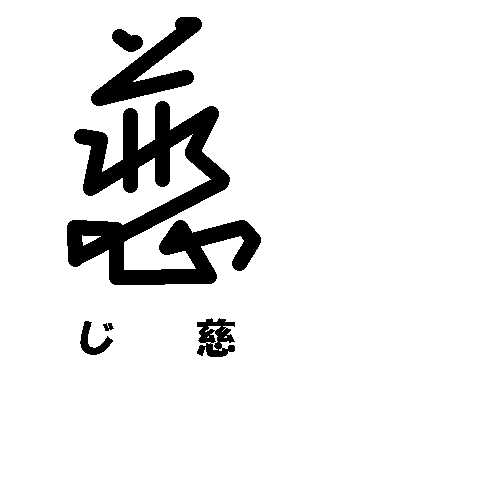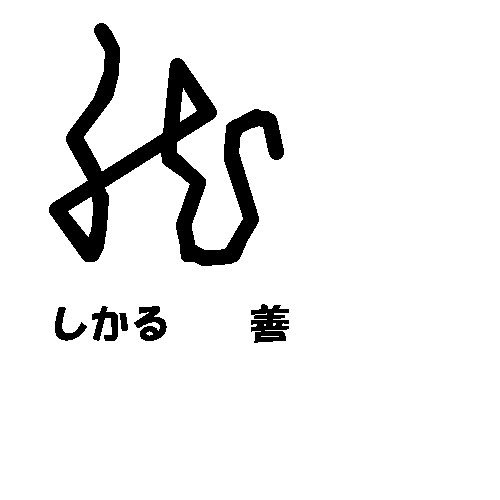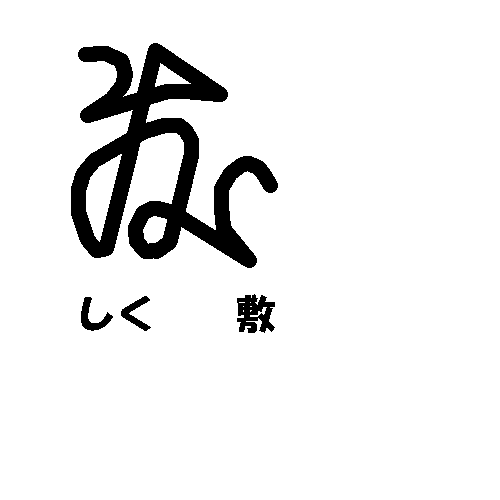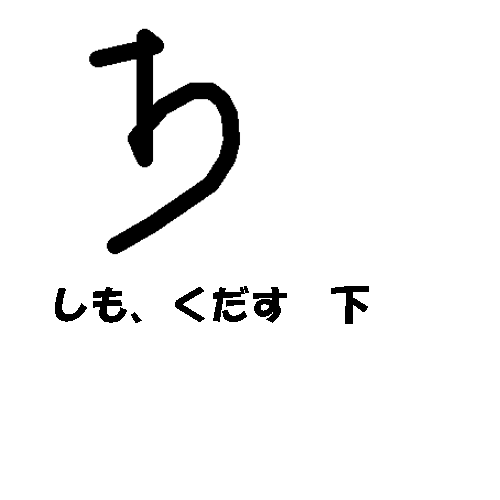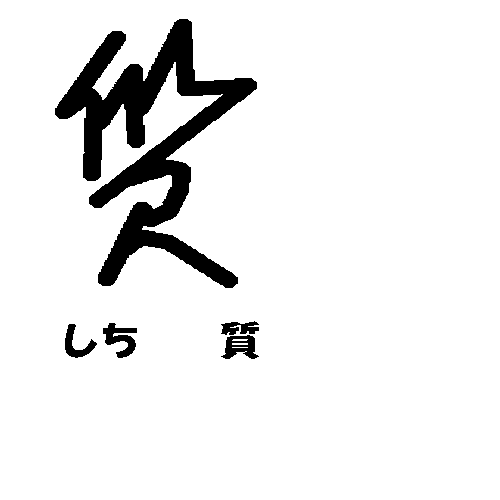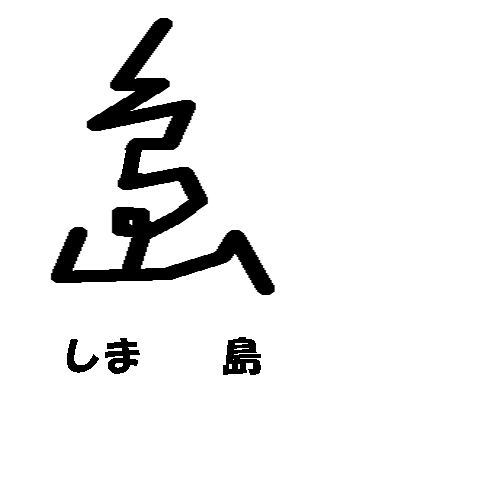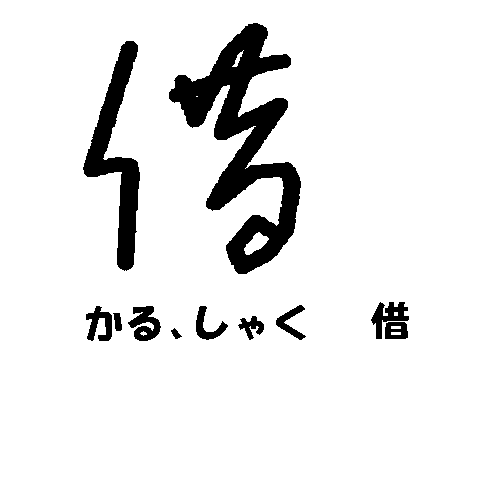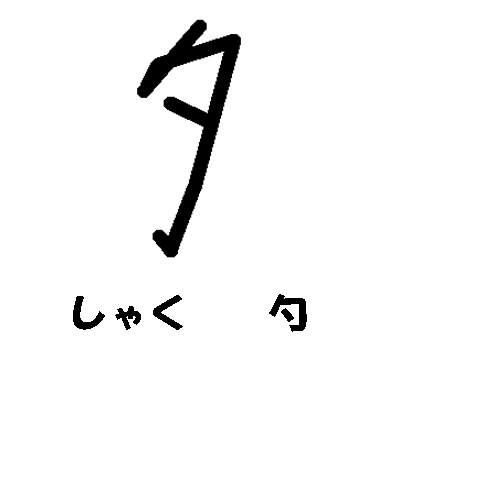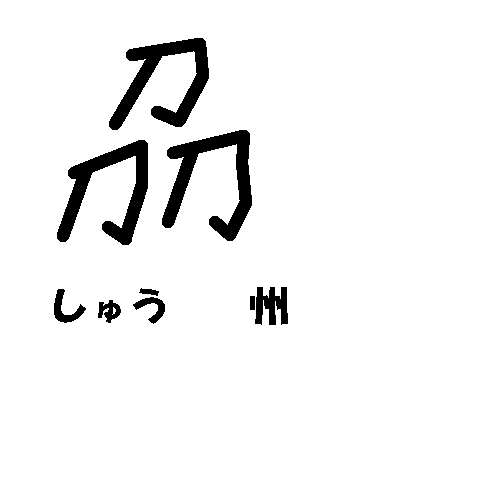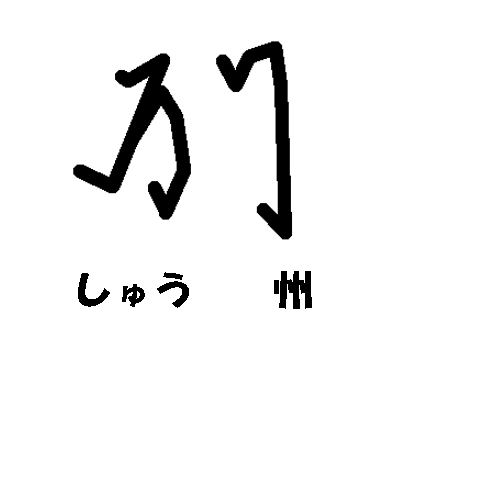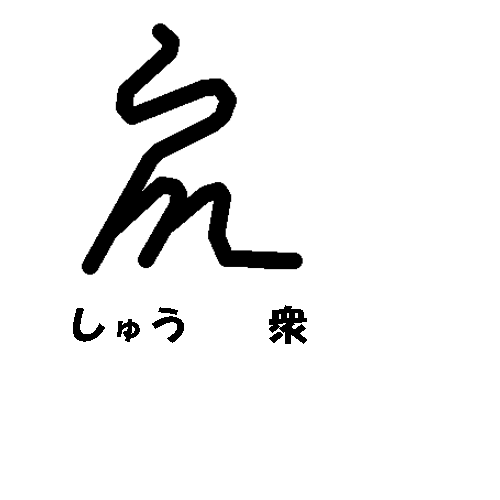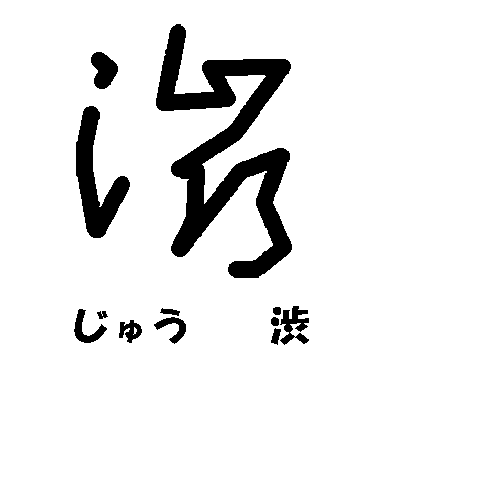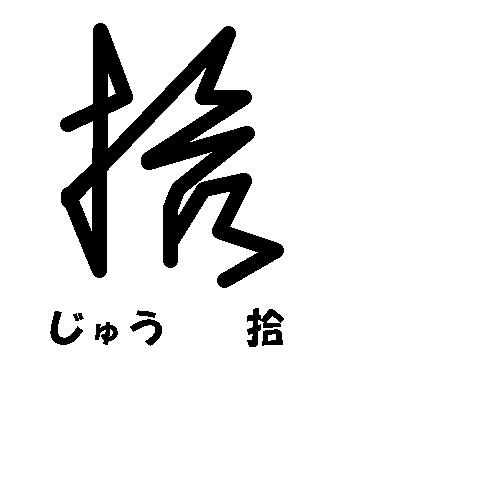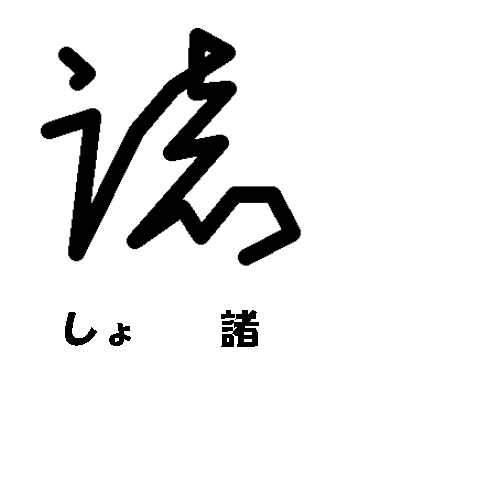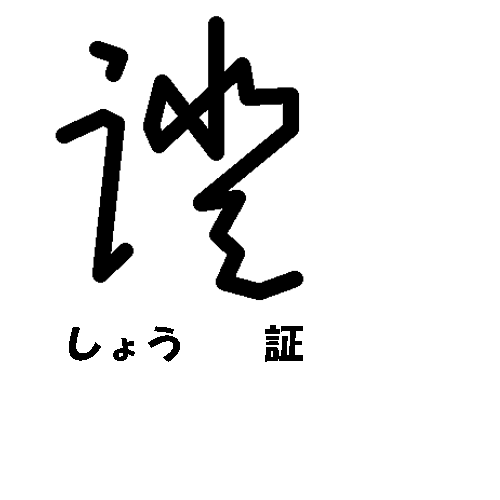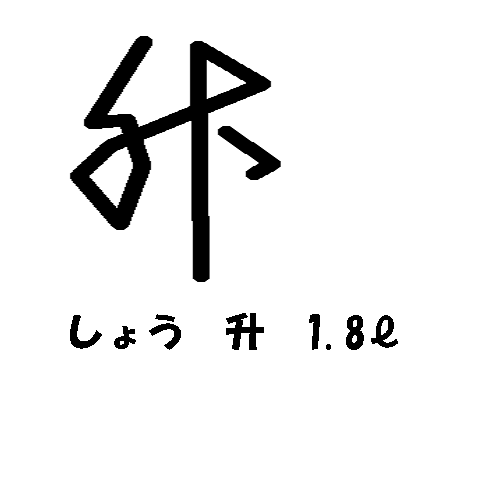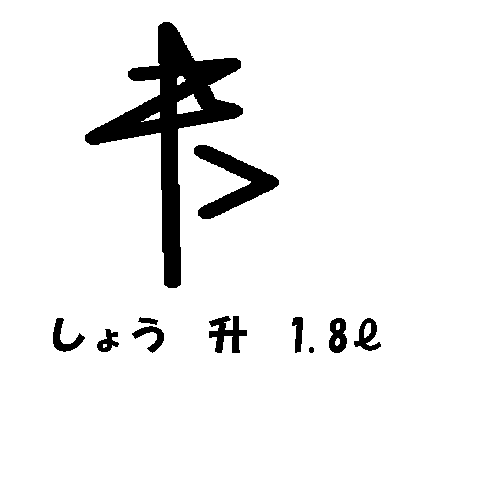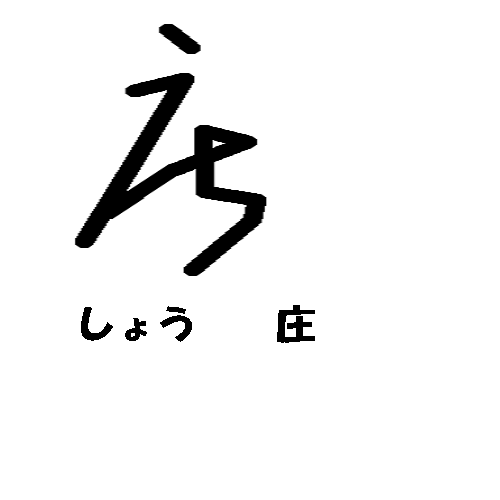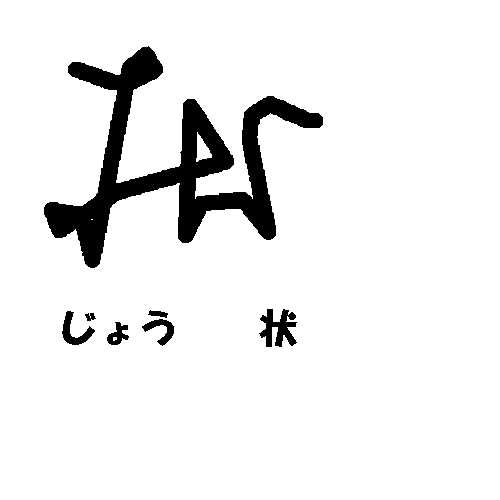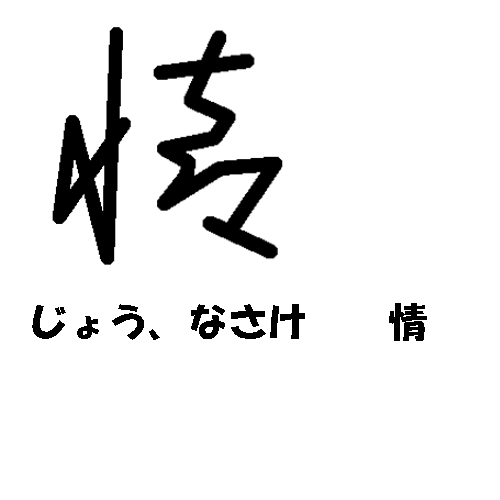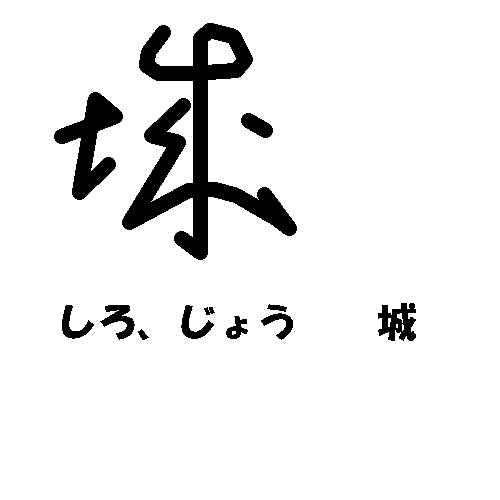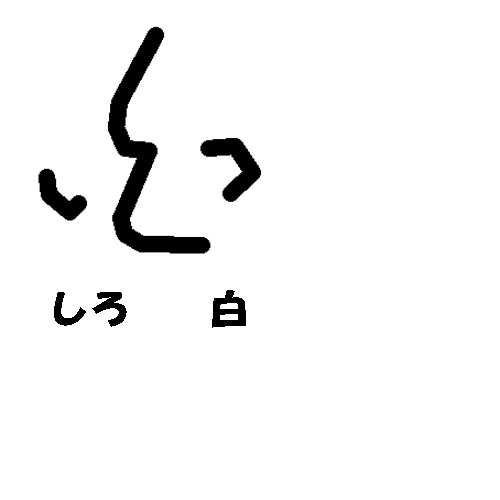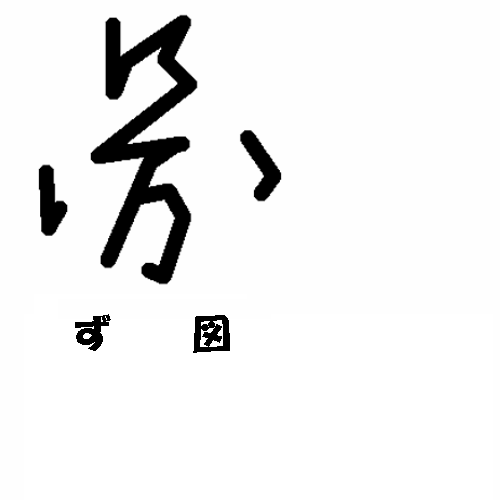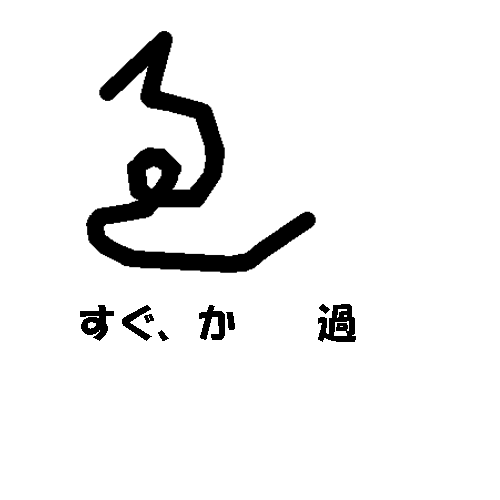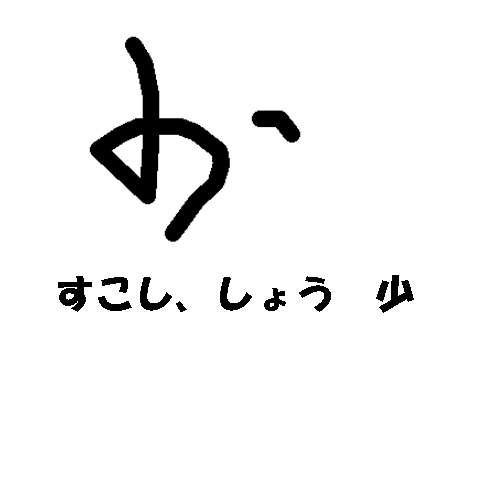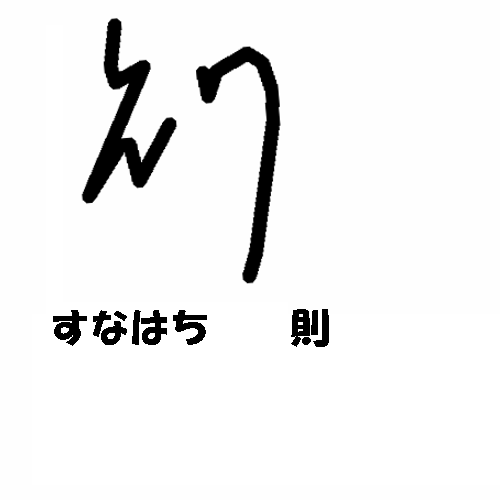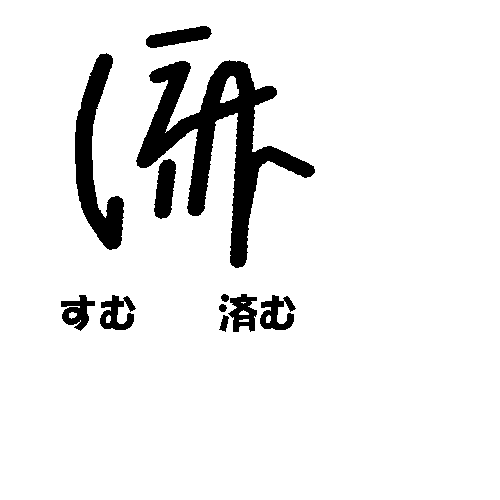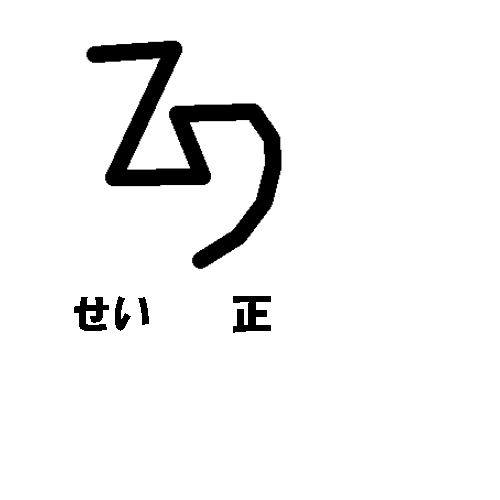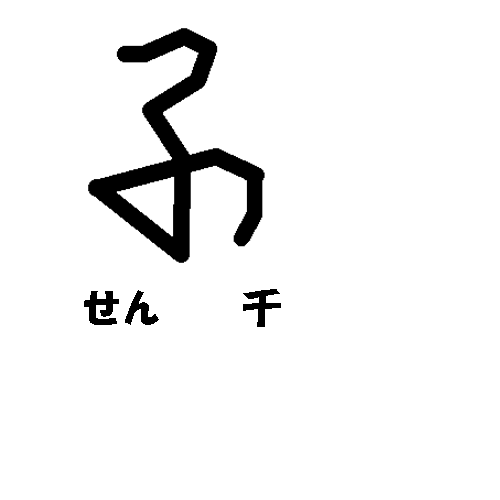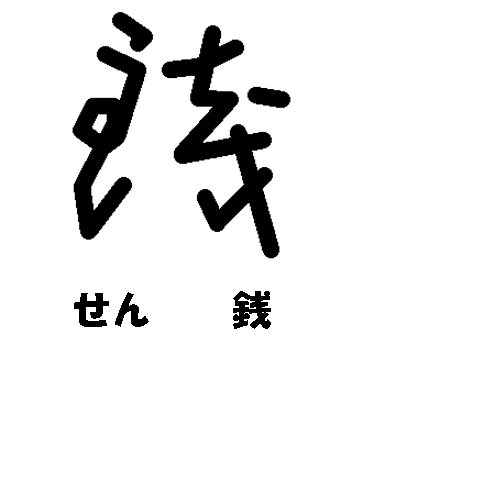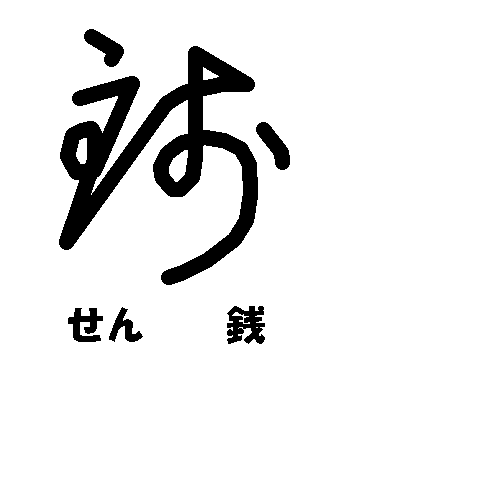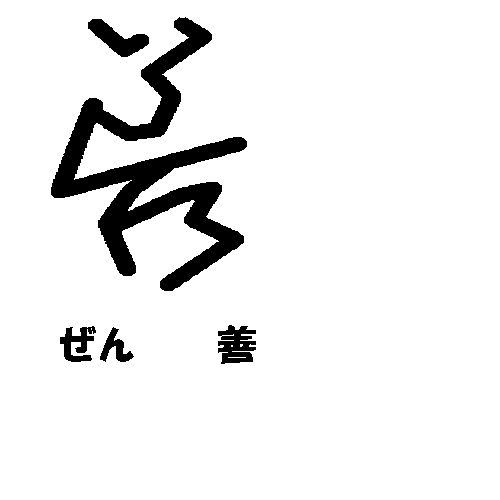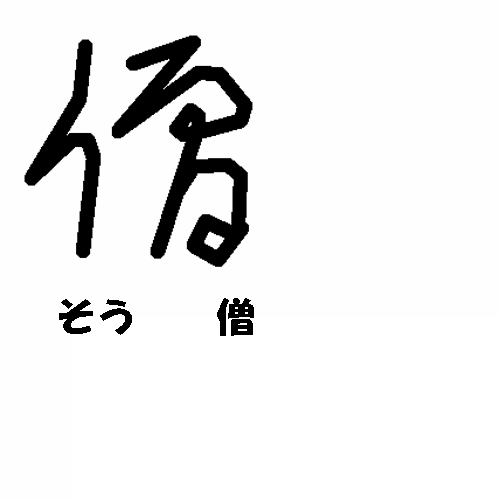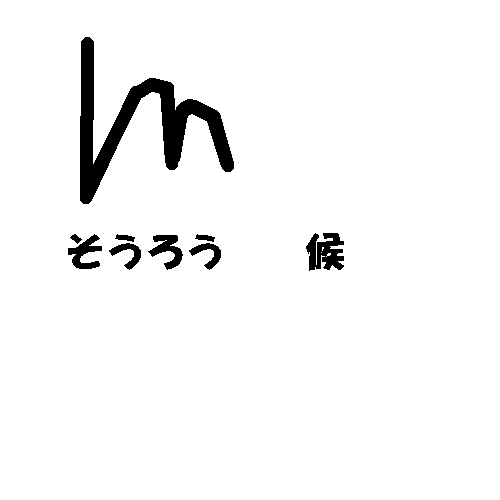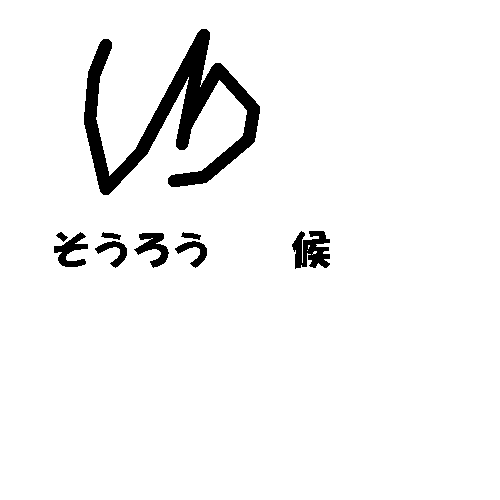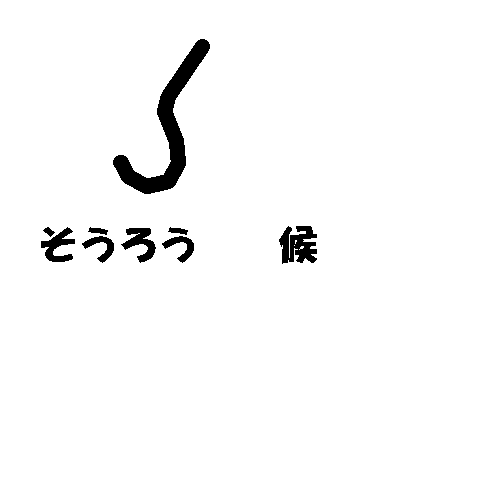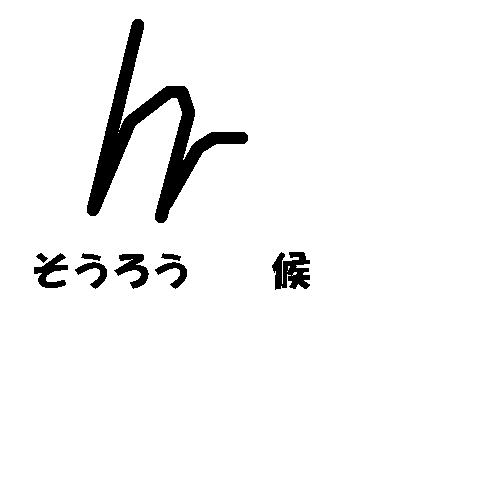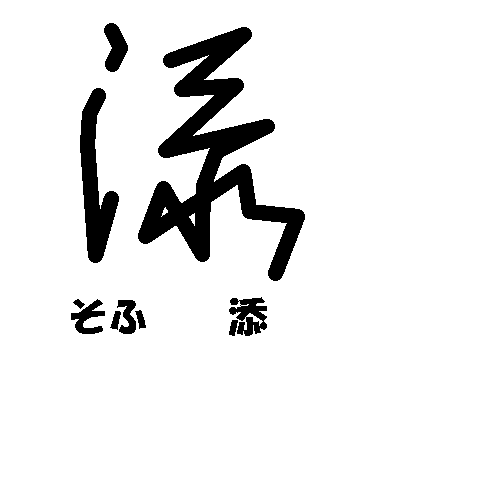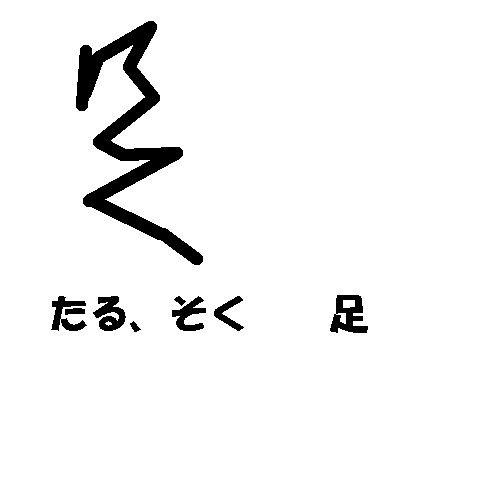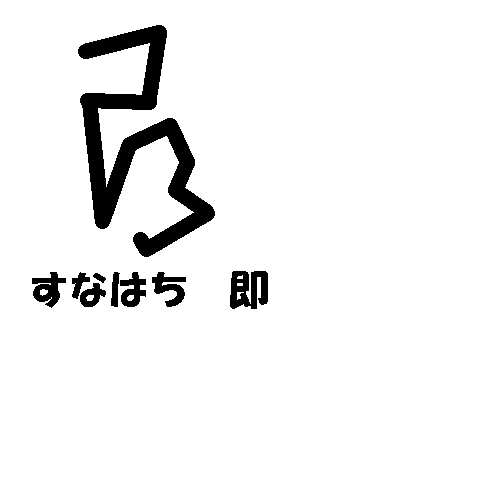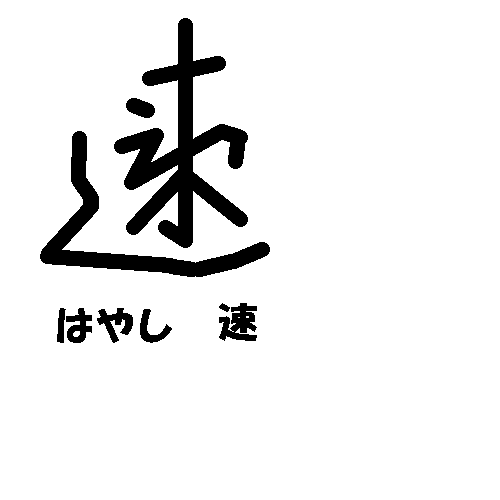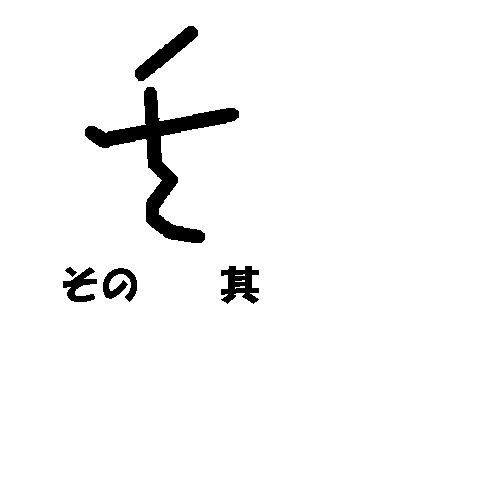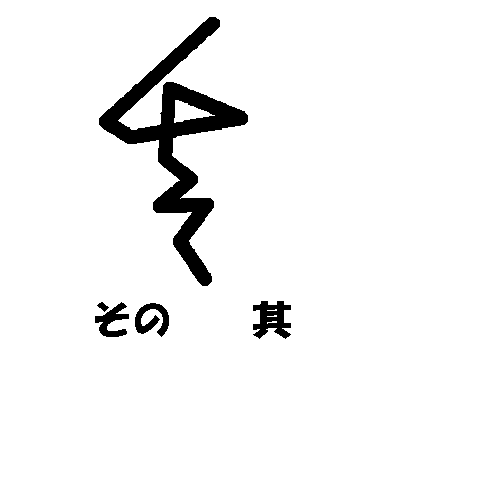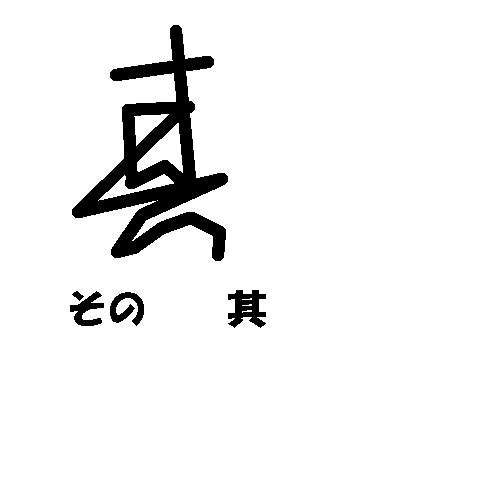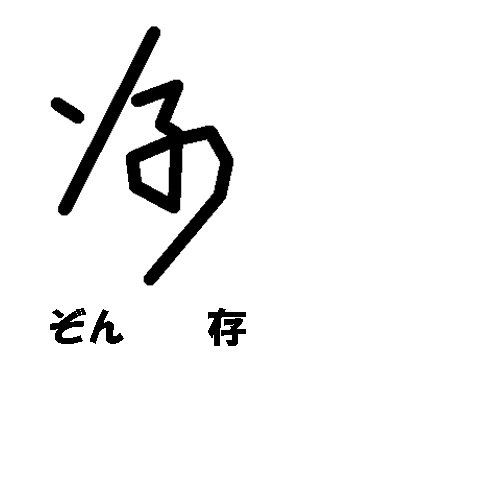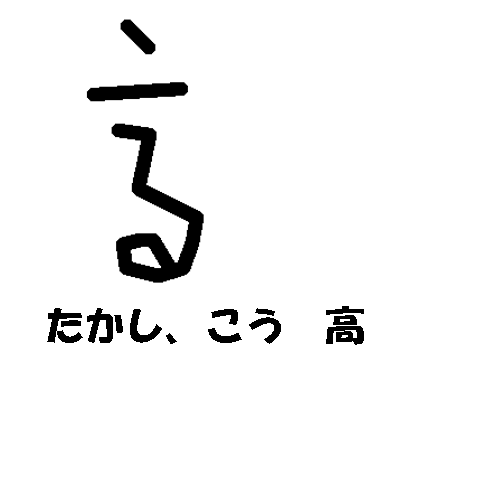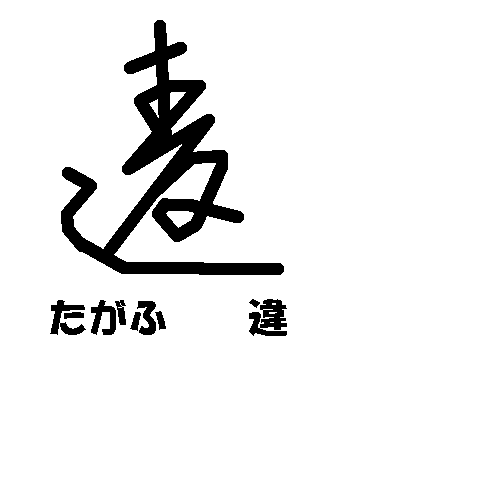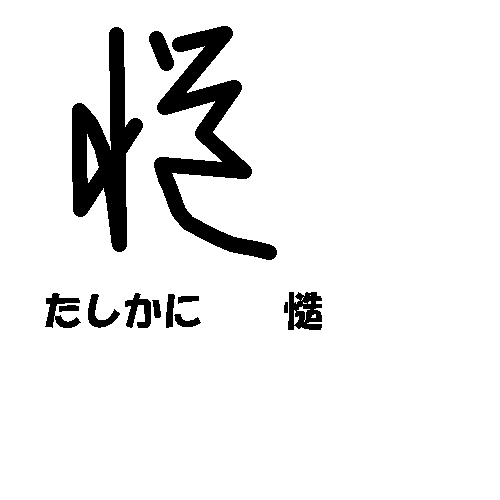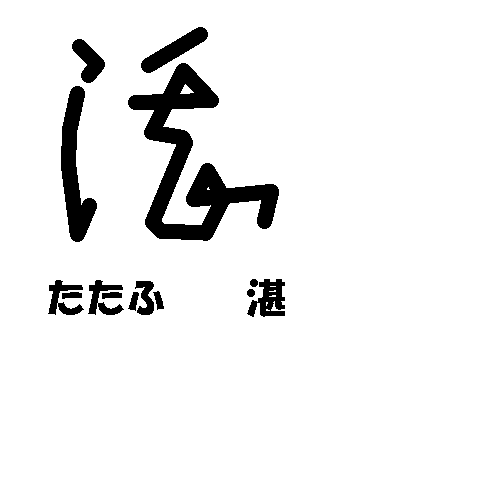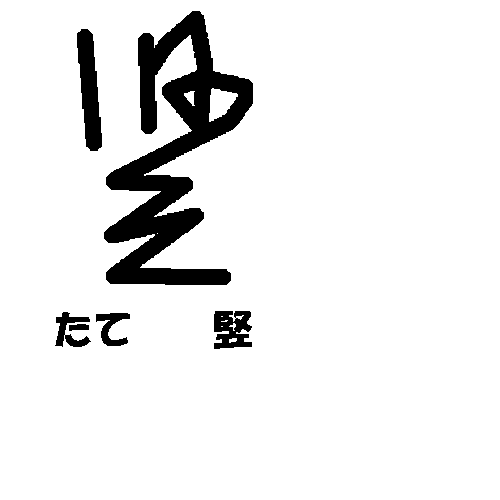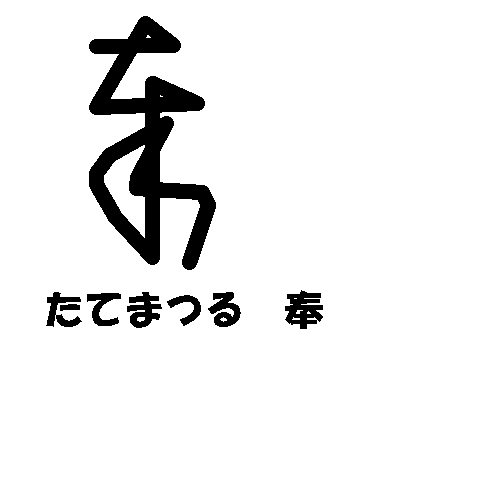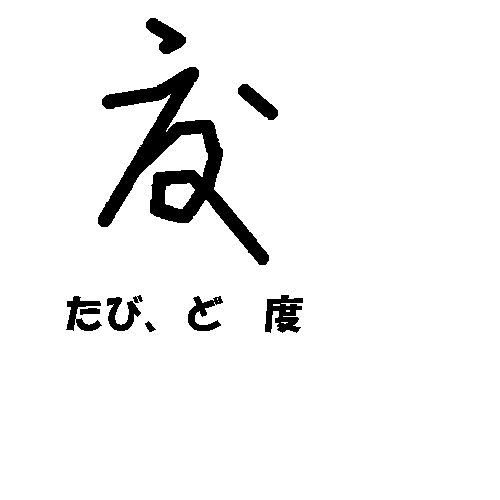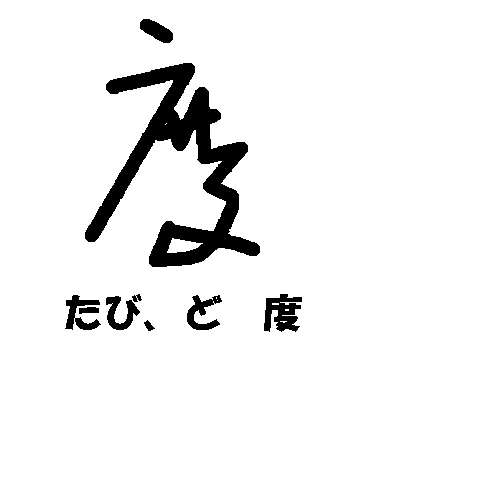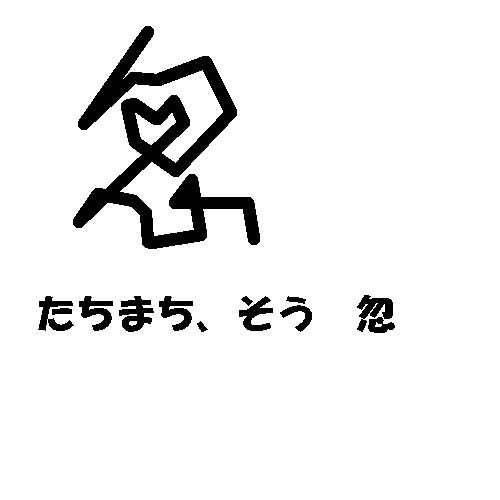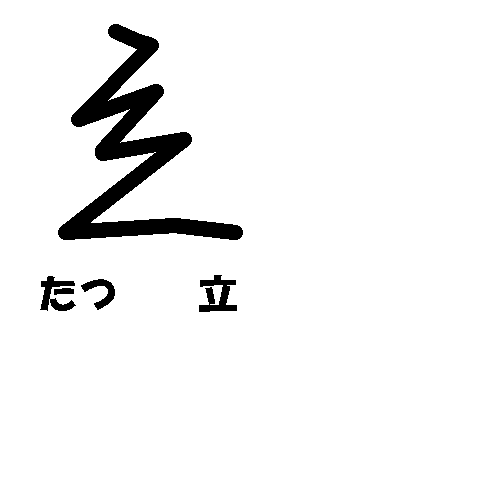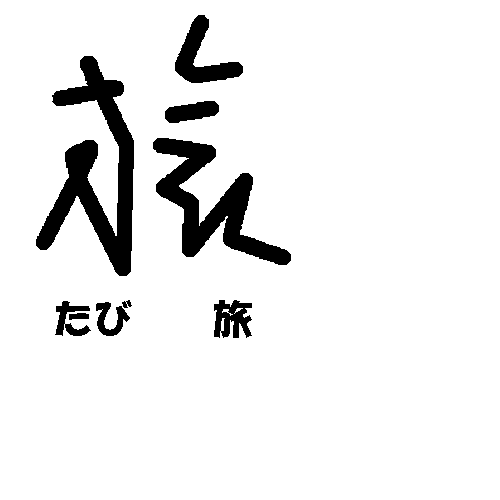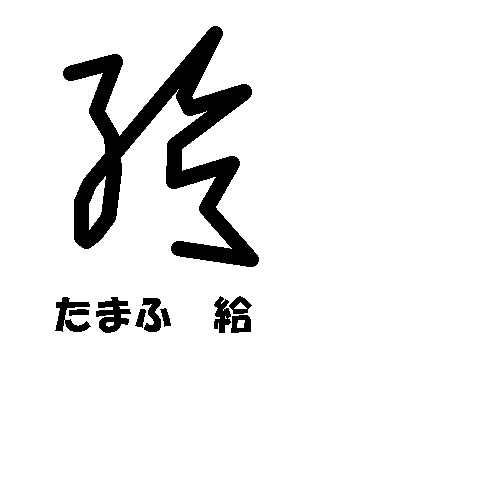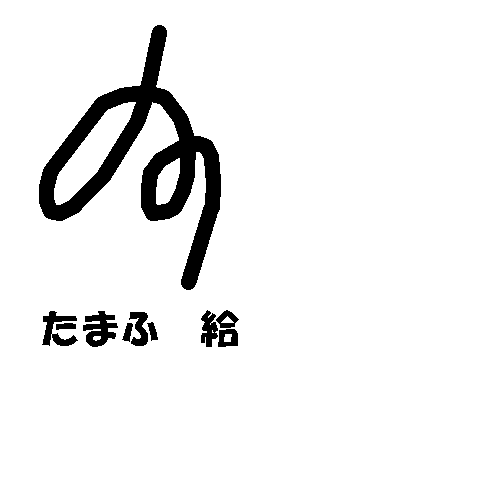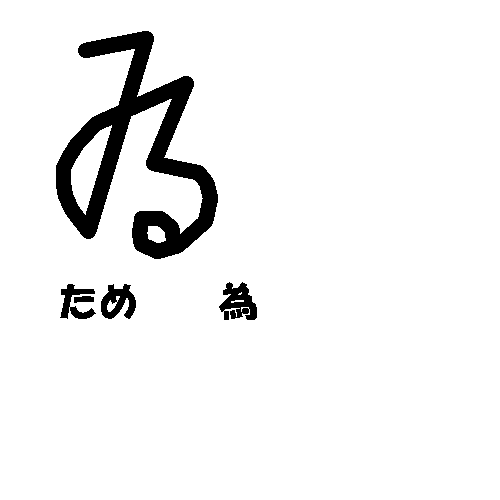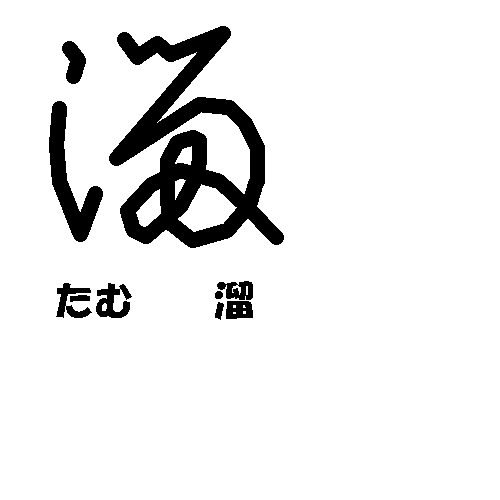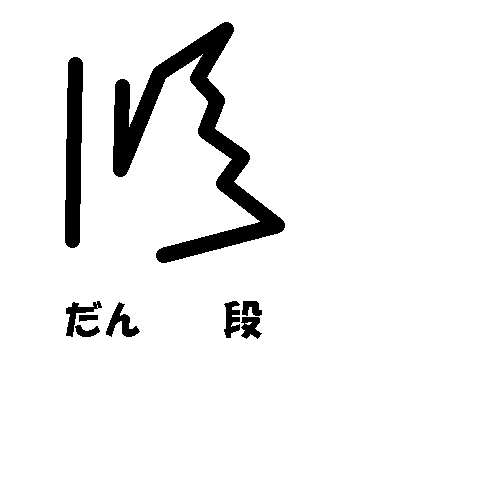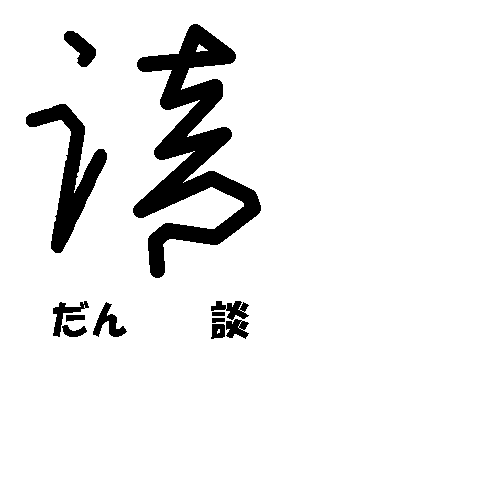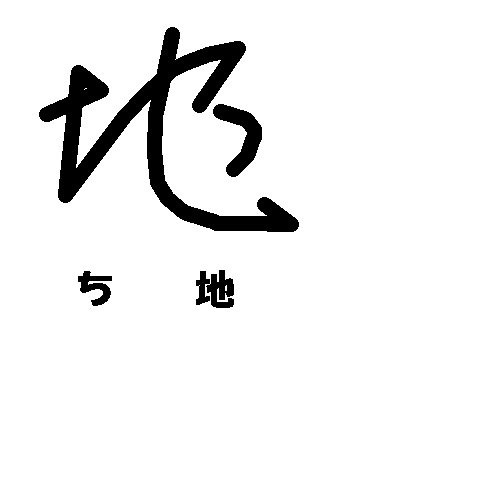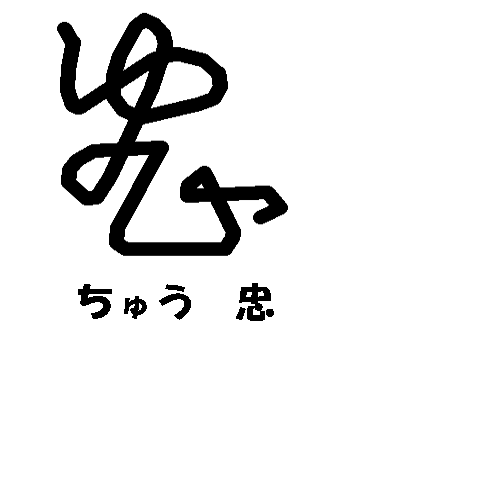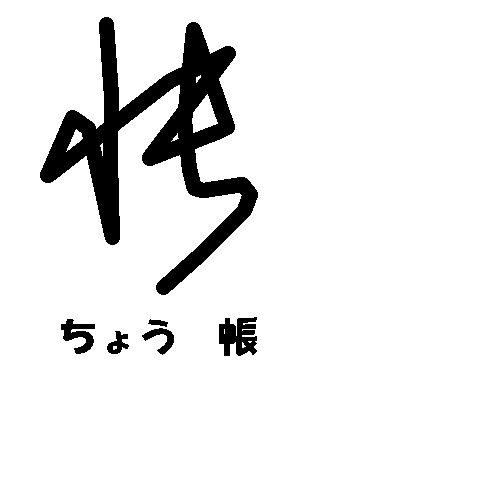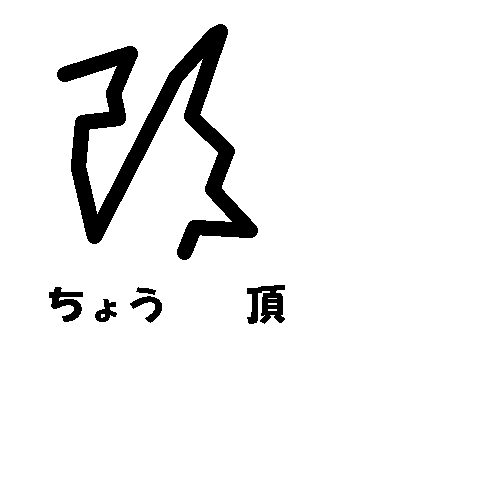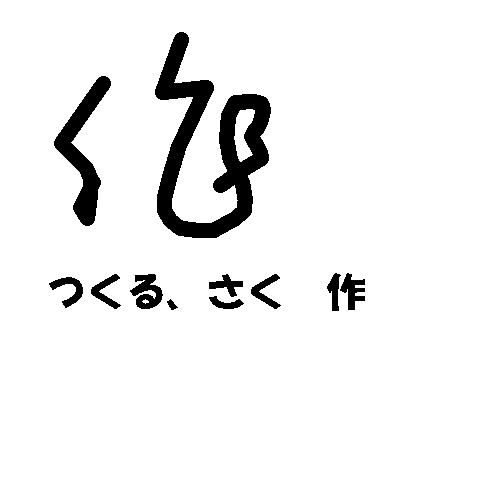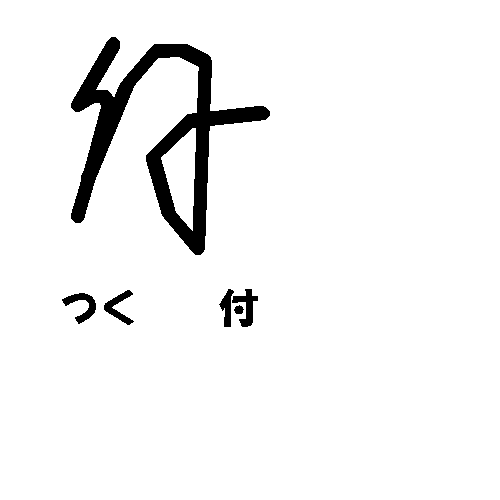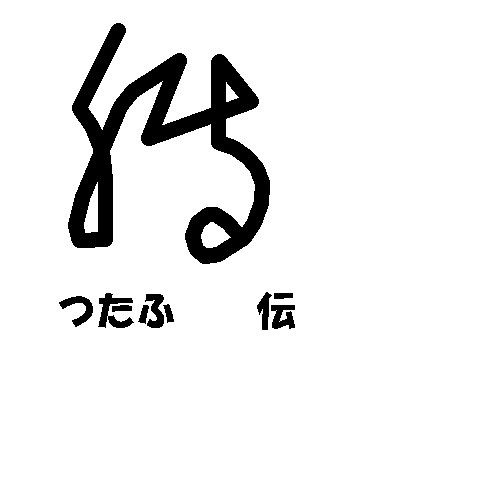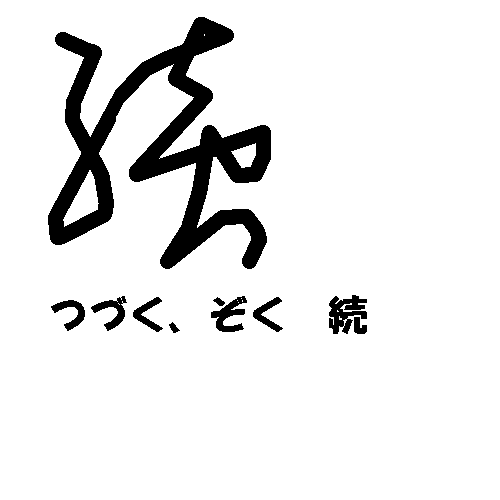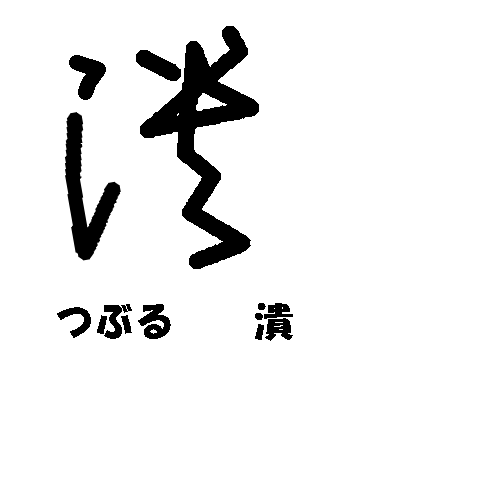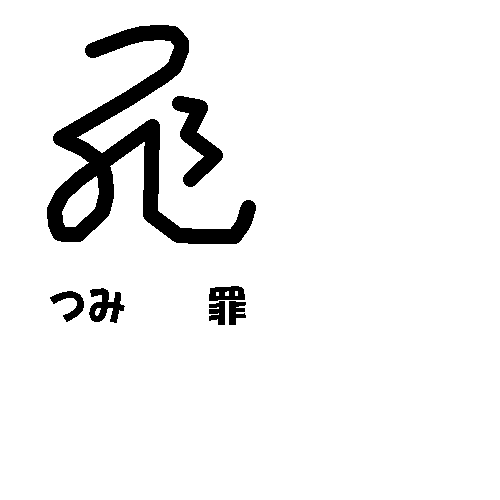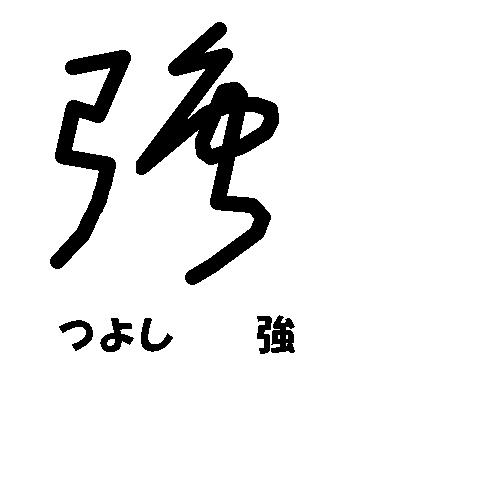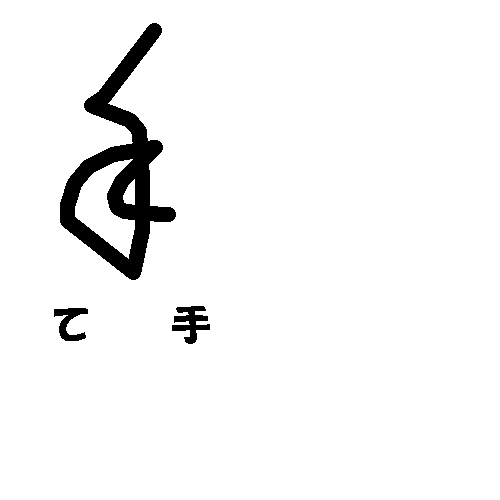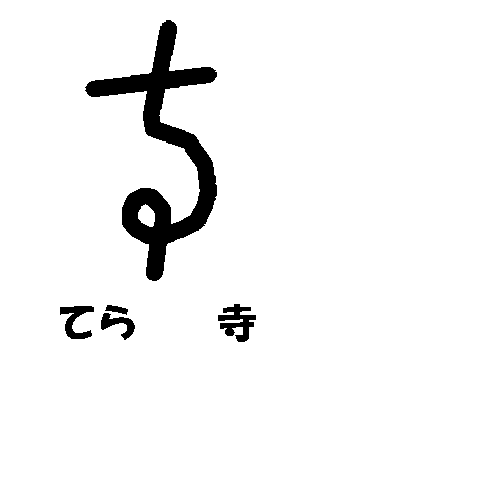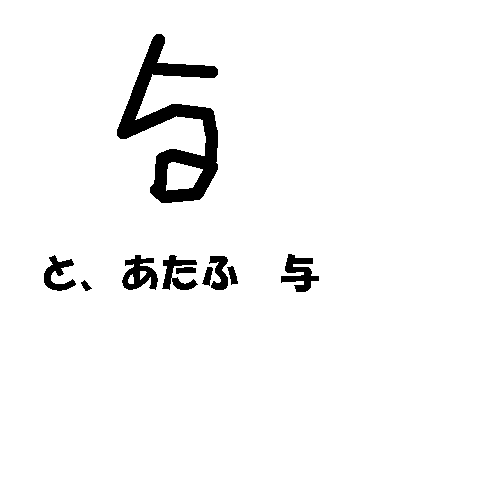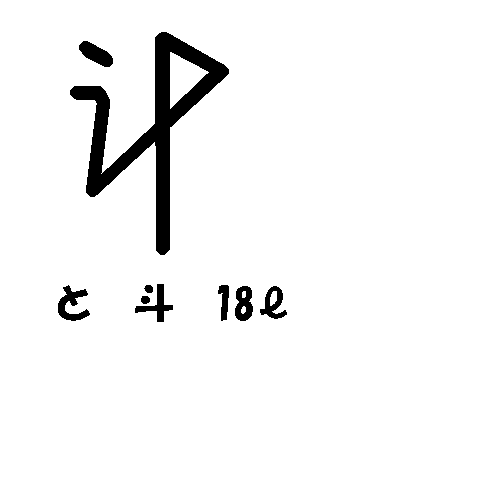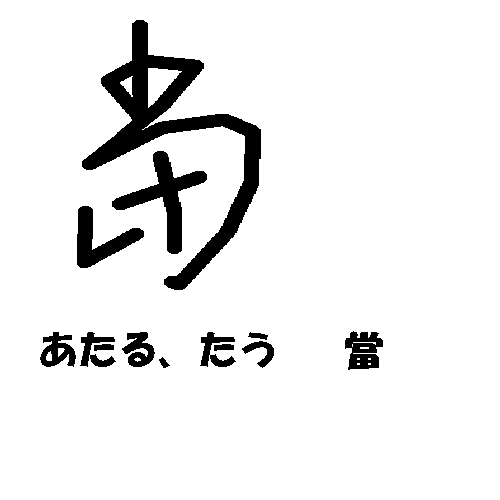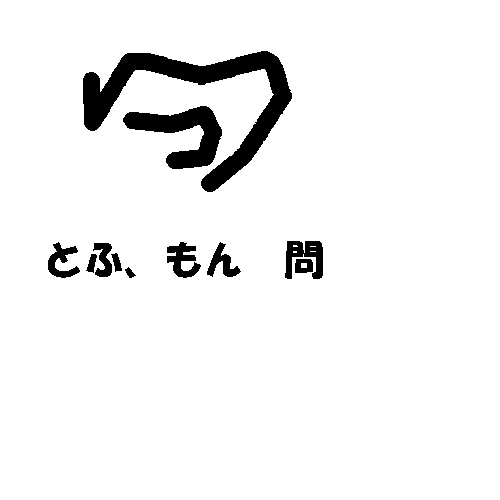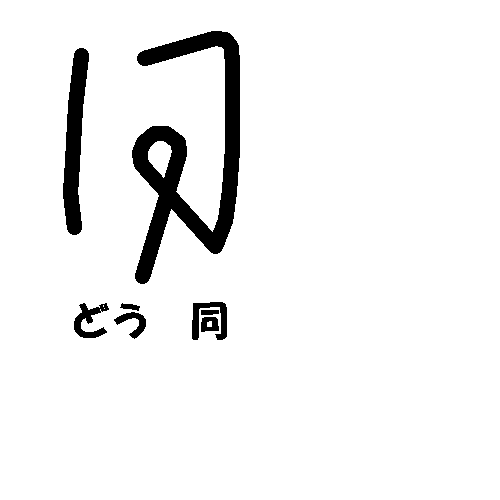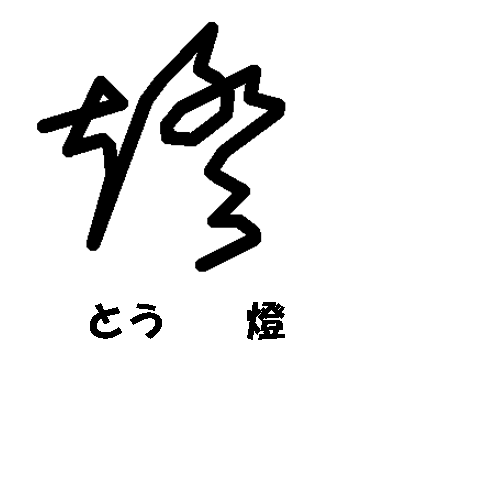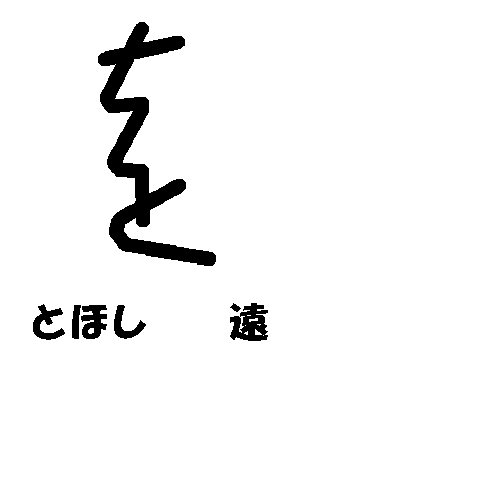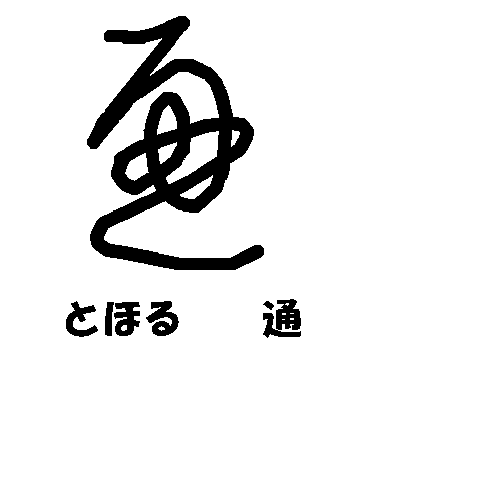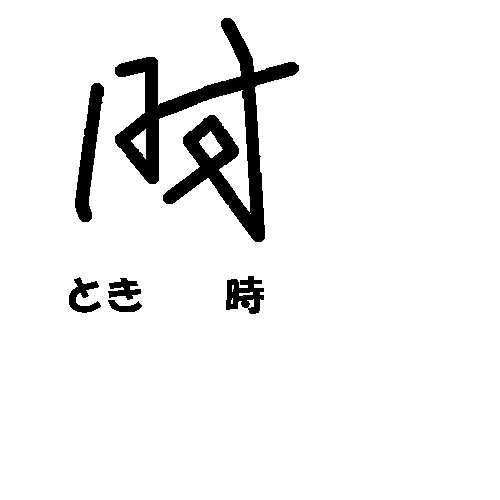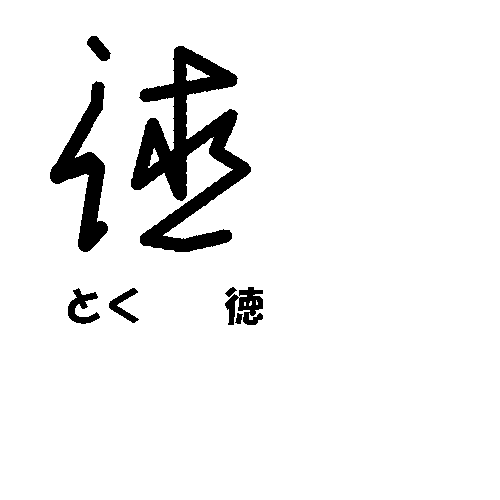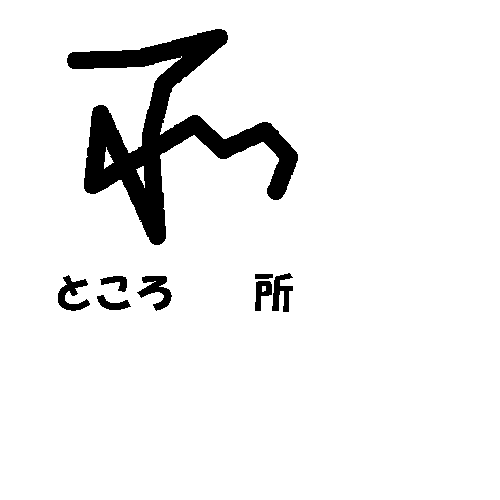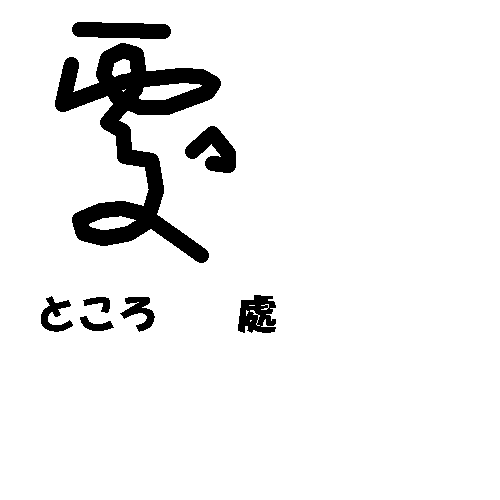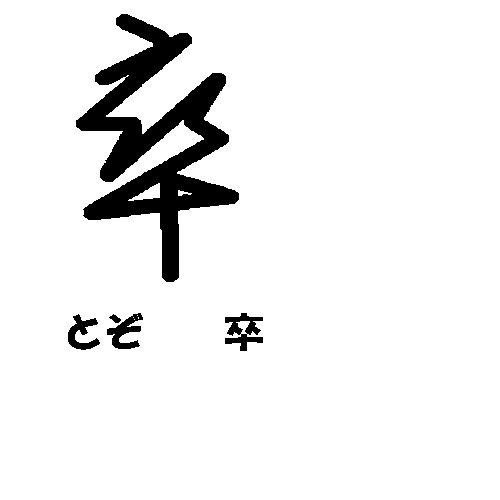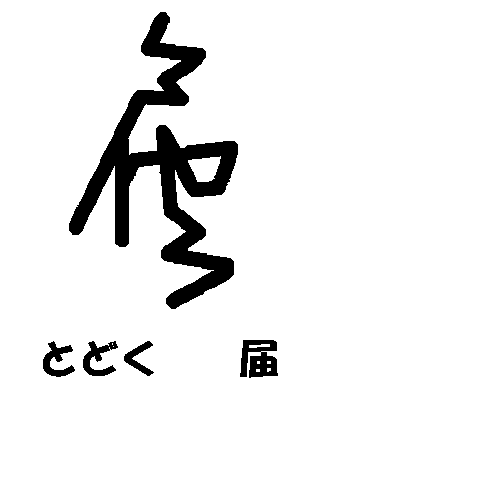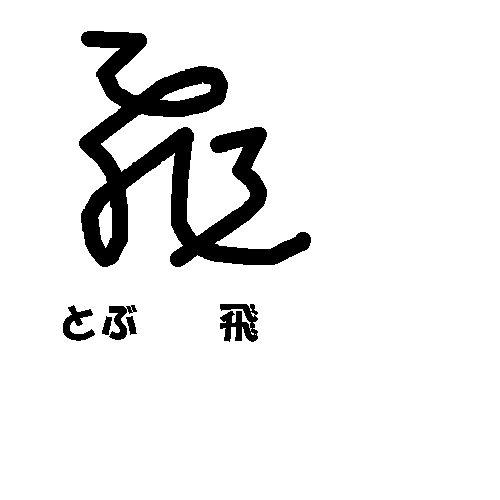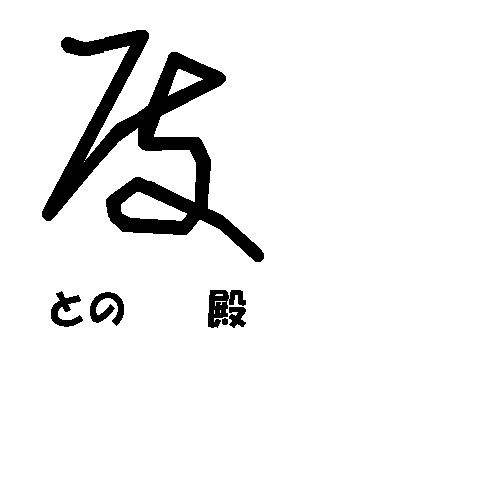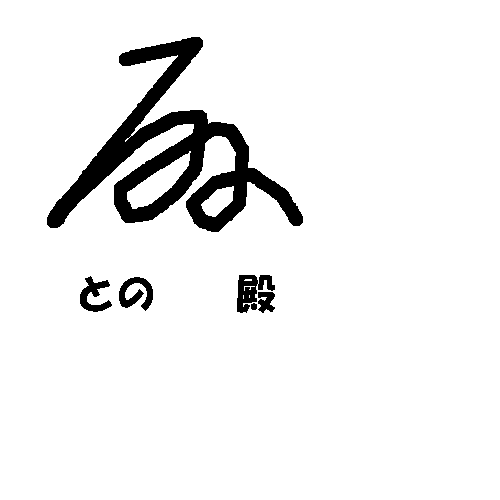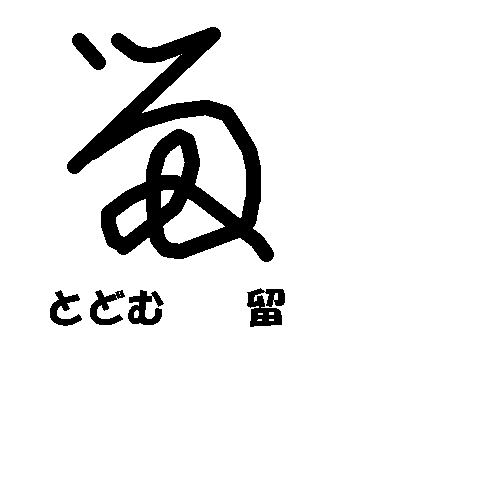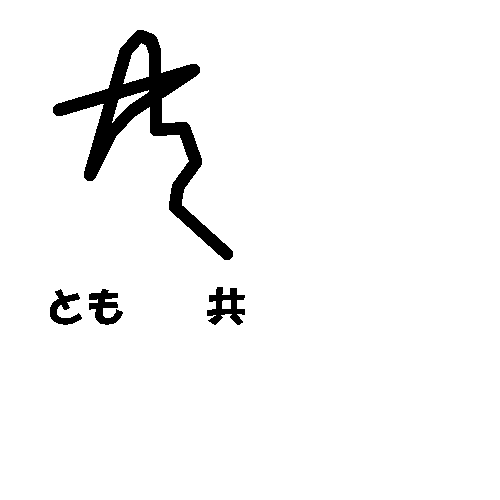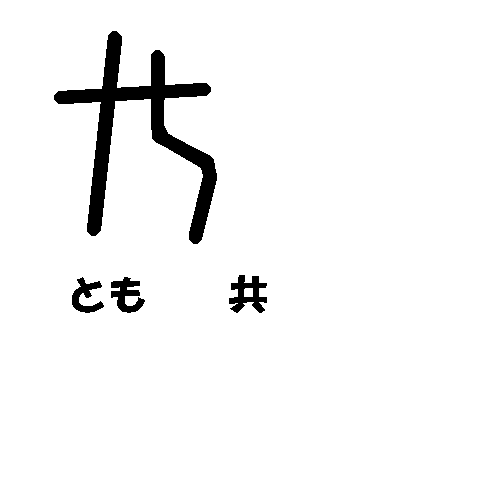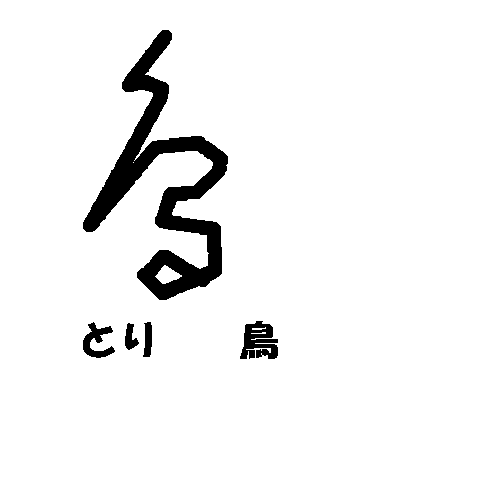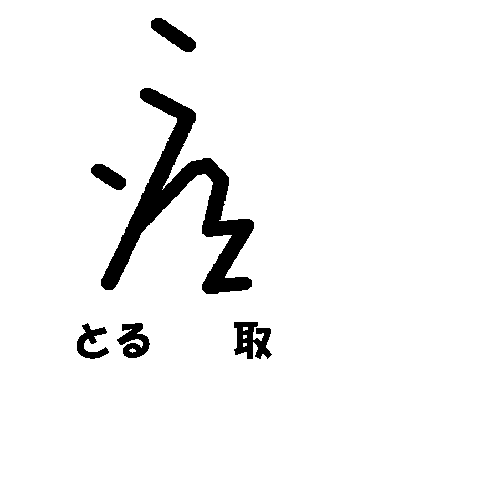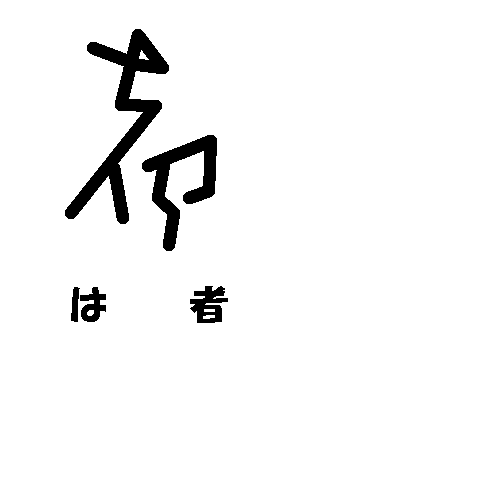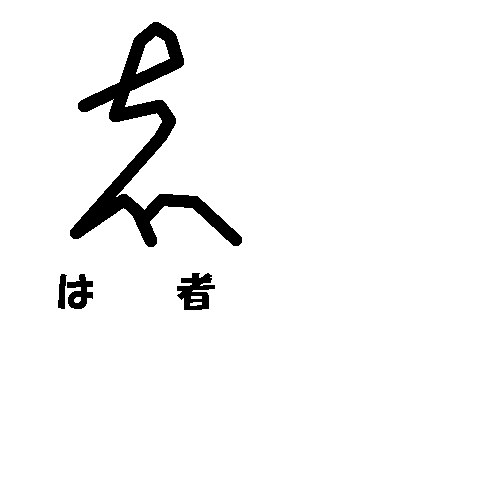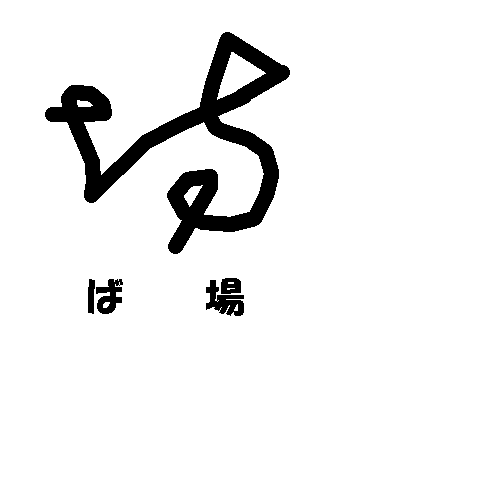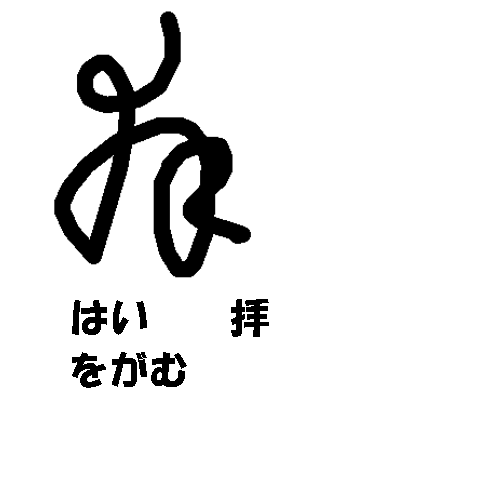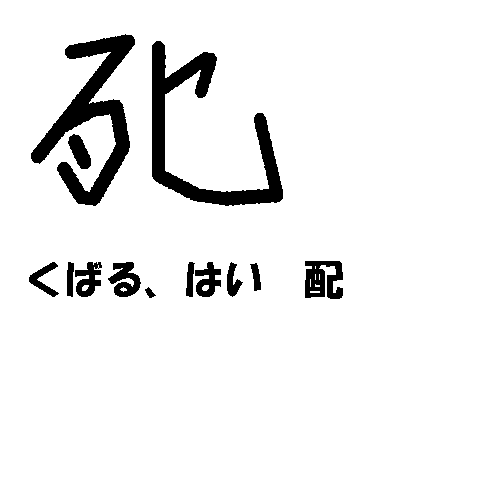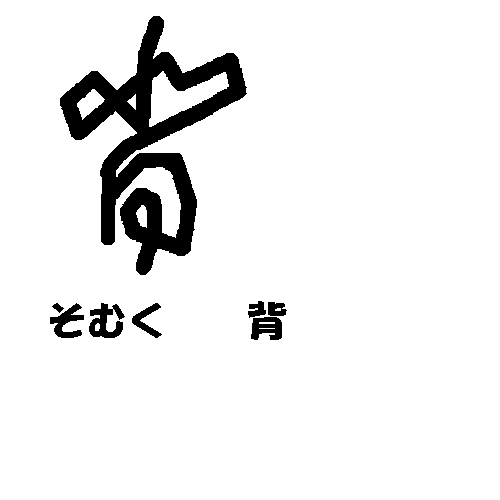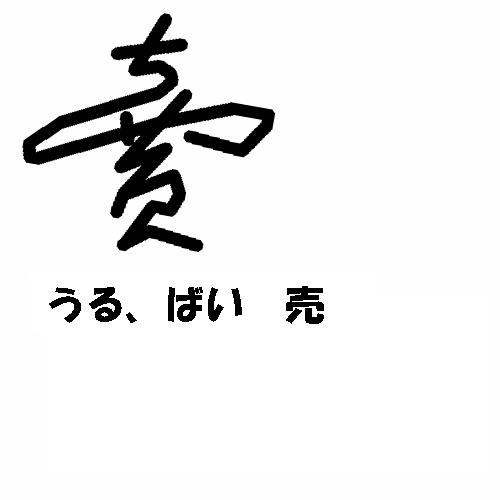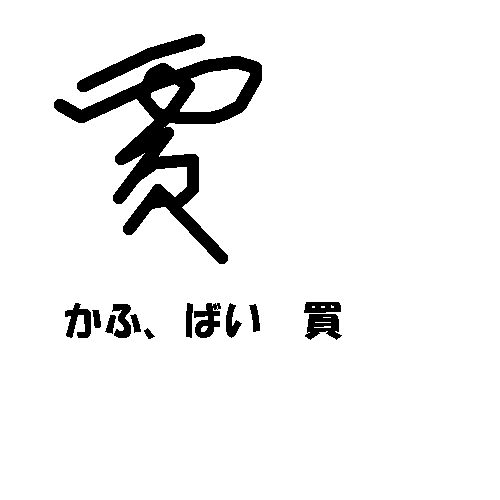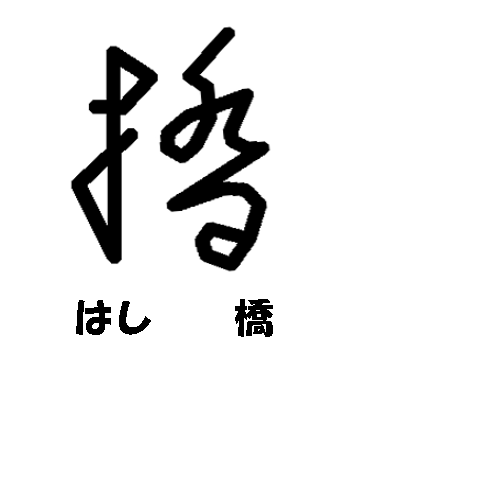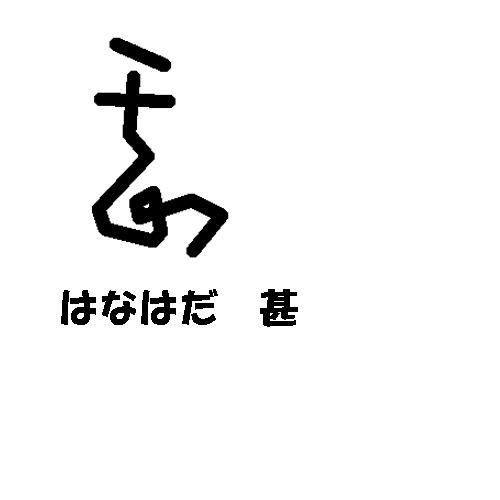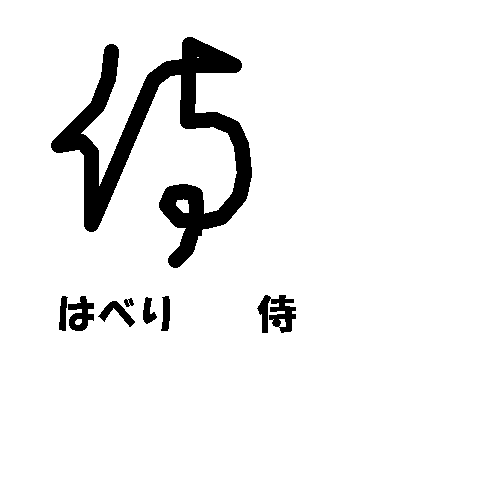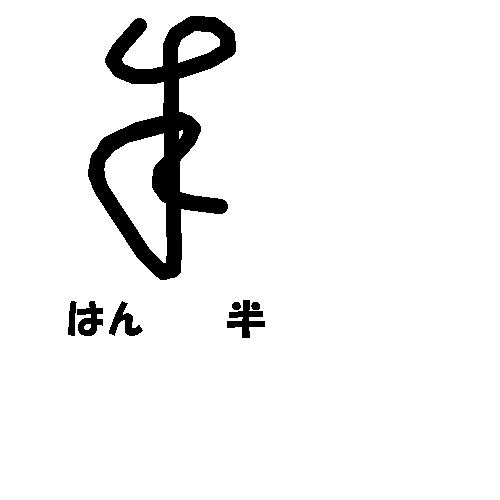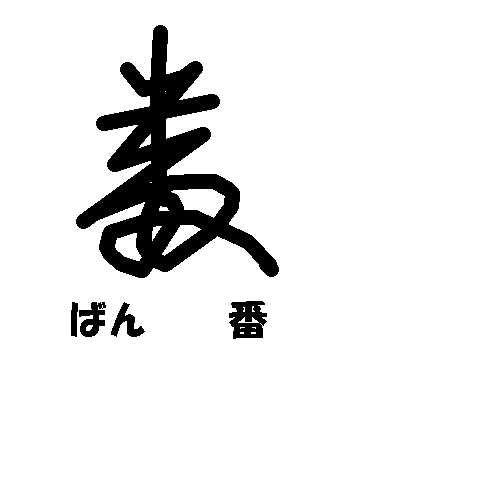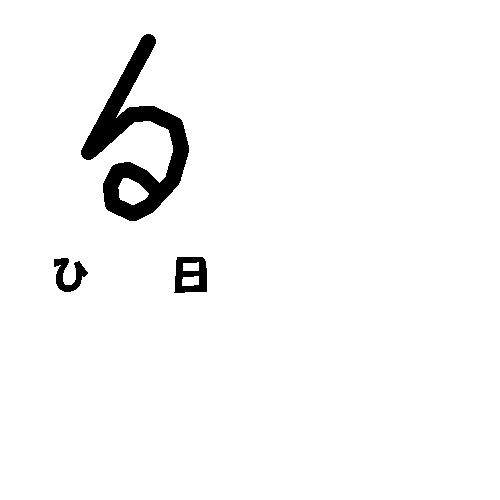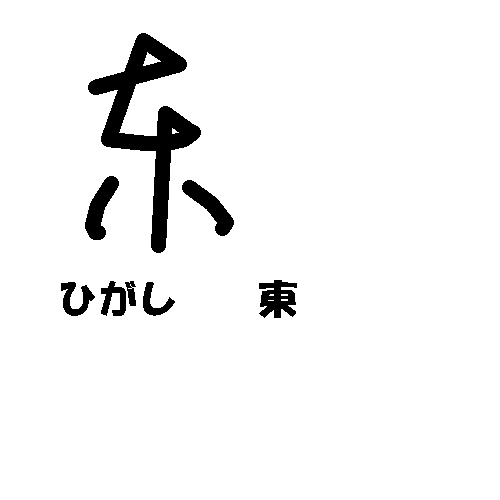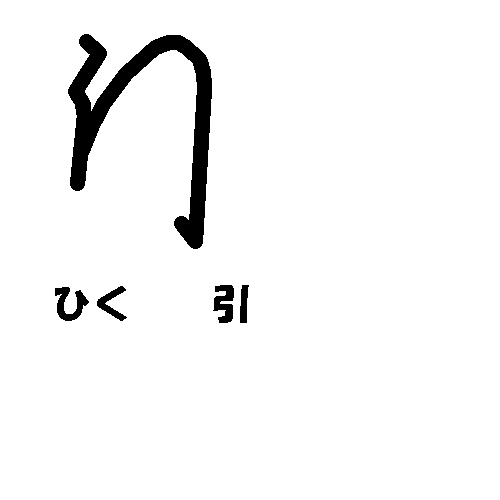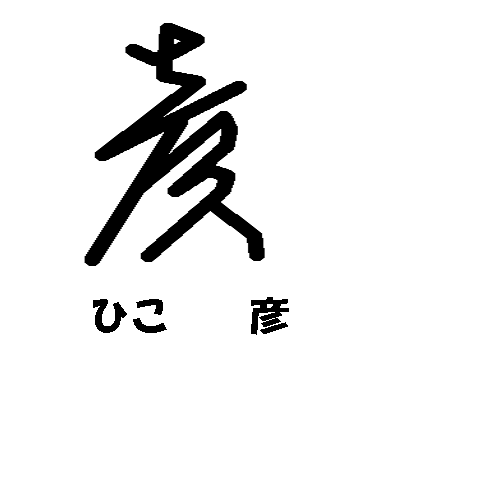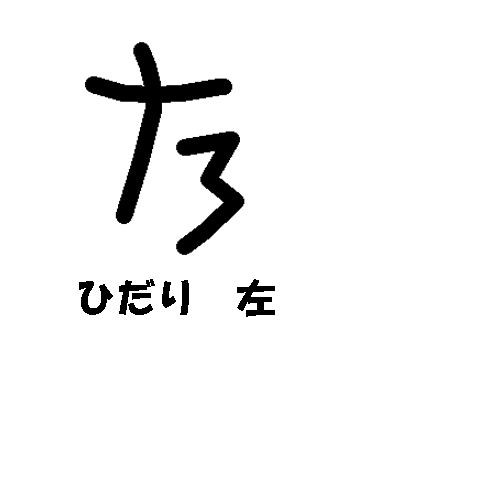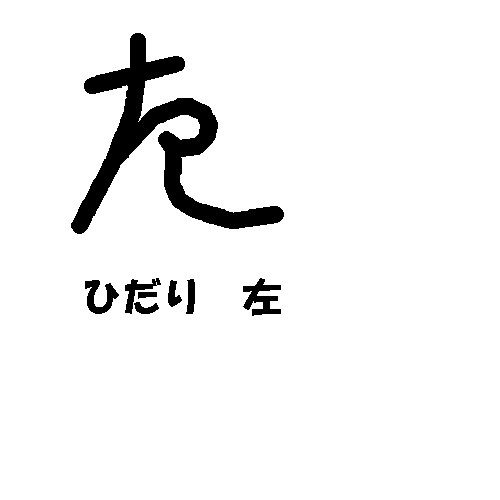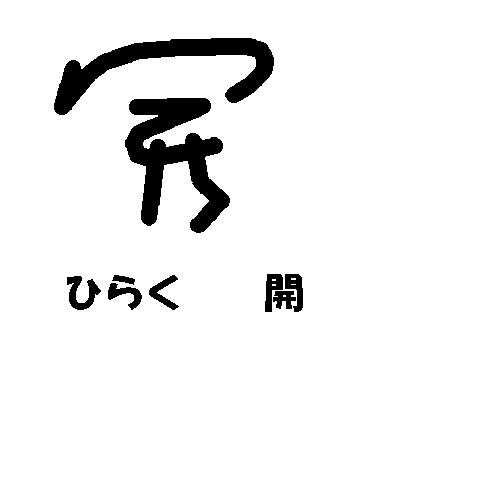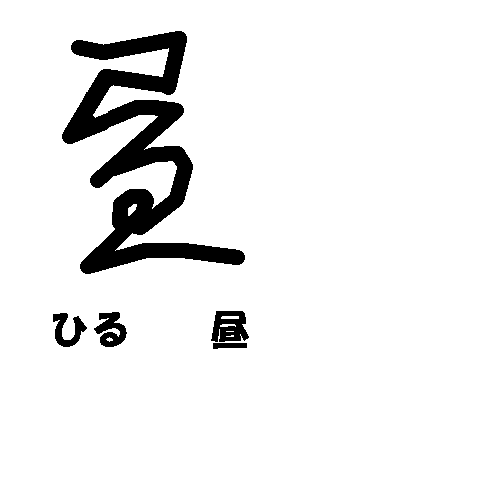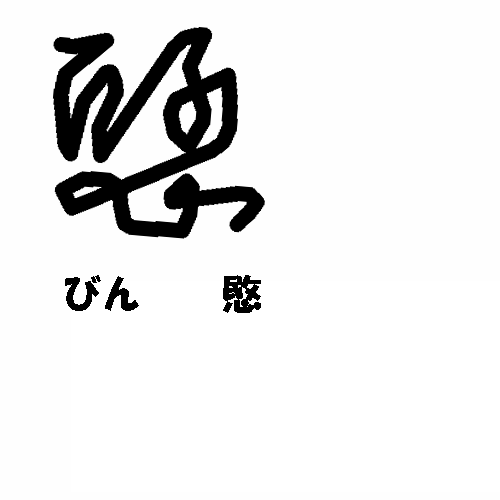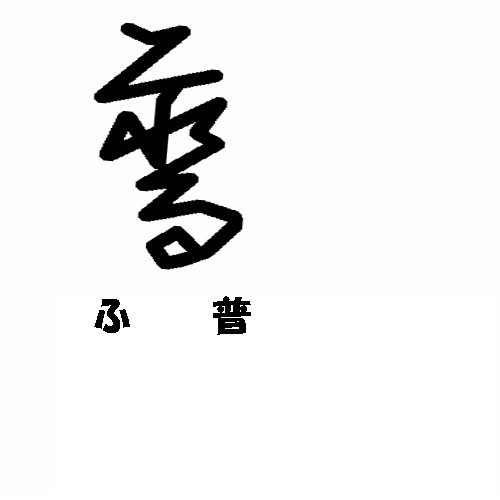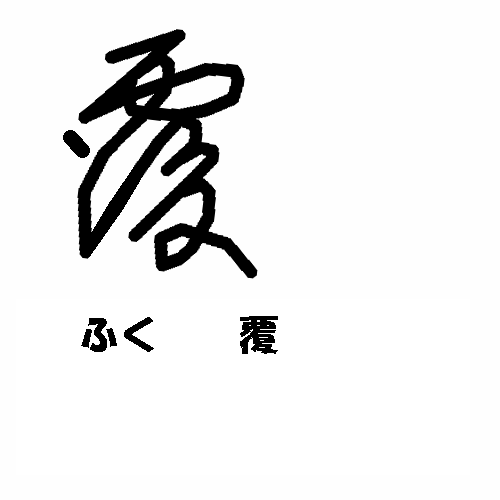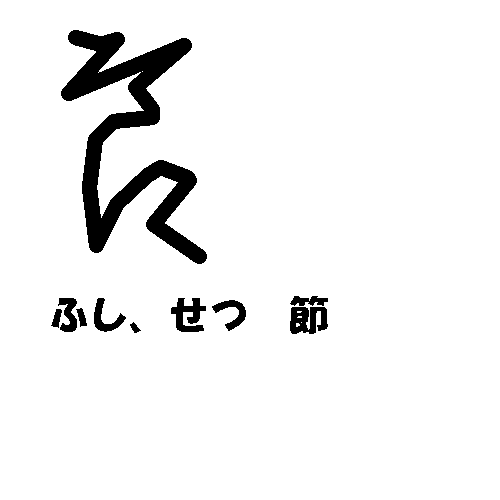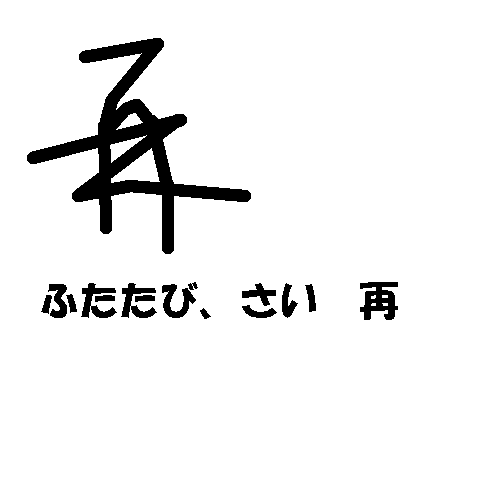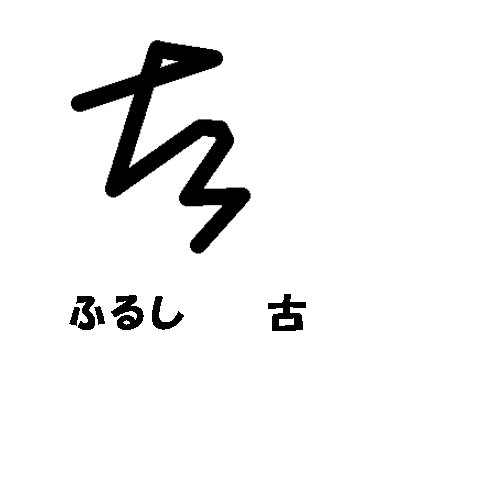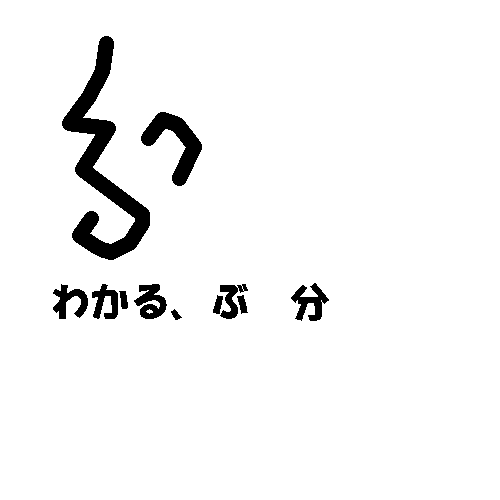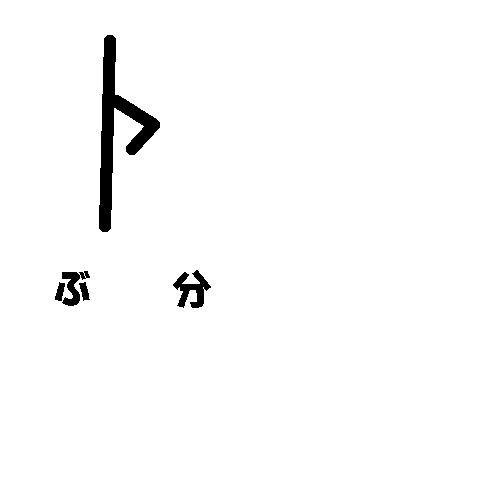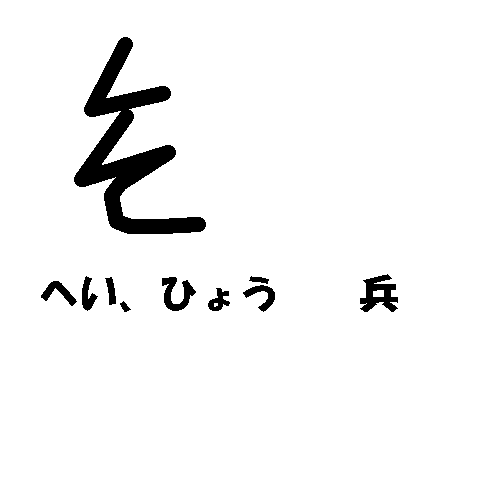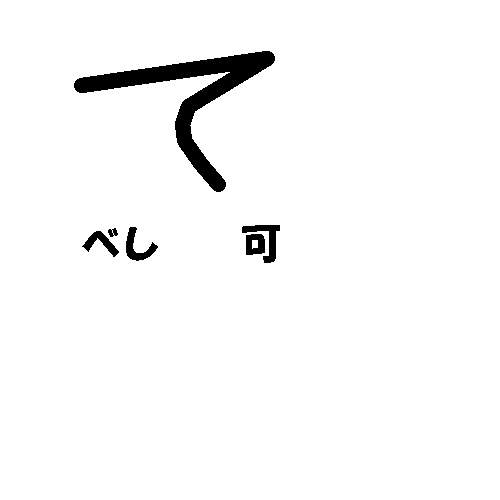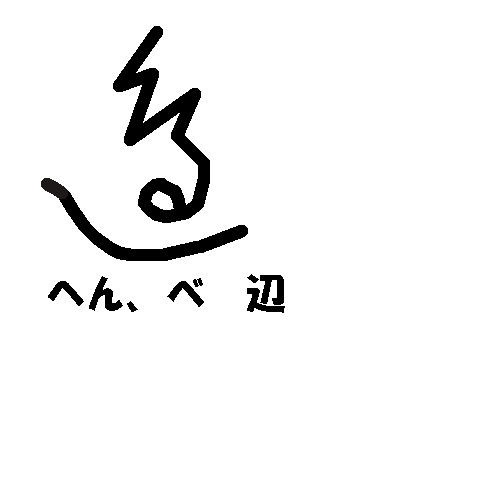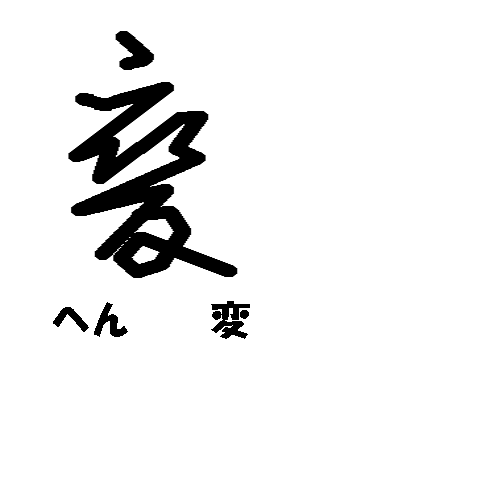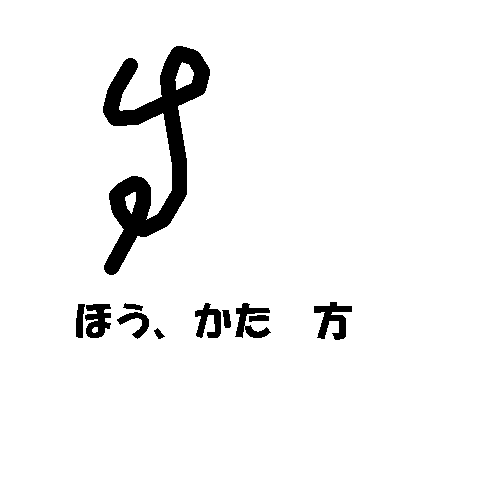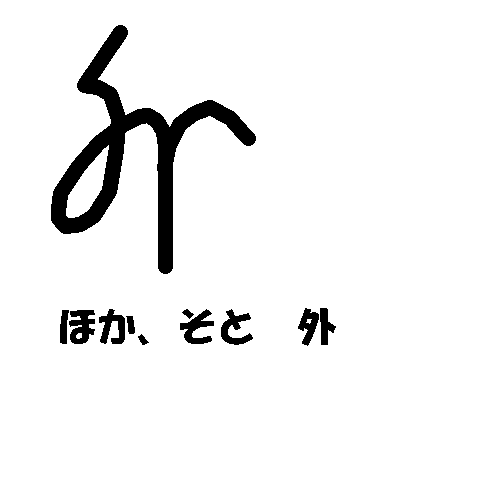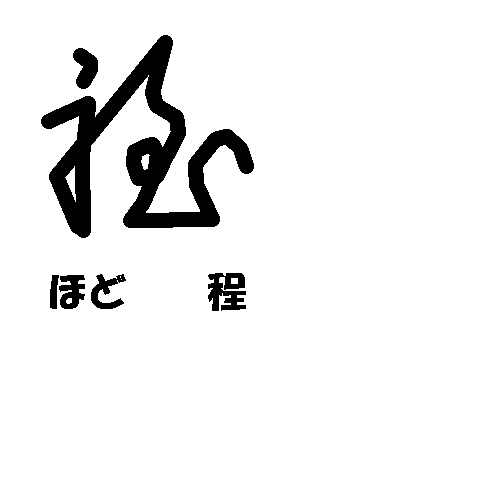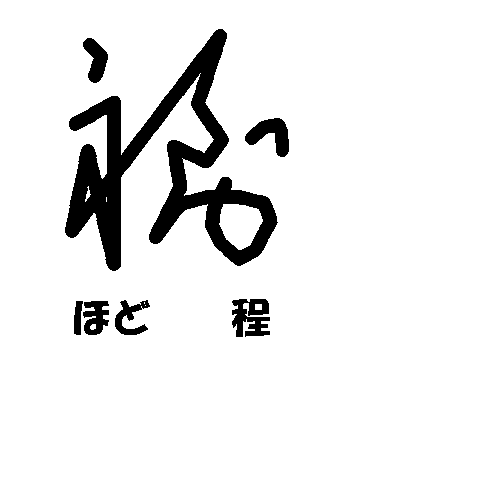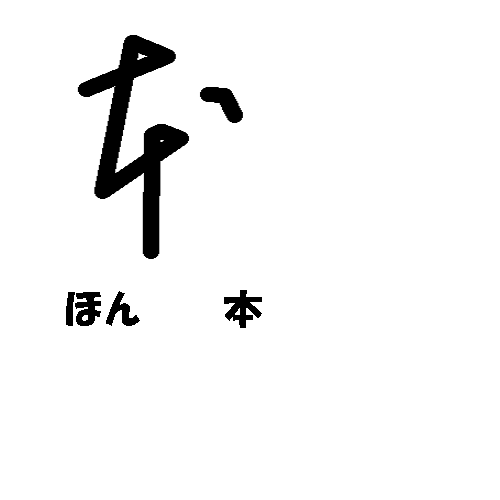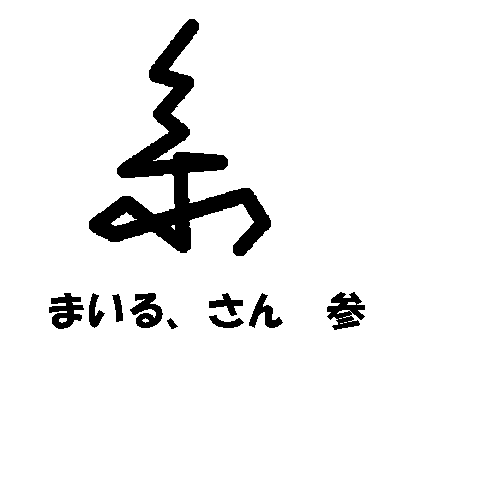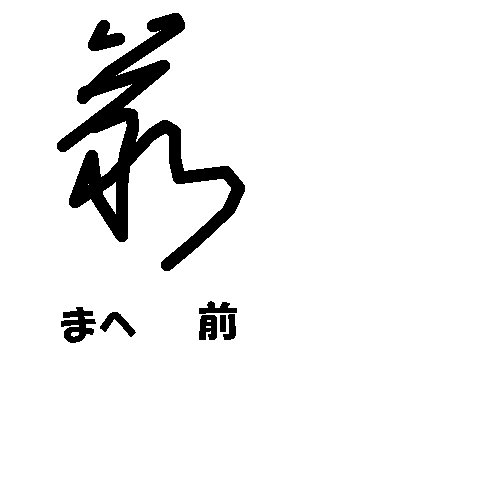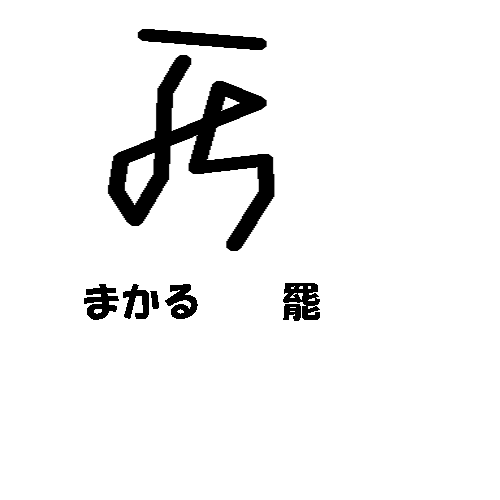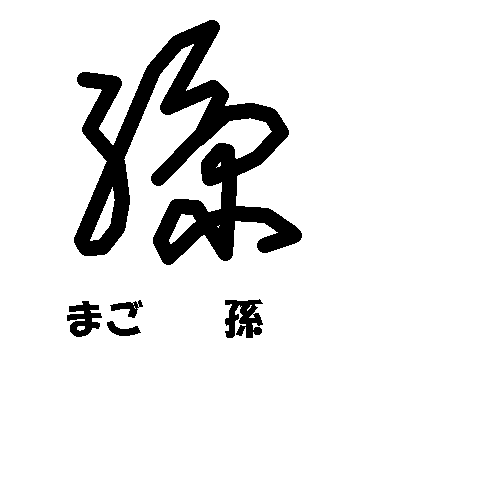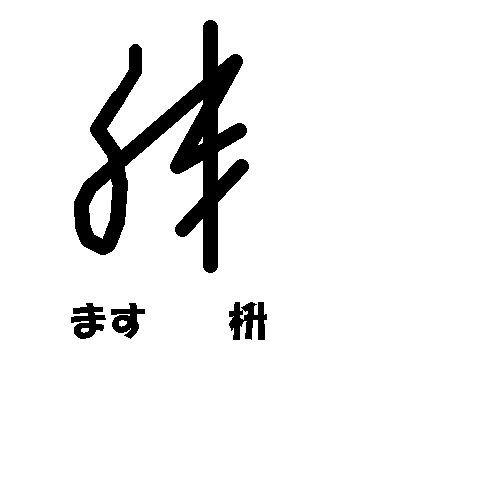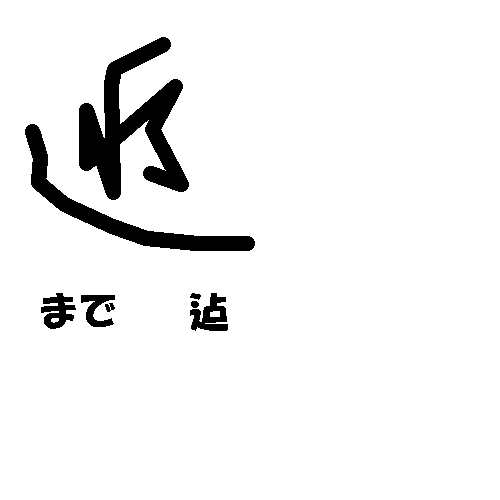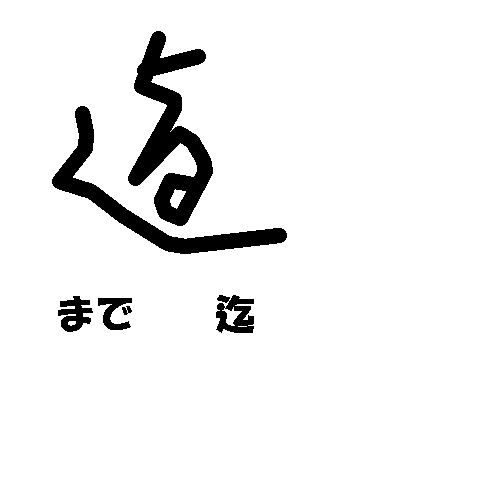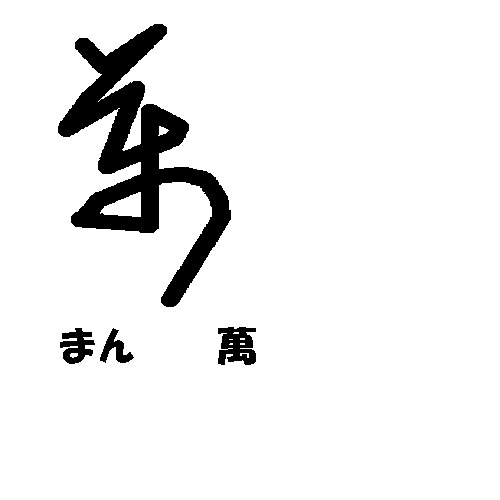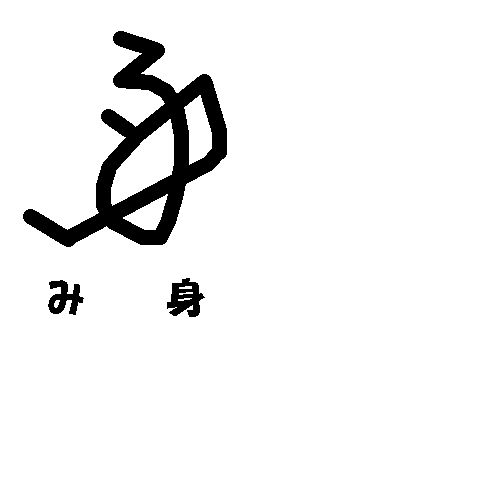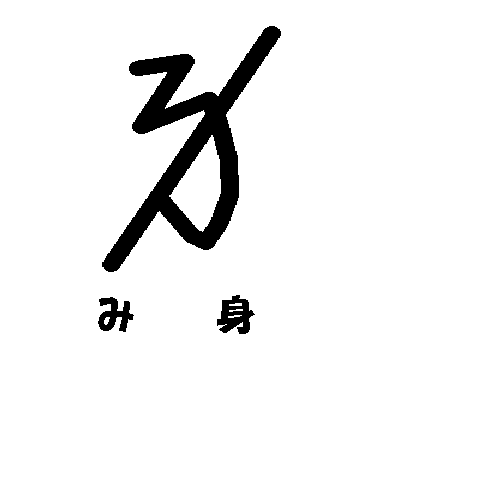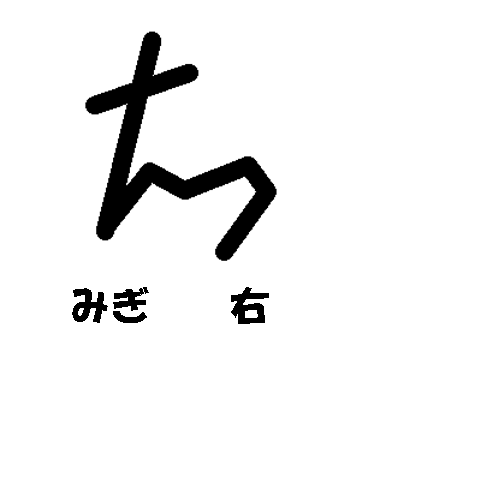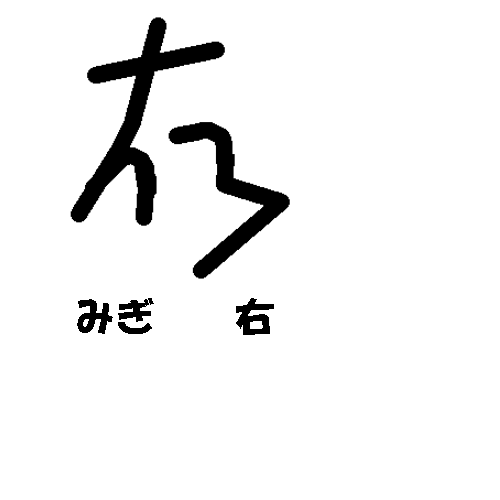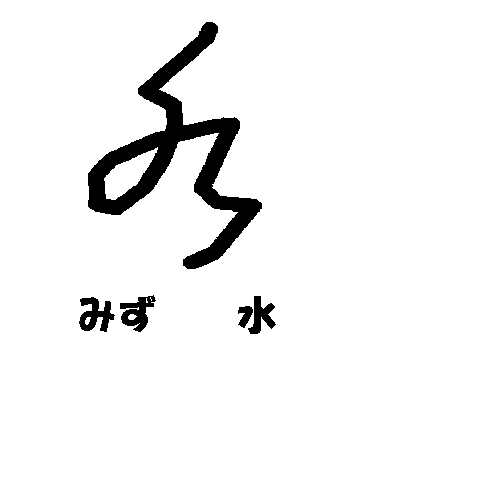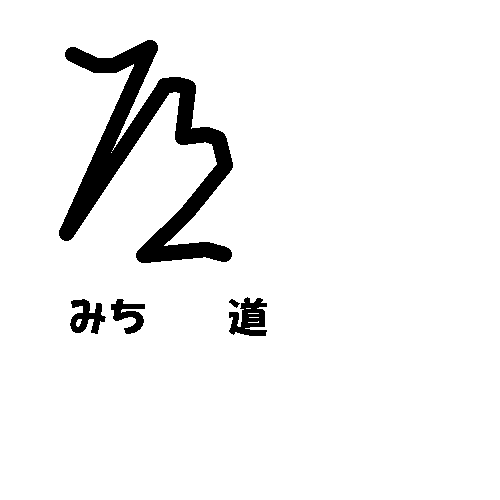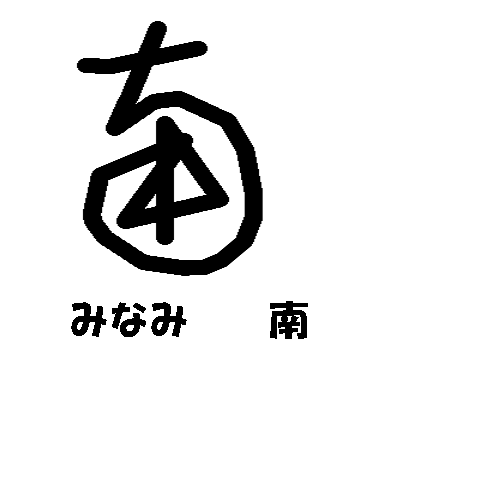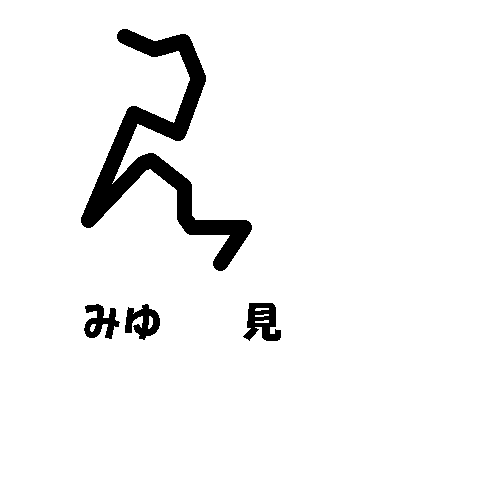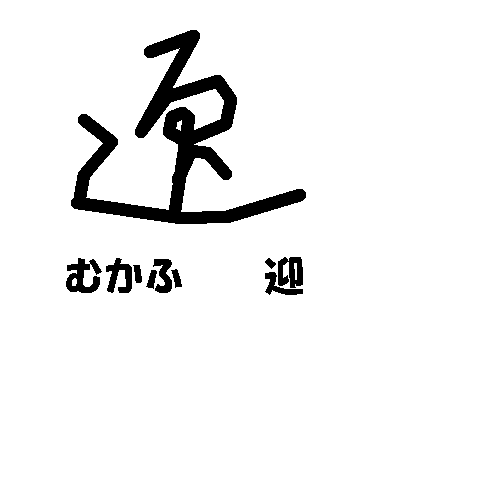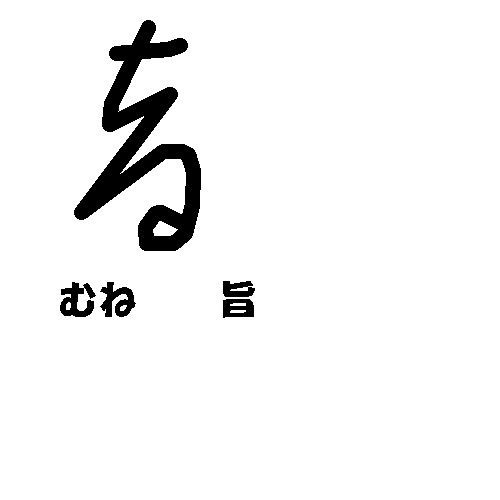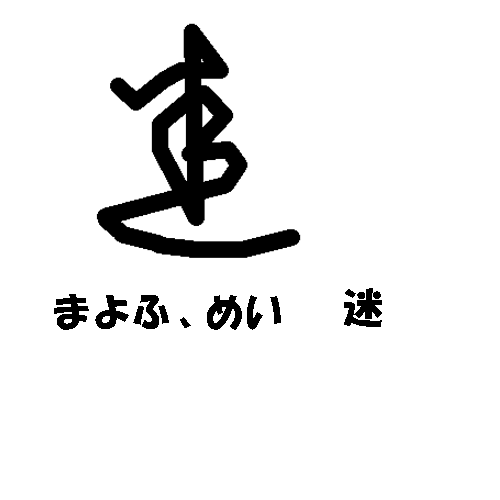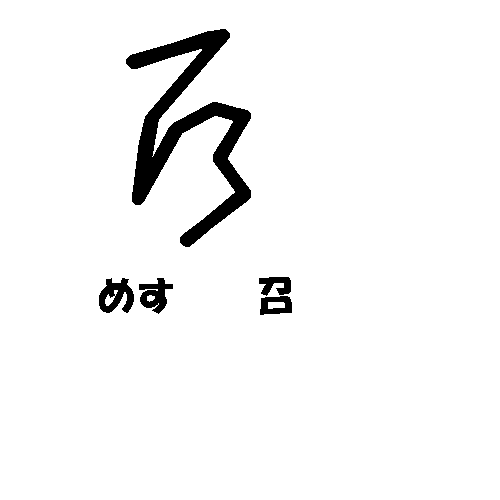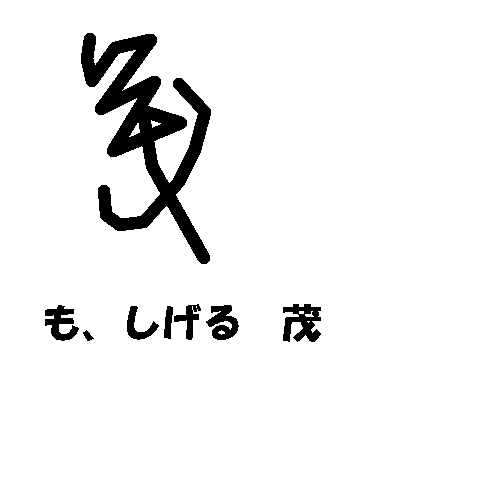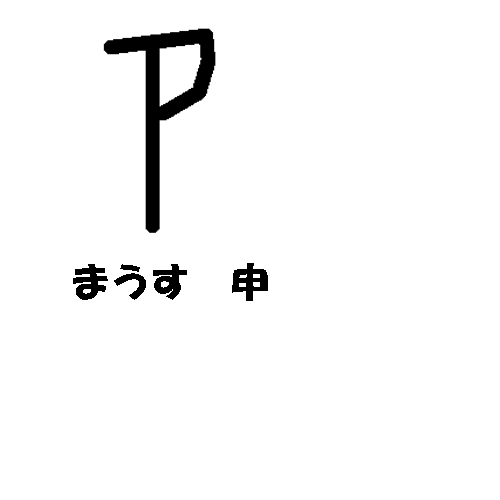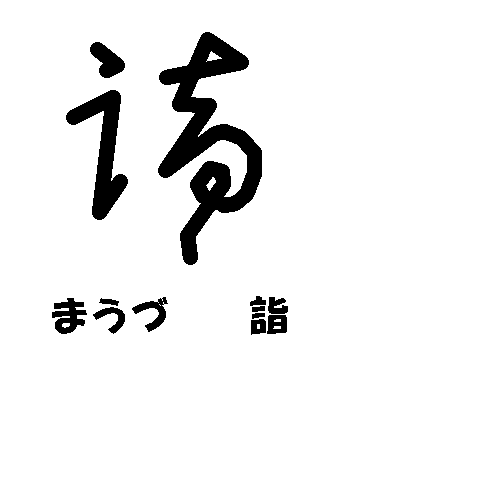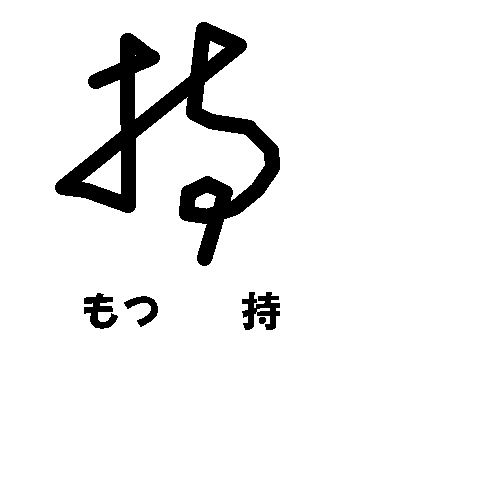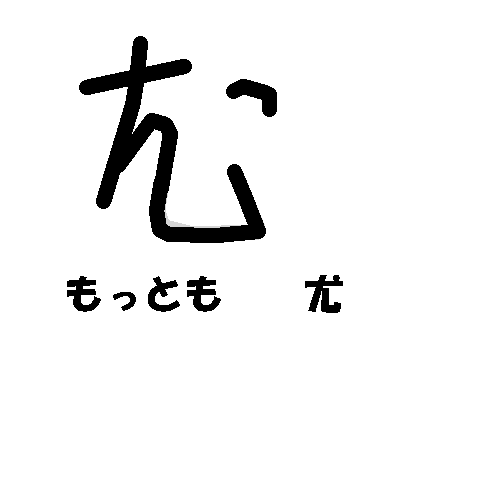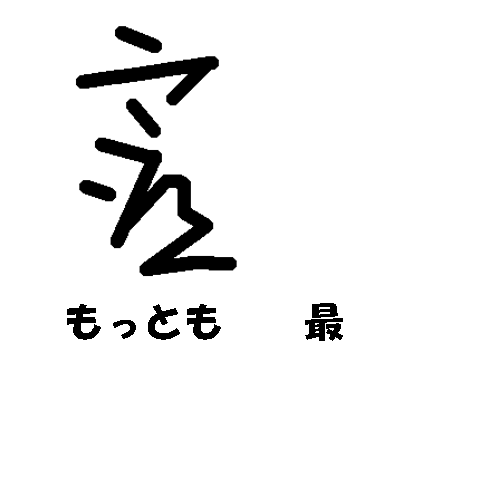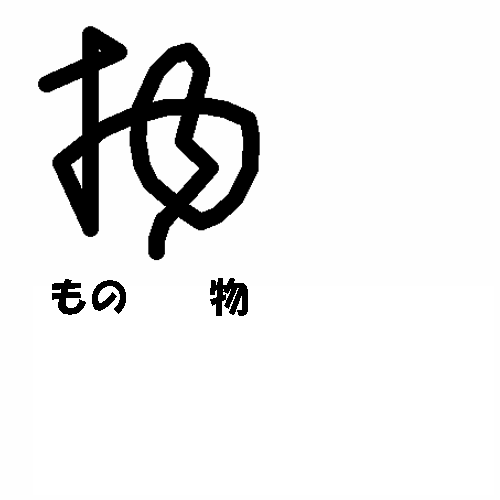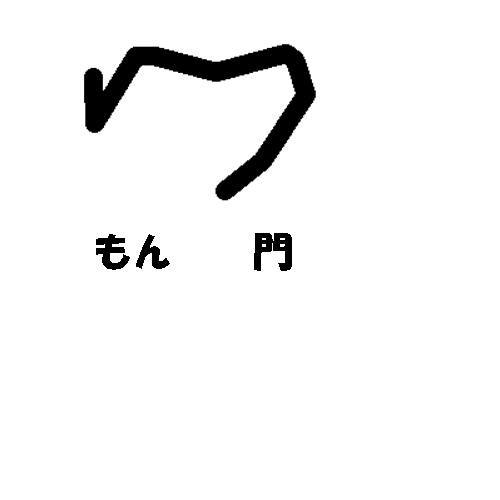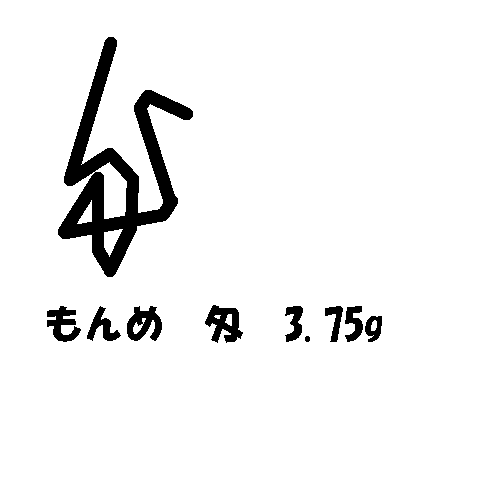I would like to make a website of Japanese classical document language, but...
There seems to be no word processor handling classical cursive style of kanji characters.
So, what kind of difficulty should I deal with?
Naturally...
I should handwrite characters and arrange them in Japanese alphabetical order,
and rearrange them according to the sentence I would like to say. There will be no other way.
If word processor of classical cursive style was developed and popularized, it would be appreciated.
That's all.
Heisei 29 nen (2017) September
テキスト01(解説アニメ)
テキスト02(解説アニメ)
テキスト03(解説アニメ)
//////////////////////////////////////////////////////////////////////////////////////////////////////////////////////////////////////////////////////////////////////
古文書会話・崩し字スピーキング
Daily conversation using classical Japanese language (Chotto-Komonjo)
挿絵集
Contents
壱.頻出之漢字崩字ニ付五十音順ニ相並候
1. Let's arrange commonly used kanji characters in Japanese alphabetical order.
弐.文法ニ付崩字ニ而勉強致候
2. Let's study grammar with cursive style kanji.
参.崩字ニ而会話致候
3. Let's talk using Japanese classical language and write it in cursive style kanji.
四.等敷相見江候崩字ニ付比較致候
4. Let's compare similar kanji characters in cursive style.
五.町中之古文ニ付解読致候
5. Let's interpret classical Japanese sentences found in your town.
//////////////////////////////////////////////////////////////////////////////////////////////////////////////////////////////////////////////////////////////////////
壱.頻出之崩字漢字ニ付五十音順ニ相並候
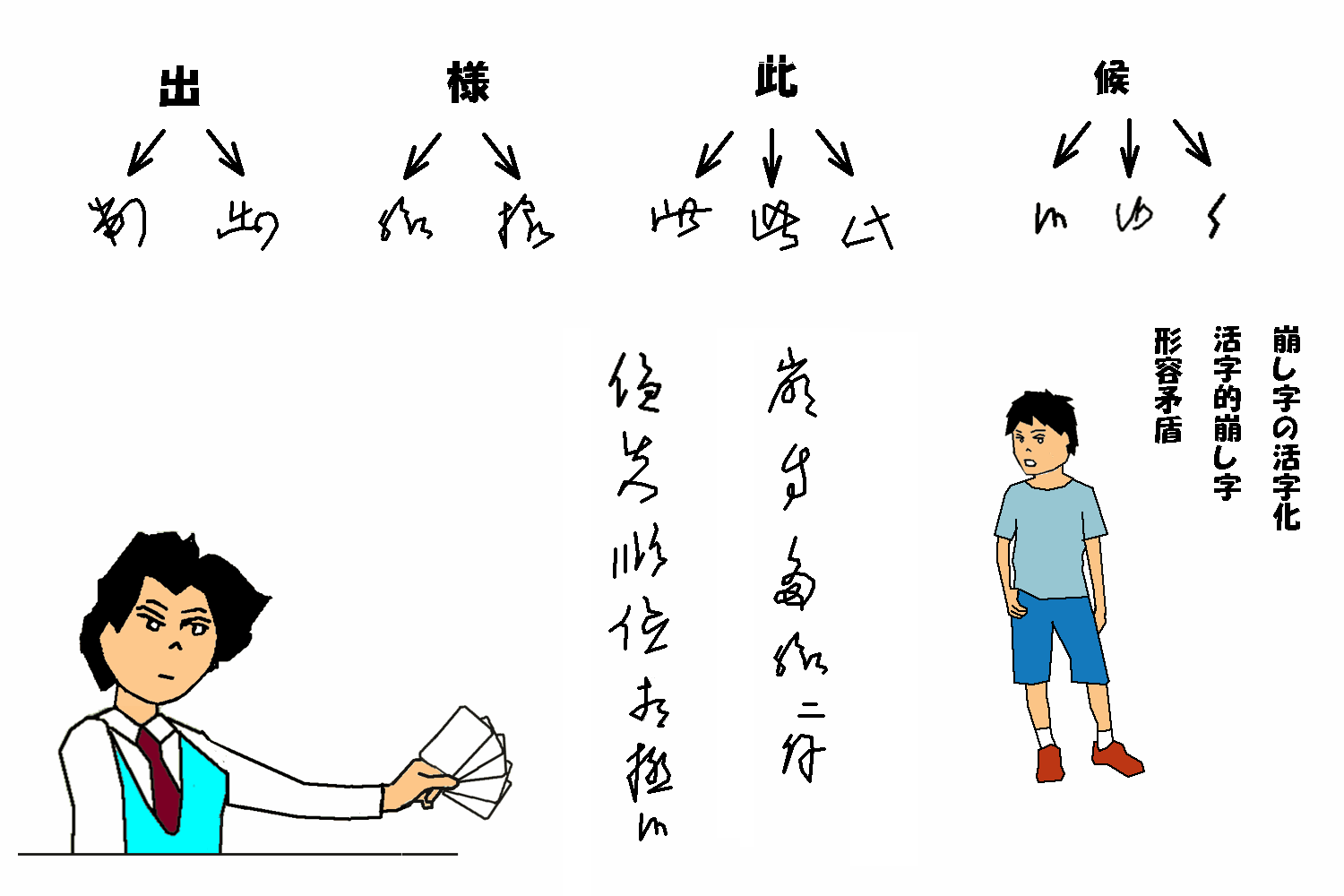
Elder sister:
There are various ways to write a character in cursive style.
Let's prioritize,
Younger brother:
To make scripts of running style?
It's a kind of contradiction.
テキスト04(解説アニメ)
//////////////////////////////////////////////////////////////////////////////////////////////////////////////////////////////////////////////////////////////////////
古文書頻出339文字 崩し字筆順アニメ 完成 20200913-20201121
あ行 a i u e o (kanji)
か行 ka ki ku ke ko (kanji)
さ行 sa shi su se so (kanji)
た行 ta chi tsu te to (kanji)
な行 na ni nu ne no
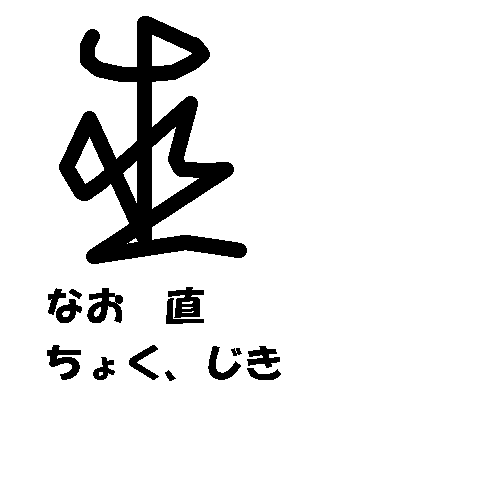 直(name) 直(name) |
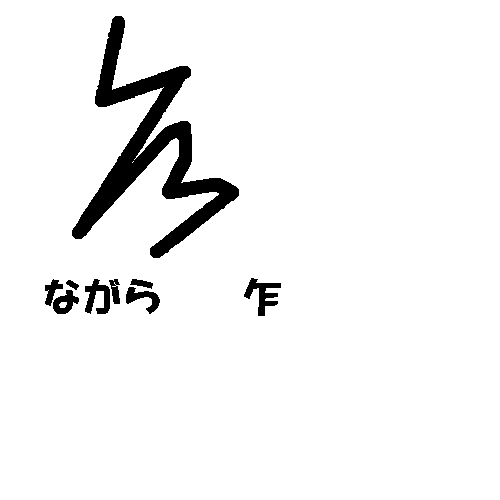 乍while doing something 乍while doing something |
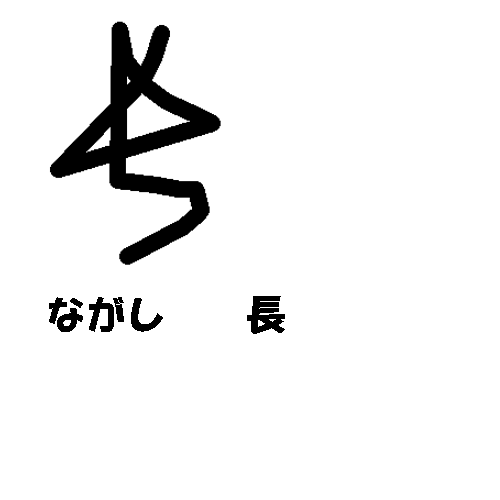 長long 長long |
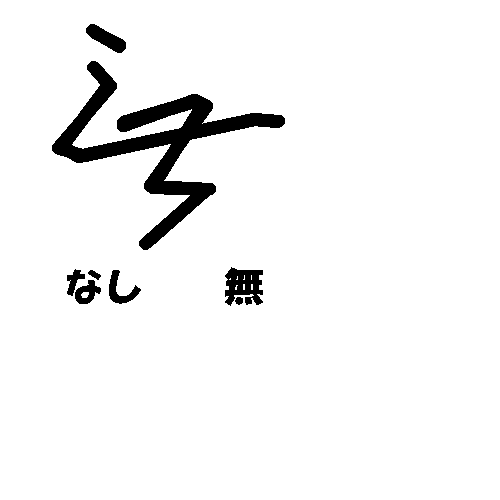 無nothing 無nothing |
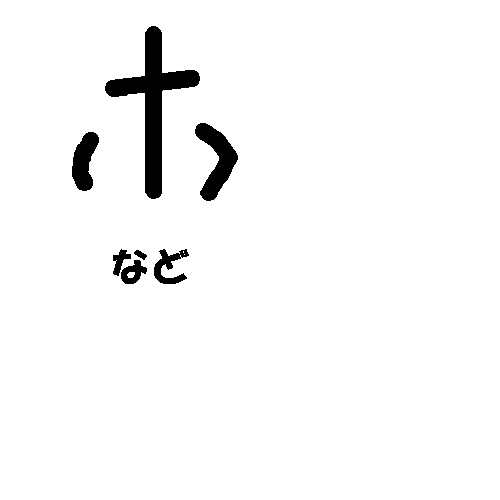 等etc. 等etc. |
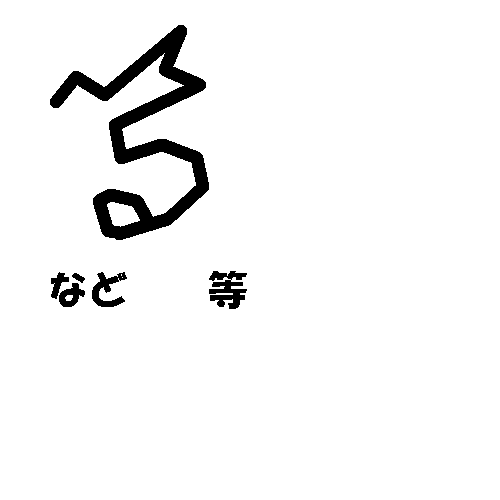 等etc. 等etc. |
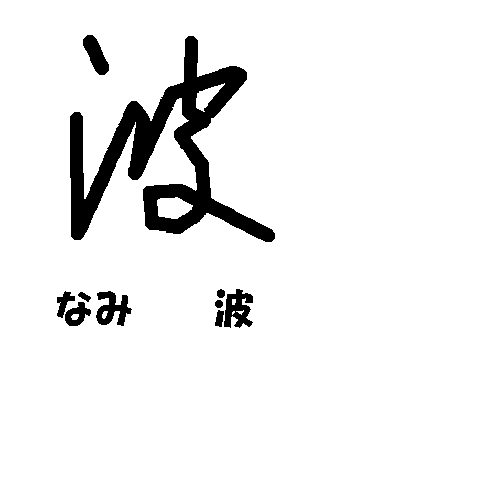 波wave 波wave |
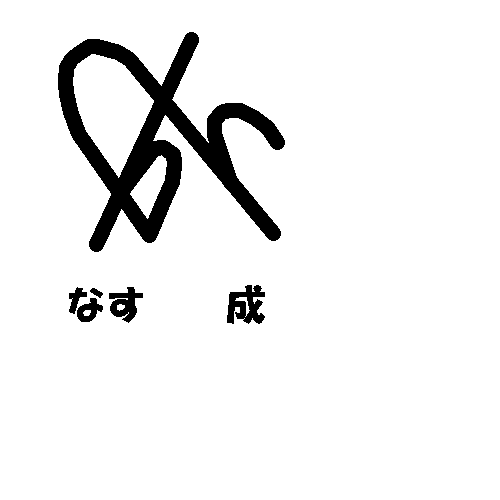 成to accomplish 成to accomplish |
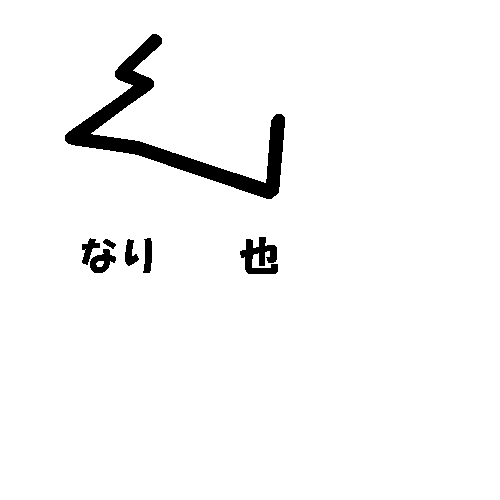 也(declaration) 也(declaration) |
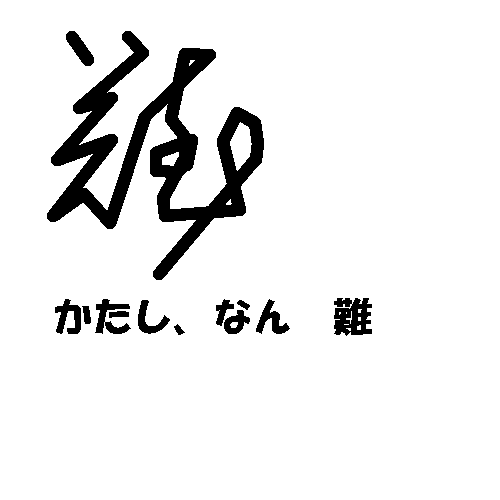 難difficult 難difficult |
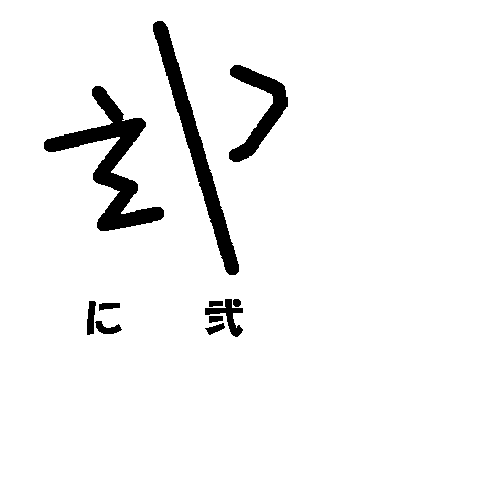 弐two 弐two |
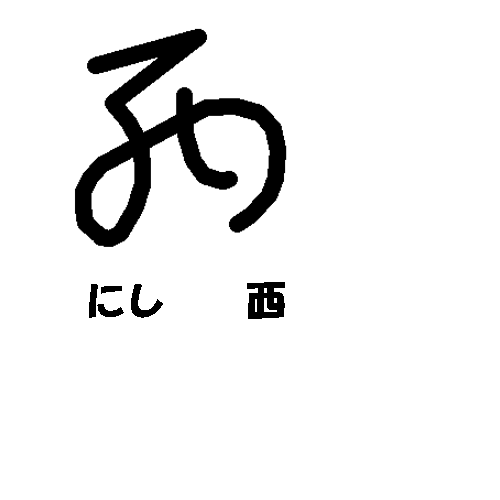 西west 西west |
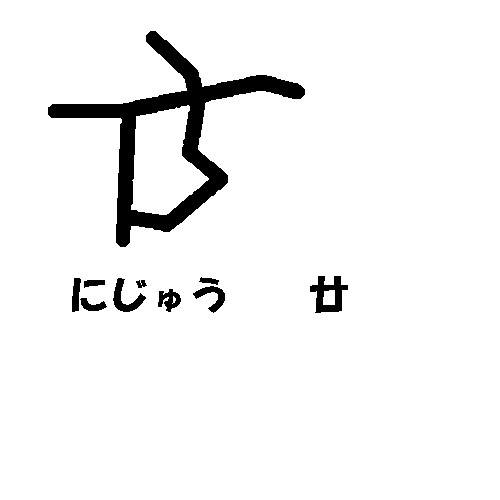 廿twenty 廿twenty |
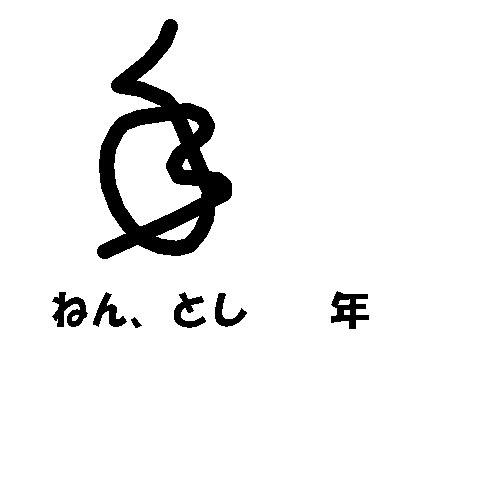 年year 年year |
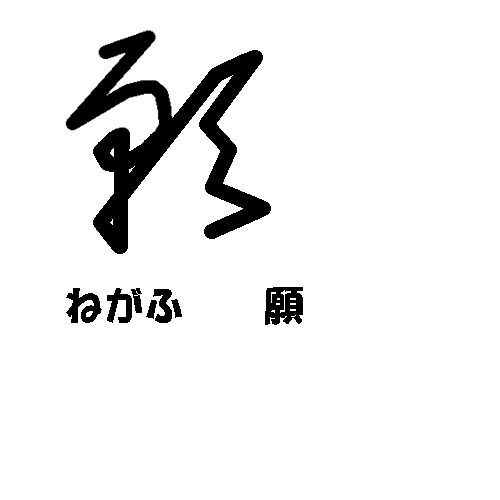 願to hope 願to hope |
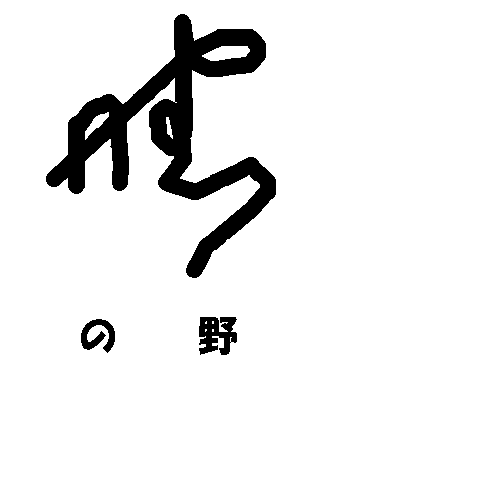 野field 野field |
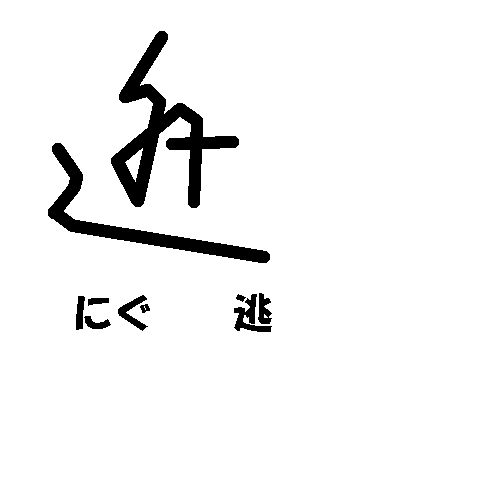 逃to escape 逃to escape |
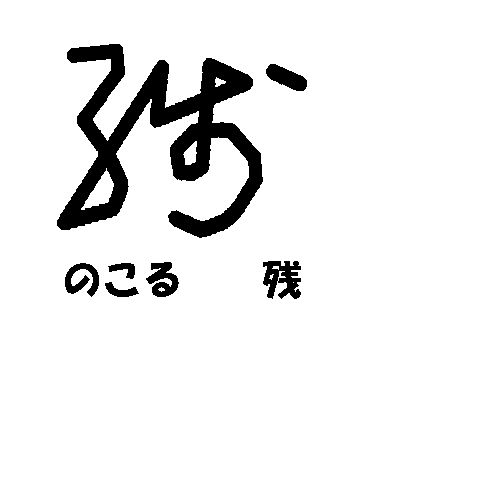 残to remain 残to remain |
は行 ha hi fu he ho (kanji)
ま行 ma mi mu me mo
や行 ya yu yo
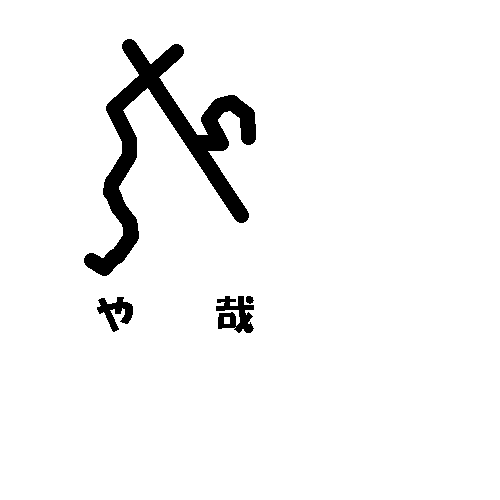 哉(questioning) 哉(questioning) |
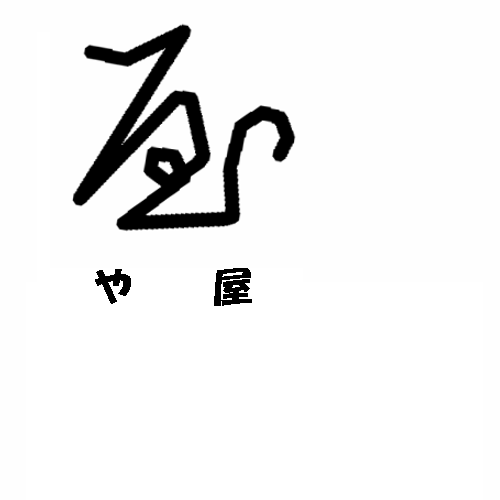 屋shop 屋shop |
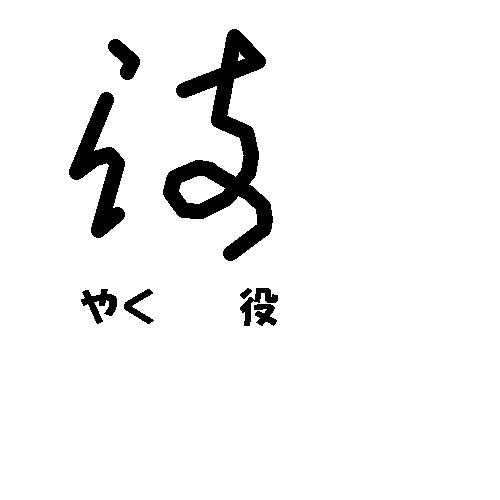 役role 役role |
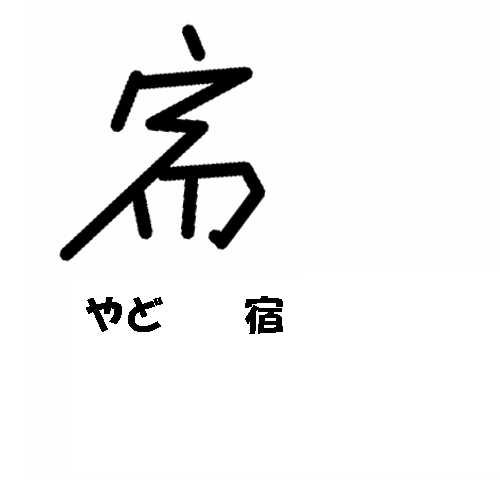 宿inn 宿inn |
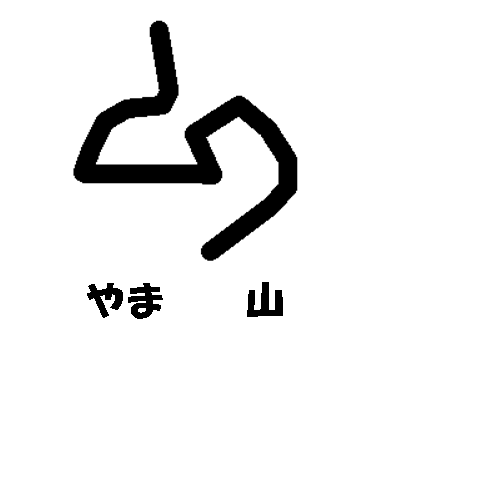 山mountain 山mountain |
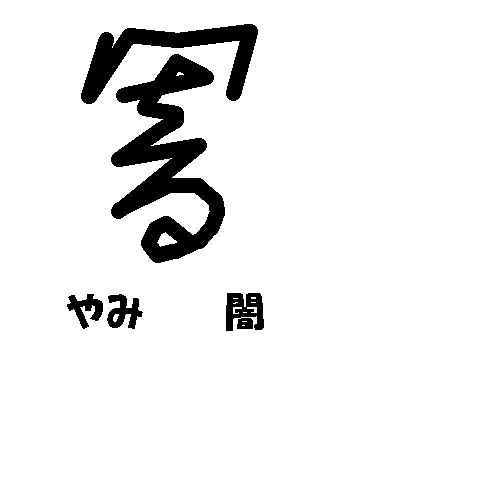 闇darkness 闇darkness |
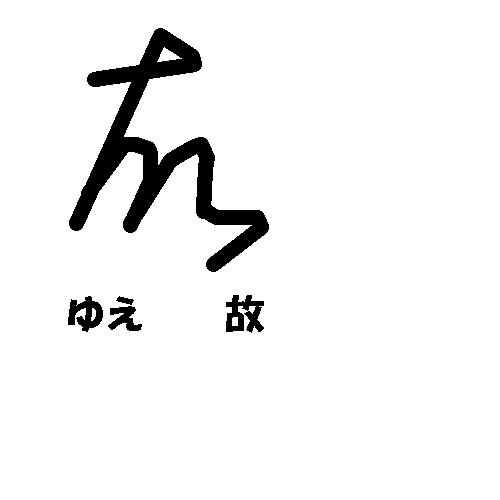 故reason 故reason |
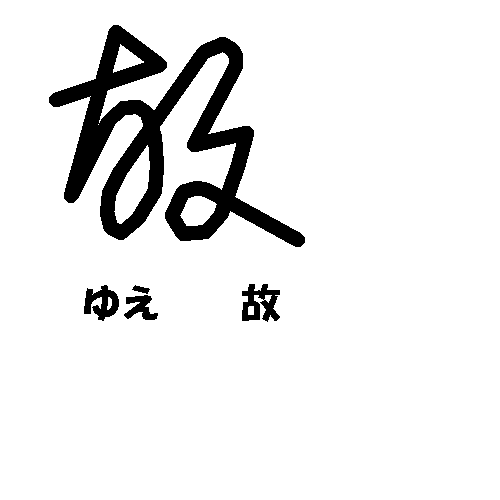 故reason 故reason |
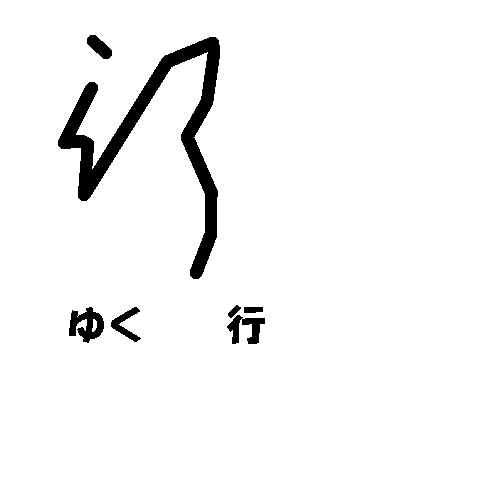 行to go 行to go |
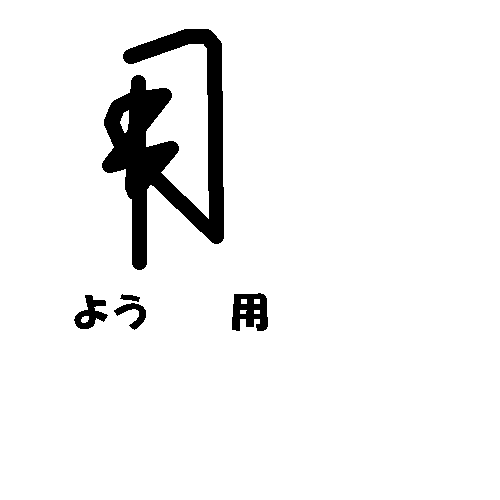 用business 用business |
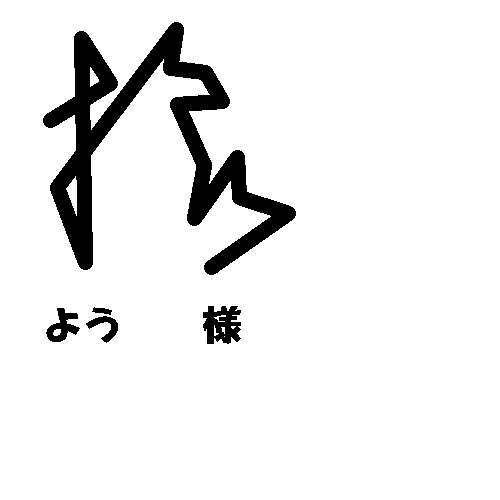 様so as to 様so as to |
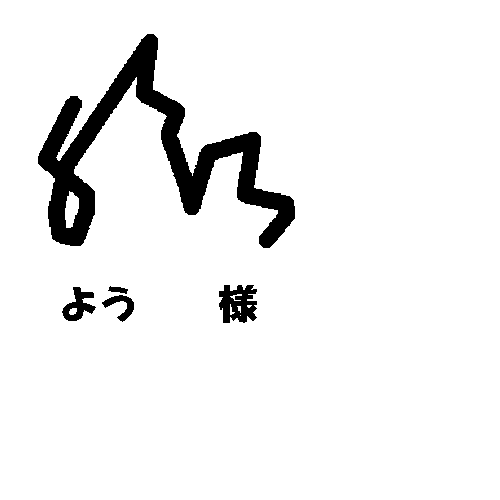 様so as to 様so as to |
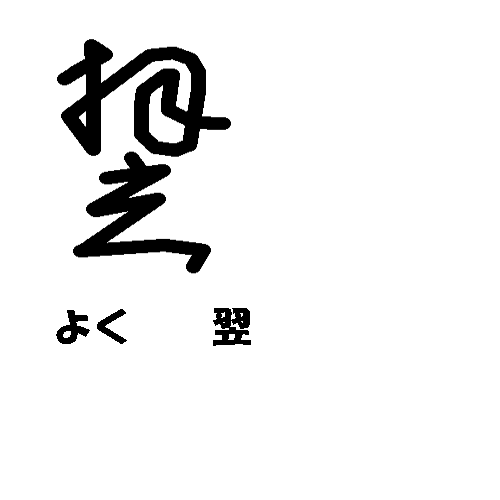 翌next day 翌next day |
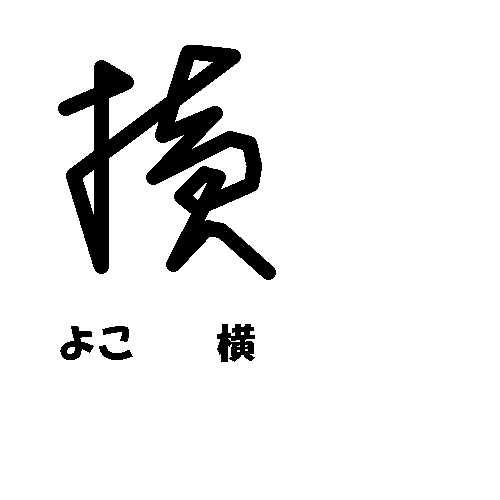 横next to 横next to |
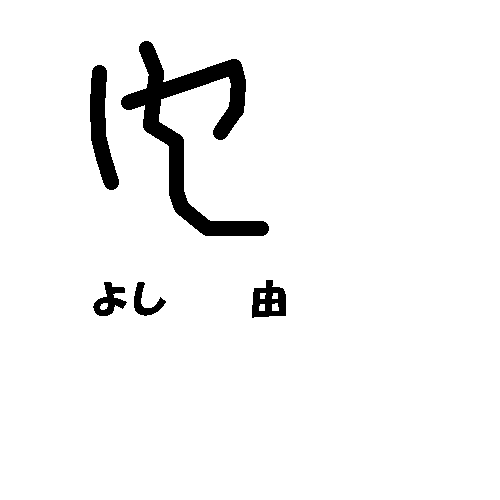 由reason 由reason |
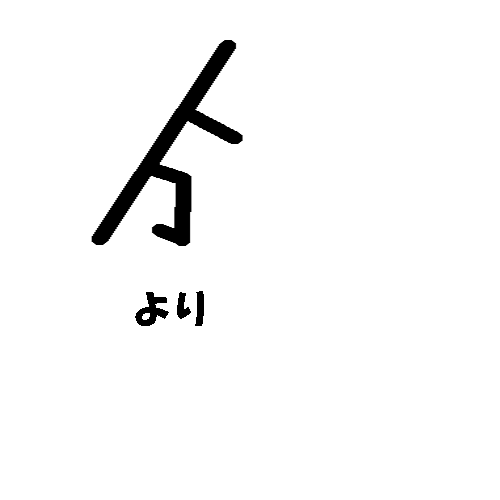 ゟfrom ゟfrom |
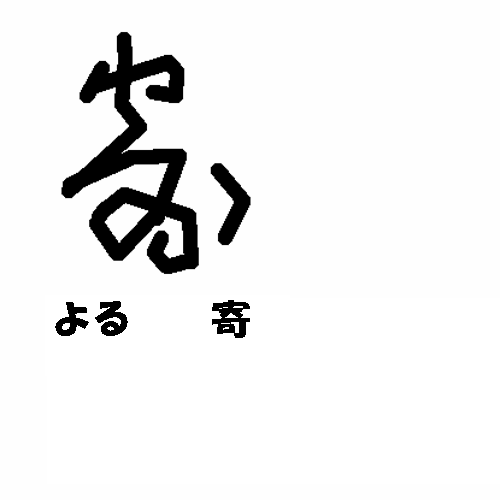 寄side 寄side |
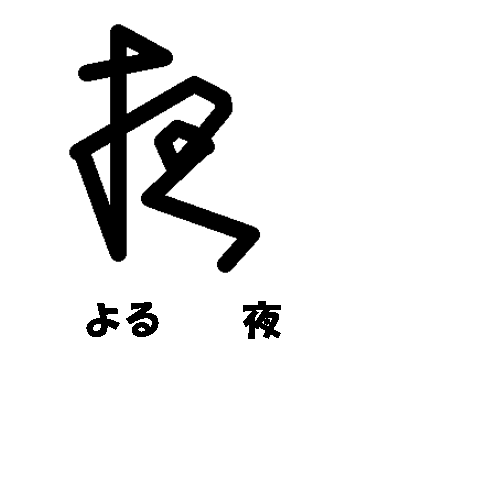 夜night 夜night |
ら行 ra ri ru re ro
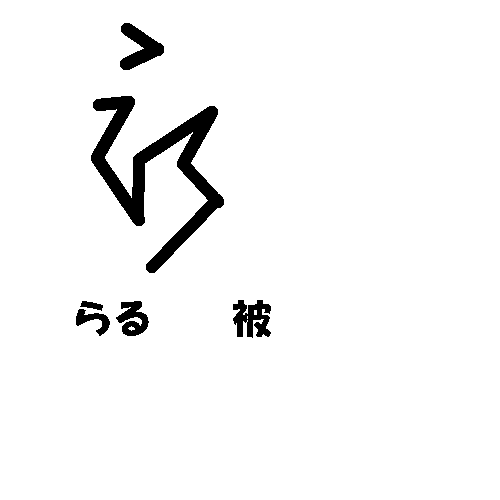 被(passive voice) 被(passive voice) |
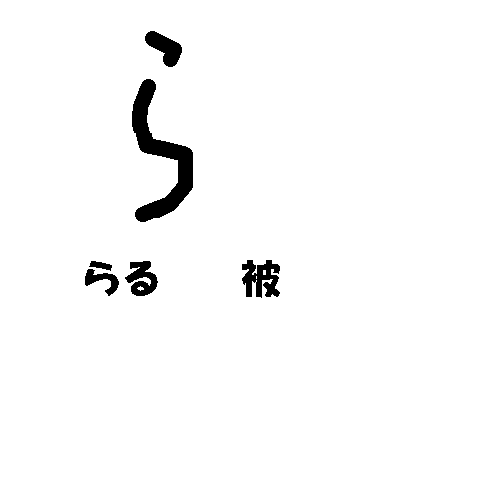 被(passive voice) 被(passive voice) |
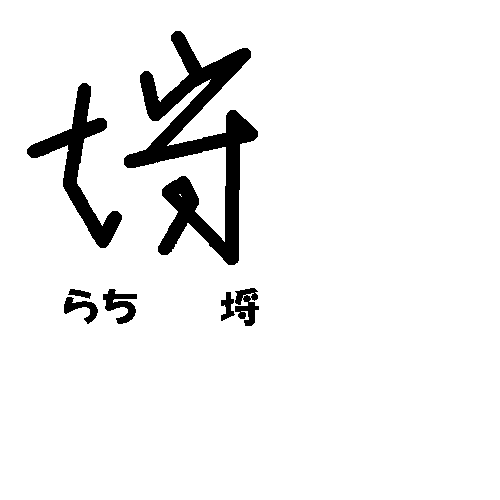 埒settled 埒settled |
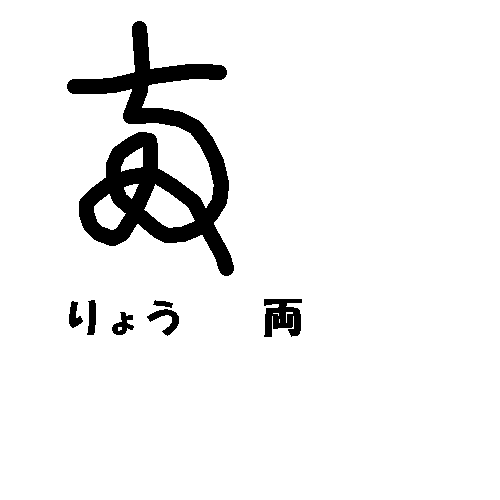 両both 両both |
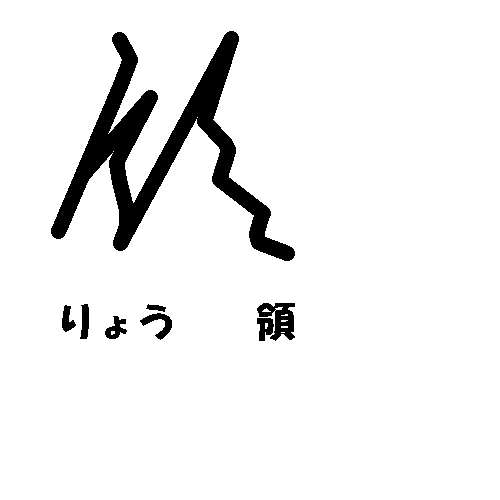 領territory 領territory |
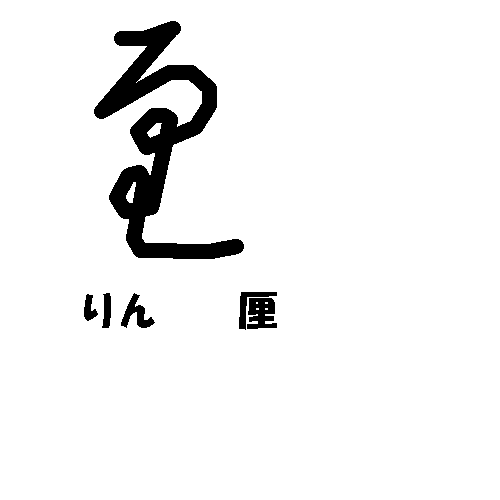 厘1/1000 厘1/1000 |
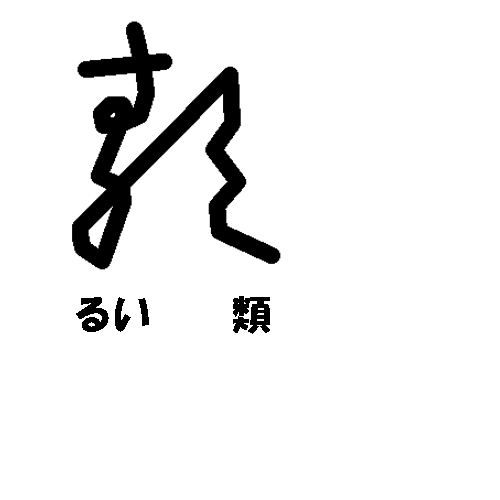 類type, a kind of 類type, a kind of |
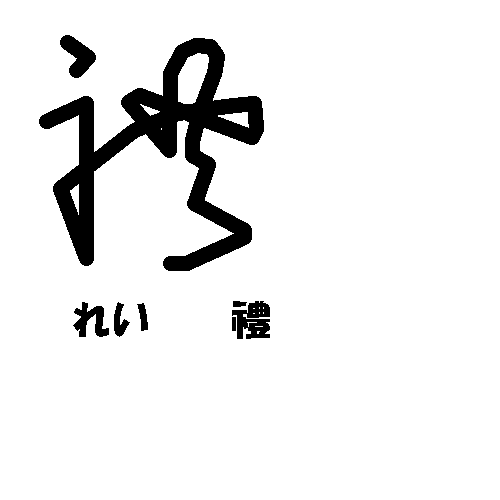 禮gratitude 禮gratitude |
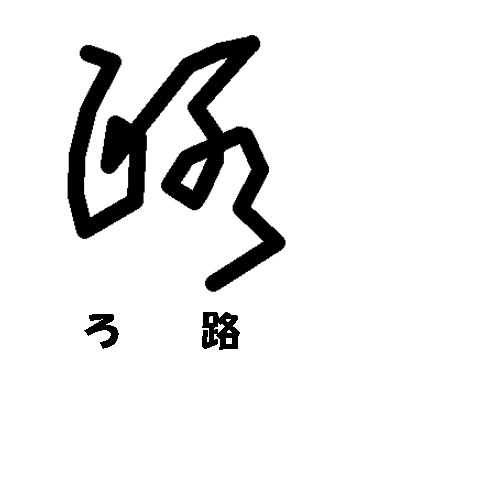 路road 路road |
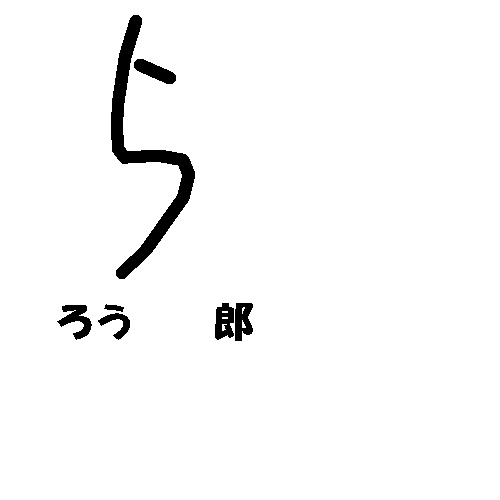 郎(name) 郎(name) |
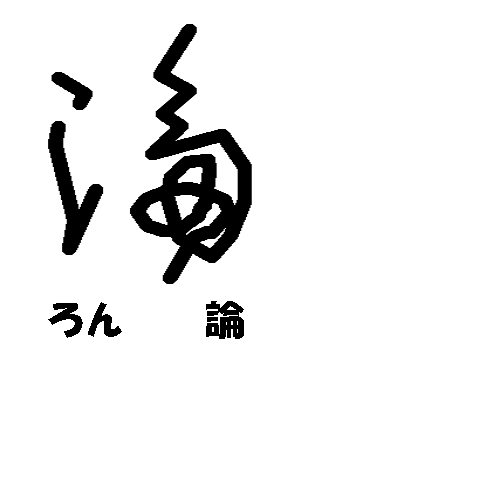 論discussion 論discussion |
わ行 wa wo
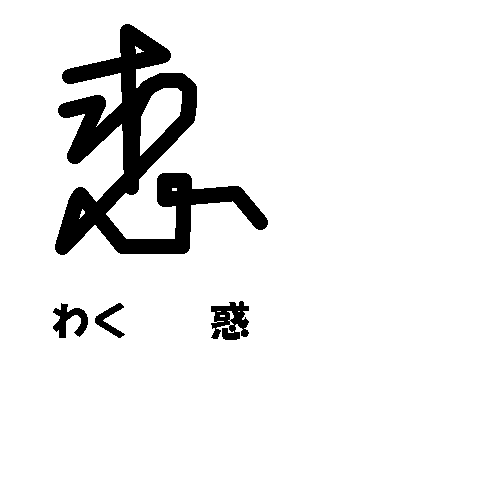 惑to delude 惑to delude |
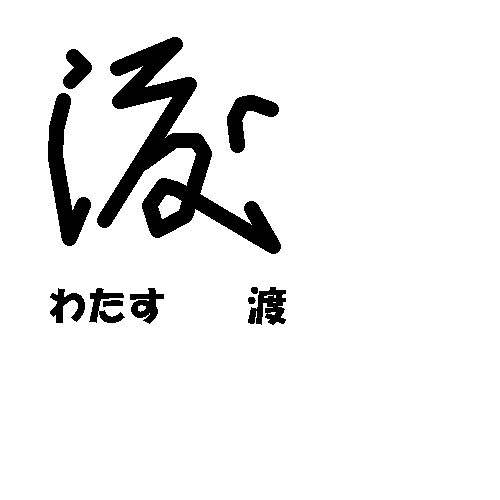 渡to send to the other side 渡to send to the other side |
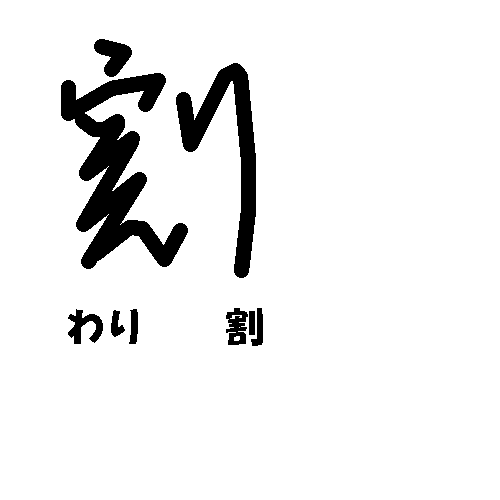 割1/10 割1/10 |
Single character shows only ambiguous meaning.
Several characters consist a phrase, and it shows more clear meaning.
Pronunciation is also determined when characters consist a phrase.
You had better memorize pronunciations of phrases.
//////////////////////////////////////////////////////////////////////////////////////////////////////////////////////////////////////////////////////////////////////
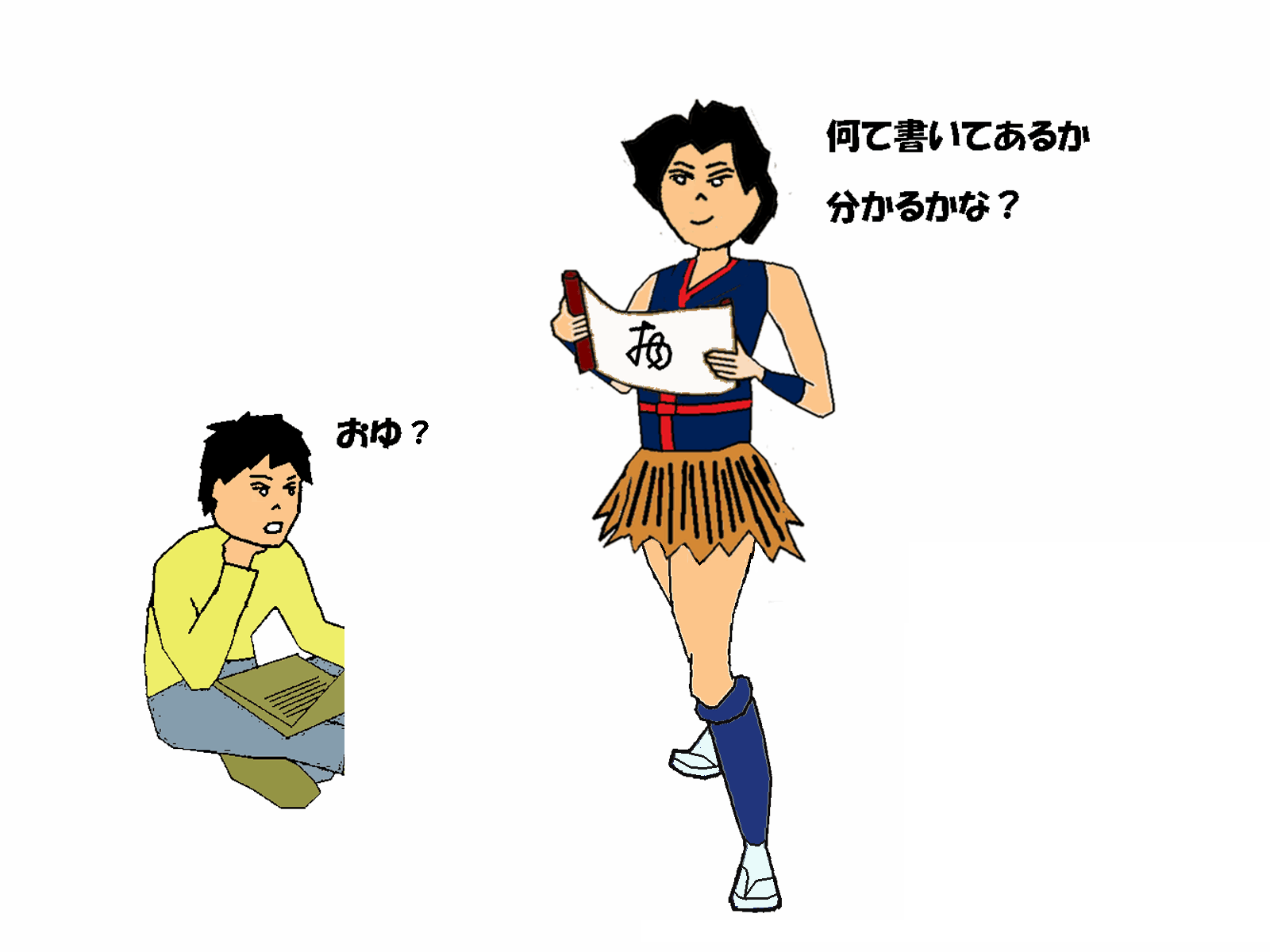
Elder sister:
Do you know what is written down?
Younger brother:
Oyu? (It seems like two hiraganas' combination お[o]+ゆ[yu] and oyu means hot water. A child thought.)
Answer: 物 mono = thing
//////////////////////////////////////////////////////////////////////////////////////////////////////////////////////////////////////////////////////////////////////
弐.文法ニ付崩字ニ而勉強致候
①「候」の接続詞的用法に注目!
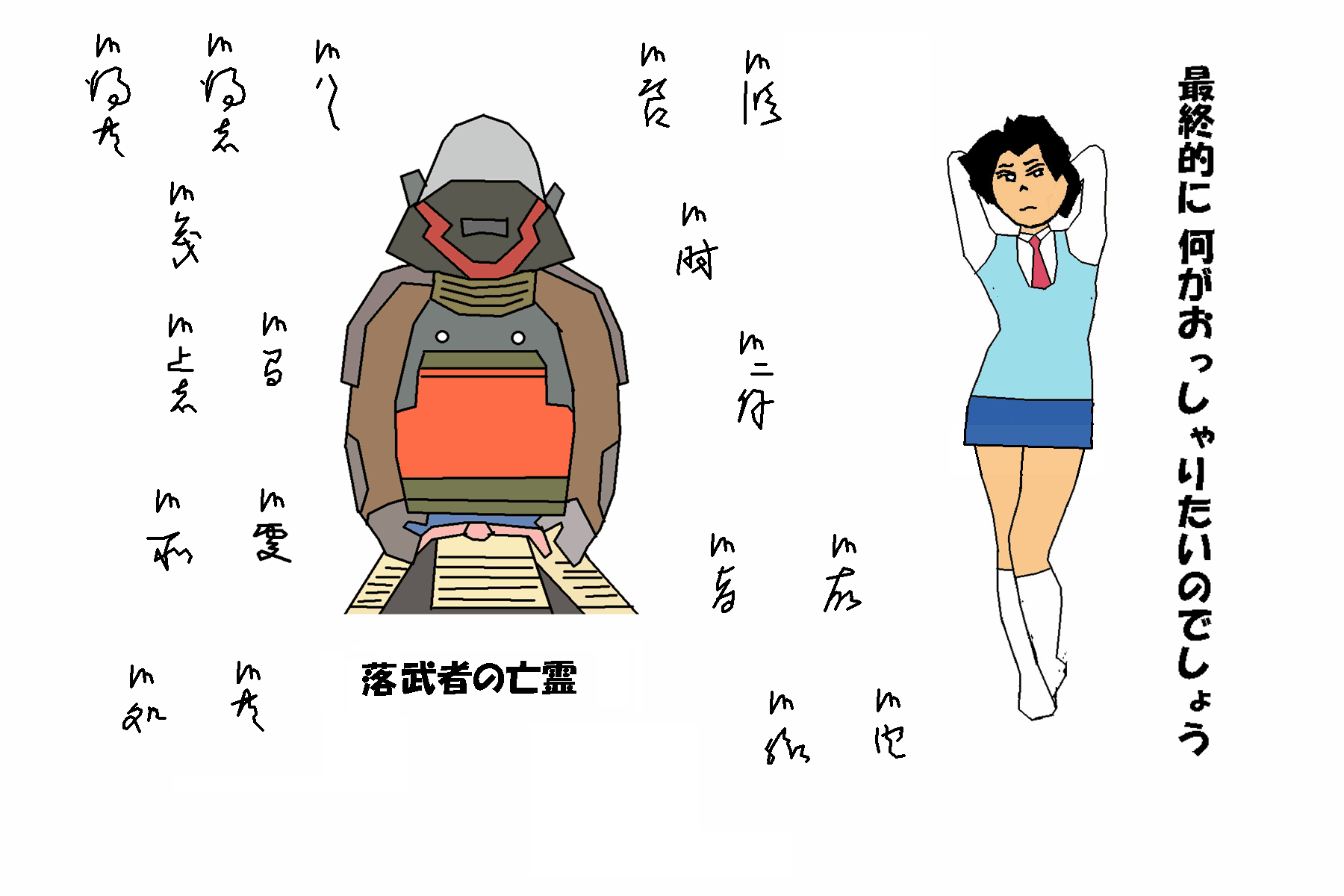
候得共 候得者 候ハバ 候節 候段
候義 候時
候上者 候間 候ニ付
候所 候處 候旨 候故
候処 候共 候様 候由
テキスト5 候(解説アニメ) テキスト5(静止画) 候
A ghost of samurai:
souraedomo(but)・・・ souraeba(so that)・・・ sourawaba(if)・・・ sourousetsu(when)・・・
souroudan(issue under consideration)・・・
sourougi(issue under consideration)・・・ souroutoki(when)・・・
sourouuewa(once ~ has happened)・・・ sourouaida(while doing~)・・・ sourounitsuki(~has
done, so that)
souroutokoro(~has done, and)・・・ souroutokoro(~has done, and) ・・・souroumune(the
fact that)・・・ sourouyue(because)・・・
souroutokoro(just doing about)・・・ souroutomo(even if)・・・ sourouyou(please)・・・ sourouyoshi(the fact that)
Elder sister:
In the end what do you want to say?
候 終止形も連体形も連用形も そうろう
候には m型 のほか Vh型 ᕍ型 などもあるので注意
候ハバ そうらはば (未然形) もし~ならば
候得者 そうらえば (已然形) ~なので
ニ候得共 にそうらえども ~でありますが
致候得共 いたしそうらえども ~いたしましたが
候共 そうろうとも たとえ~しても
「候」は機能が多すぎて、把握するのが大変 使いこなせれば古文書っぽくなる
御心配相掛候得共[Go shimpai ai kake souraedomo.] Sorry for worrying you, but...
御心配相掛候得者[Go shimpai ai kake souraeba.] I made you worry so that...
御心配相掛候ハバ[Go shimpai ai kake sourawaba.] If I make you worry...
御心配相掛候節[Go shimpai ai kake sourou setsu.] When I made you worry...
御心配相掛候段[Go shimpai ai kake sourou dan.] The matter I make you worry...
御心配相掛候義[Go shimpai ai kake sourou gi.] The matter I make you worry...
御心配相掛候儀[Go shimpai ai kake sourou gi.]The matter I make you worry...
御心配相掛候時[Go shimpai ai kake sourou toki.] When I make you worry...
御心配相掛候上ハ[Go shimpai ai kake sourou uewa.] Once I I made you worry...
御心配相掛候間[Go shimpai ai kake sourou aida.] While I'm making you worry...
御心配相掛候ニ付[Go shimpai ai kake sourou nitsuki.] I made you worry, so that...
御心配相掛候所[Go shimpai ai kake sourou tokoro.] I made you worry, and...
御心配相掛候処[Go shimpai ai kake sourou tokoro.] I made you worry, and...
御心配相掛候處[Go shimpai ai kake sourou tokoro.] I made you worry, and...
御心配相掛候旨[Go shimpai ai kake sourou mune.] The fact that I made you worry.
御心配相掛候故[Go shimpai ai kake sourou yue.] Because I made you worry...
御心配相掛候共[Go shimpai ai kake sourou tomo.] Even if I made you worry...
御心配相掛不候様[Go shimpai ai kake sourawanu you.] Hoping that you (or someone) don't worry me.
御心配相掛候由[Go shimpai ai kake sourou yoshi.] The fact that I made you worry.
//////////////////////////////////////////////////////////////////////////////////////////////////////////////////////////////////////////////////////////////////////
② 「相」+動詞訓読みに注目!
相談 相続 相続候 相違候 相記候 相極候 相聞候 相重候 相掛候 相痛候
相対 相分兼候 相見江候 相守候 相果候 相残候 相不成様 相成候 相滞候 相慎候
テキスト6 相(解説アニメ) テキスト6 相(静止画)
「相」自体は意味がない。後に続くのが動詞の訓読みであることを表す?
相掛候(あいかけそうろう) 相不掛様(あいかけぬよう)は、苦労、心配、迷惑をかける、などに使う
相対(あいたい) は、話し合いで決めること そうたいとよまない
相談(そうだん) は、あいだんとよまない
相続は あいつづき と読むことも そうぞく と読むことも
相不成様(あいならぬよう)の形は、相不違様 相不残様 相不掛様 などに応用できる
「相」を使うと古文書っぽくなる
相ai is followed by a verb, and the verb is pronounced in Japanese original reading "kun'yomi".
(⇔Chinese reading is "on'yomi")
If you put 相[ai] and 候[sourou] before and after a verb, it sounds like classical Japanese.
相痛候 [ai itami sourou] to pain
御心配相掛候 [Go shimpai ai kake sourou.] Sorry to worry you.
御迷惑相掛候 [Go meiwaku ai kake sourou.] Sorry to trouble you.
御苦労相掛候[Gokurou ai kake sourou.] Sorry for the inconvenience. Sorry for the hard work.
御心配相掛不候様[Goshimpai ai kake sourawanu you] to avoid making worry you
相重候 [ai kasane sourou] to pile up
相聞候 [ai kiki sourou] to listen
相極候 [ai kime sourou] to decide
相記候 [ai shirushi sourou] to write down
相違候 [ai tagai sourou] to be different
相続候 [ai tsuzuki sourou] to be continued
相続 [souzoku] inheritance (This is not a verb. This is a noun, and 相 is pronounced as sou.)
相談 [soudan] consultation (ditto)
相慎候 [ai tsutsushimi sourou] to refrain from
相滞候 [ai todokoori sourou] to be late
相成候 [ai nari sourou] to become
相不成様 [ai naranu you] to avoid ~ing.
相残候 [ai nokori sourou] to remain
相果候 [ai hate sourou] to die
相守候 [ai mamori sourou] to protect
相見江候 [ai mie sourou] to see
相分候 [ai wakari sourou] to understand
相分兼候 [ai wakari kane sourou] not to understand
相対 [aitai] discussion (This is not a verb. This is a noun, and 相 is pronounced as ai.)
(Classical Japanese is vertical writing, and is writen from right to left.)
//////////////////////////////////////////////////////////////////////////////////////////////////////////////////////////////////////////////////////////////////////
③ 送り仮名的漢字の用法に注目!
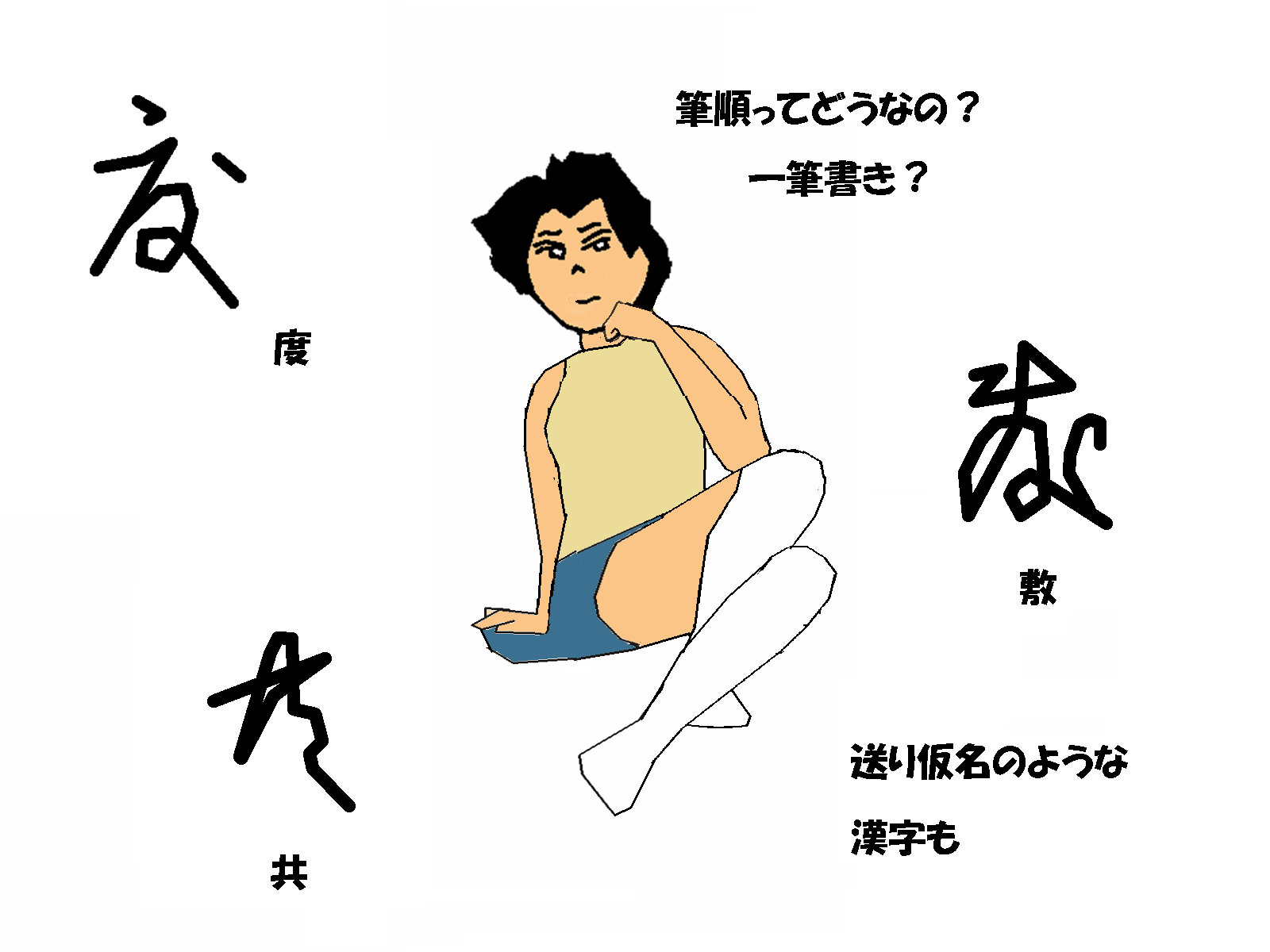
度taku 敷shiku 共tomo
テキスト7 敷共度(解説アニメ) テキスト7 敷共度(静止画)
屋敷 申間敷 久敷 甚敷 歎ケ敷 ケ間敷 厳敷 夥敷 悪敷
申上度 致度 村役共 候得共 向後共
How about the stroke order?
Single stroke?
The parts that should be written in hiragana nowadays are written in kanji in old days.
敷は しく と読んだり しき と読んだり
度も たく と読んだり たき と読んだり
和歌、随筆に比べると、古文書は漢字を多用する
敷 共 度 を使うと古文書っぽくなる
adjective 敷[shiki, shiku]
Noun follows 敷[shiki].
候[sourou] follows 敷[shiku].
悪敷[ashiki, ashiku] bad
夥敷[obitadashiki, obitadashiku] very many
厳敷[kibishiki, kibishiku] strict
ケ間敷[gamashiki gamashiku]
押付ケ間敷[oshitsuke gamashiki, oshitsuke gamashiku] pushy
言訳ケ間敷[iiwake gamashiki, iiwake gamashiku] justificative but not trusted
差出ケ間敷[sashide gamashiki, sashide gamashiku] intrusive
歎ケ敷[nagekawashiki, nagekawashiku] deplorable
甚敷[hanahadashiki, hanahadashiku] extraordinary
久敷[hisashiki, hisashiku] for a long time
間敷[majiki] prohibition
致間敷候[itasu majiku sourou] Never do that.
申間敷候[mousu majiku sourou] Never say that.
屋敷[yashiki] house (This is not an adjective.)
向後共[kyougo tomo] from now on (In this case, 共tomo means also.)
候得共[sourae domo] ・・・but (In this case, 共domo means reverse.)
村役共[murayaku domo] executives of a village (In this case, 共domo means plural.)
致度[itashi taku] to want to do
申上度[moushiage taku] to want to say
罷越度[makarikoshi taku] to want to go
奉存候[zonji tatematsuri sourou] I think
申上度奉存候[moushiagetaku zonji tatematsuri sourou] I would like to say.
致度奉存候[itashitaku zonji tatematsuri sourou] I would like to do.
普請致度奉存候[Fushin itashitaku zonji tatematsuri sourou] I would like to construct.
拝借致度奉存候[Haishaku itashitaku zonji tatematsuri sourou] I would like to borrow.
"Itashitaku zonji tatematsuri sourou" follows an on'yomi verb. (chinese reading)
//////////////////////////////////////////////////////////////////////////////////////////////////////////////////////////////////////////////////////////////////////
④ Be動詞 Do動詞 助動詞的用法に注目!
ニ不候 ニ候 致不申 致間敷候 可致候 致所 致候 致度候 為致候
無御座候 御座候 仕不申 仕間敷候 可仕候 仕申所 仕候 仕度候
テキスト8 致仕(解説アニメ) テキスト9 御座候(解説アニメ) テキスト8-9 致奉御座候(静止画)
ニ候 にそうろう ~です ~にあります be動詞
ニ不候 にそうらはず ~ではありません ~にはありません be動詞否定
ニ御座候 にござそうろう ~でございます ~にございます be動詞
御座候は、特に尊敬語というわけではなさそう 丁寧語
ニ無御座候 にござなくそうろう ~ではございません ~にはございません be動詞否定
致候 いたしそうろう ~いたします do動詞 (主語は自分、目下の人、人でない事物)
致不申候 いたしもうさずそうろう ~いたしません do動詞否定 (同じく)
仕候 つかまつりそうろう ~いたします do動詞 (同じく)
仕不申候 つかまつりもうさずそうろう ~いたしません do動詞否定 (同じく)
可仕候 つかまつるべくそうろう しなければなりません must canの意味も (同じく)
仕間敷候 ~つかまつるまじくそうろう ~してはいけません must not (同じく)
和歌・随筆に比べれば、古文書は用法が定型化されている
ニ候[ni sourou] It is~. (There is ~)in ~.
ニ不候[ni sourawazu] It is not ~. (There is not ~)in ~.
ニ御座候[ni gozasourou] It is~. (There is ~)in ~.
ニ無御座候[ni gozanaku sourou] It is not ~. (There is not ~)in ~.
私共之儀~ニ候[Watakushi domo no gi ~ ni sourou] I am ~.We are~.
致候[itashi sourou] I do. It does.
致不申候[itashi mousazu sourou] I don't do. It doesn't do.
仕候[tsukamatsuri sourou] I do. It does.
仕不申候[tsukamatsuri mousazu sourou] I don't do. It doesn't do.
可仕候[tsukamatsuru beku sourou] I can. It can.
仕間敷候[tsukamatsuru majiku sourou] I must not. It must not.
These saying follow on'yomi verbs.
//////////////////////////////////////////////////////////////////////////////////////////////////////////////////////////////////////////////////////////////////////
⑤ 尊敬語 謙譲語に注目!
奉願候 奉存候 奉畏候 申間敷候 申所 申分 申上度候 申上候
申候 被_召出候 被_下置候 被_成下候 被_仰付候 被_仰付候 被_致候
テキスト10 申奉(解説アニメ) テキスト11 被(解説アニメ) テキスト10-11 申奉被(静止画)
尊敬語 謙譲語
奉存候 ぞんじたてまつりそうろう ~と思います (主語が自分)
致度奉存候得共 いたしたくぞんじたてまつりそうらえども
~いたしたく思いますが (同じく)
被_成候 なされそうろう (主語が目上の人)
被_致候 いたされそうろう (主語が目上の人)
被のあとに、ひとマスあけて尊敬の念を表し、単なる受身と区別
物語・随筆では 給ふ たまふ を用いるが、古文書ではあまり見かけない
古文書では返読を使うが、漢文に比べると、古文書は返読が少ない
被、奉、不、可、有之・無之、難有、乍恐、為、如、自など、特定の箇所で返読する
以(もって) は返読したりしなかったり?
与(と)はしない方が多い?
与申候[to moushi sourou] I am called~. It is called~. I say.
与被_仰候 [to ooserare sourou] You say. He sais. She sais.(superior person)
These saying follow nown or sentence.
被_致候[Itasare sourou] You do. He does. She does. (superior person)
不被_致候[itasarezu sourou] You don't do. He doesn't do. She doesn't do. (superior person)
被_成候[nasare sourou] You do. He does. She does. (superior person)
不被_成候[nasarezu sourou] You don't do. He doesn't do. She doesn't do. (superior person)
被_致不候様御願申上候[itasare sourawanu you onegai moushiage sourou] Please don't do ~.
被_成不候様御願申上候[natasare sourawanu you onegai moushiage sourou] Please don't do ~.
These saying follow on'yomi verbs.
御願申上奉候[onegai moushiage tatematsuri sourou] please (More polite)
In classical Japanese, subjects are often omitted.
It is necessary to judge who is the subject from auxiliary verb.
//////////////////////////////////////////////////////////////////////////////////////////////////////////////////////////////////////////////////////////////////////
⑥ 格助詞的用法、有り無しの言い方に注目!
之内 之上 之通 之事 之儀 之義 之趣
へ(江) 而己 ニ而 ニ付 無之 有之 有之
テキスト12 之(解説アニメ) テキスト12 之(静止画)
格助詞てにをは がのにを のうち
古文書では 「が」 は使わない
古文書でも 者(は) ヲ(を) は使うが、出現頻度が低い
これに対して 之(の) ニ(に) ニ付(につき) ニ而(にて) の出現頻度は高い
日本語では、主語を省いて述語だけで済ますことも多いが、古語でその傾向がますます顕著になる
主語を省いて文を再構成できると古文書っぽくなるかも
~なる ~たる という修飾表現も意外と少ない
→ 「之(の)」「ニ候(にそうろう 連体形)」を使用か
これあり(有之) これなし(無之) の これ(之) は、特に意味がない
単に 有る が これあり(有之) 無い が これなし(無之)
無之 有之 を使うと古文書っぽくなる
御座候 ござそうろう 無御座候 ござなくそうろう という言い方もある
有之[kore aru, kore ari] There is ~.
無之[kore naki, kore nashi] There is not ~.
有之趣ニ御座候[Kore aru omomuki ni goza sourou] There seems to be.
無之趣ニ御座候[Kore naki omomuki ni goza sourou] There seems not to be.
//////////////////////////////////////////////////////////////////////////////////////////////////////////////////////////////////////////////////////////////////////
参.崩字ニ而会話致候
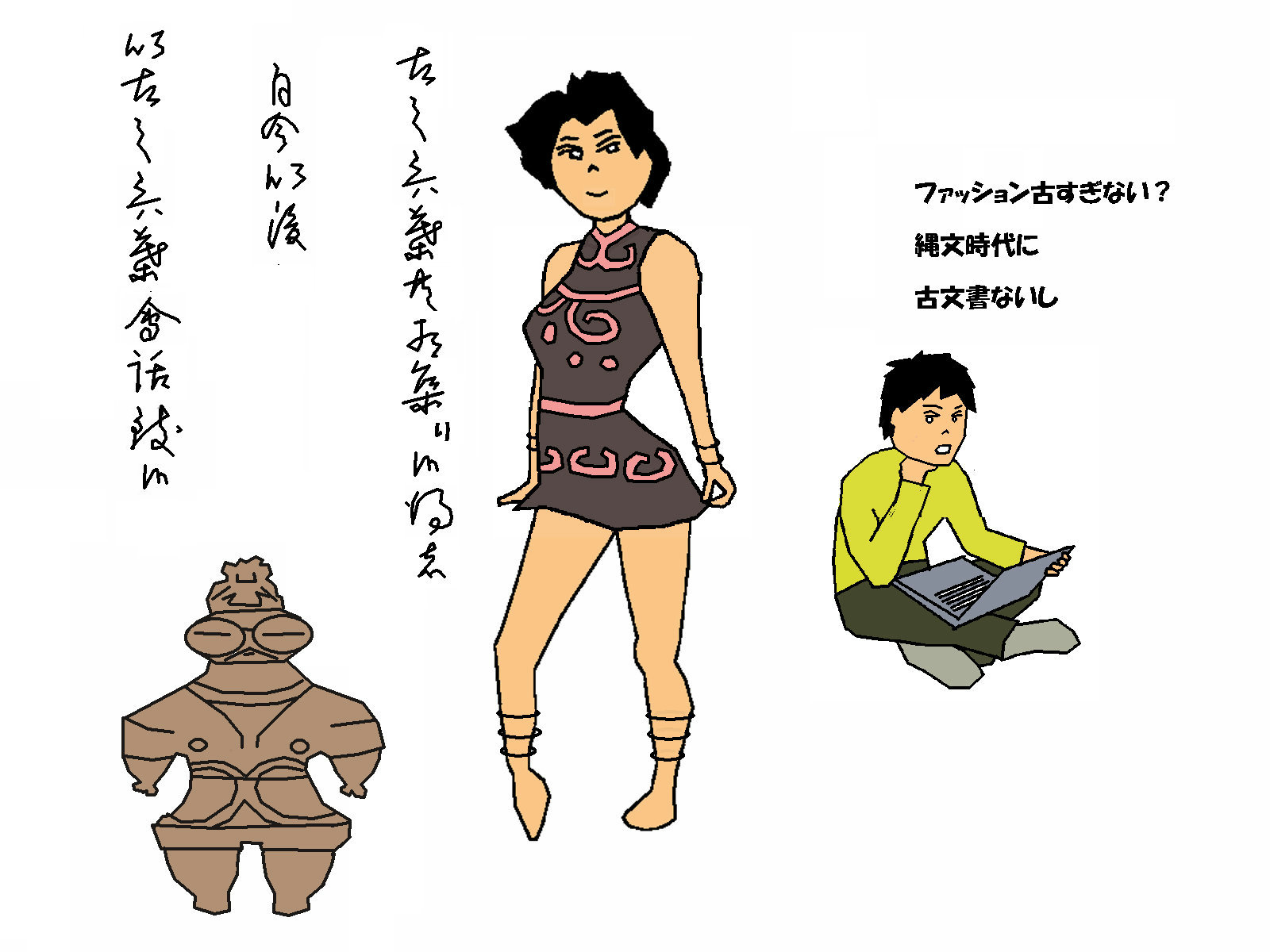
テキスト13 いにしえ(解説アニメ)
Elder sister:
The old words has been gathered.
From now on, I speak in classical Japanese language.
Younger brother:
Your fashion is too old.
And there were no documents in that period. (Late stone age.)
//////////////////////////////////////////////////////////////////////////////////////////////////////////////////////////////////////////////////////////////////////
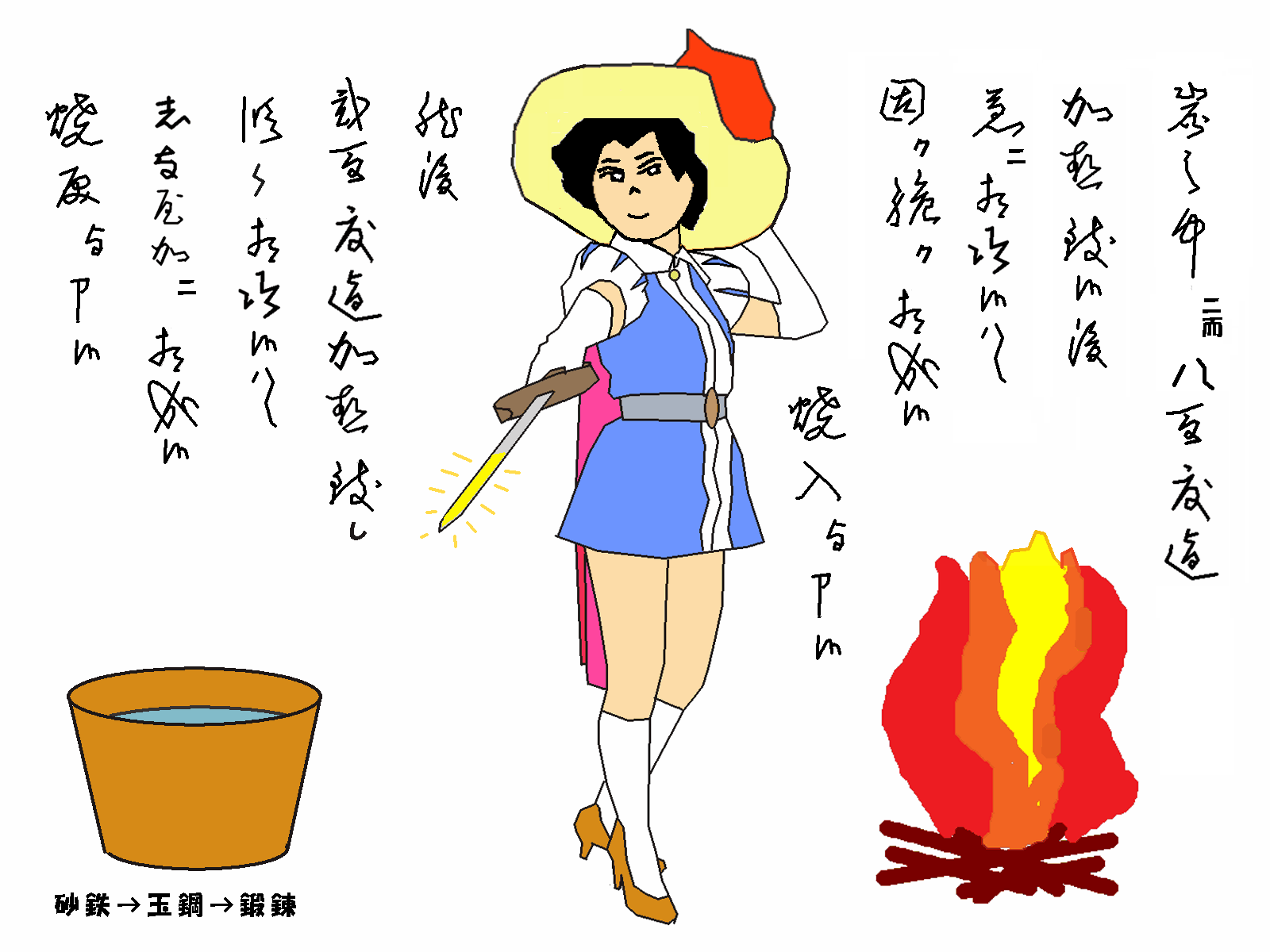
テキスト14 焼入(解説アニメ)
After heating up to 800 degrees in charcoal,
cool it down suddenly.
It becomes hard and brittle.
It is called quenching.
After that, heat it to 200 degrees and slowly cool it down.
It becomes flexible.
It is called tempering.
//////////////////////////////////////////////////////////////////////////////////////////////////////////////////////////////////////////////////////////////////////
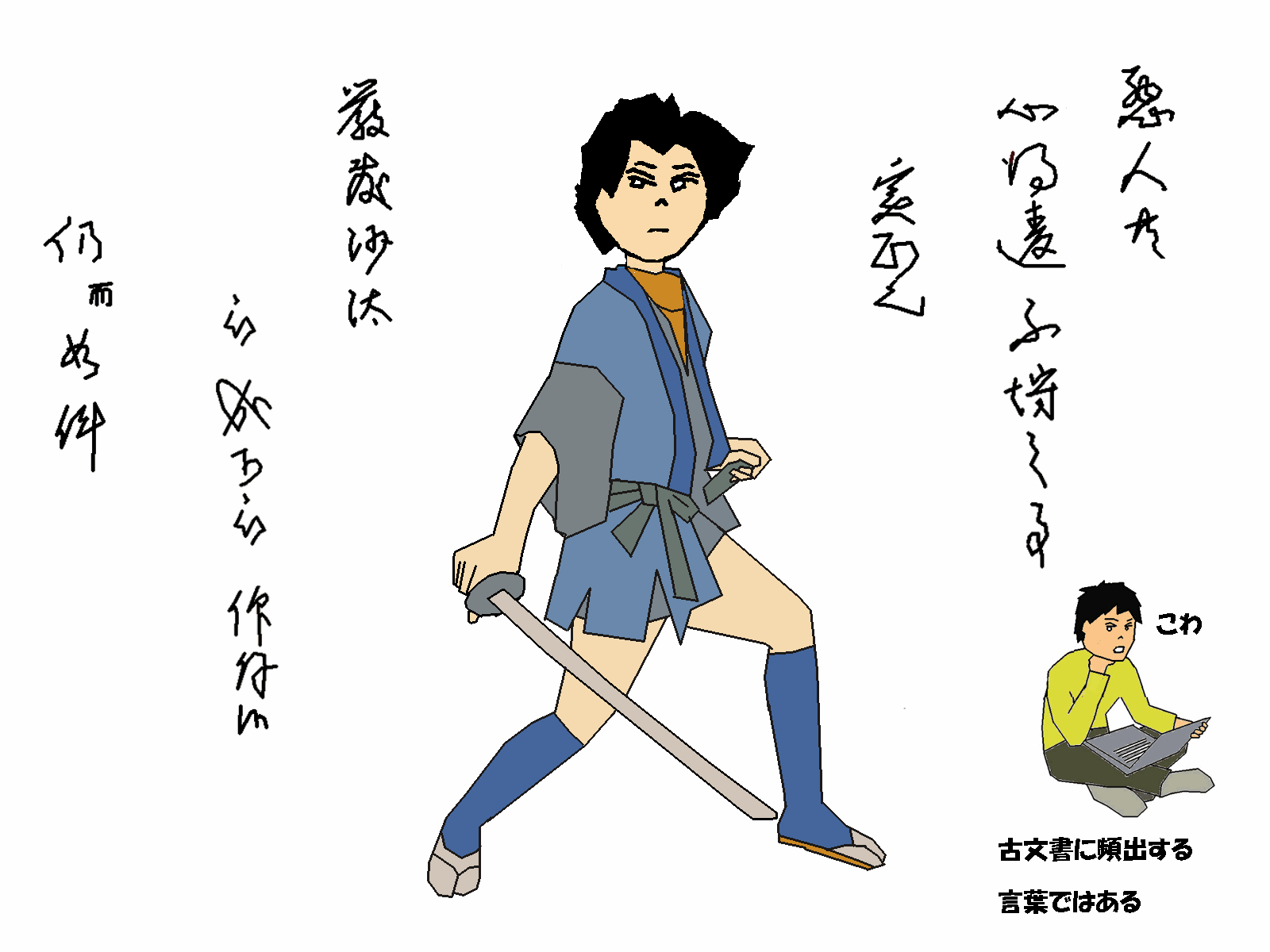
テキスト15 沙汰(解説アニメ)
Elder sister:
Bad guys, your crime has been proved.
Severe punishment will be sentenced.
As usual. (A cliche that is written at the end of a sentence.).
Younger brother:
Terrible. But frequently used words in classical documents.
//////////////////////////////////////////////////////////////////////////////////////////////////////////////////////////////////////////////////////////////////////
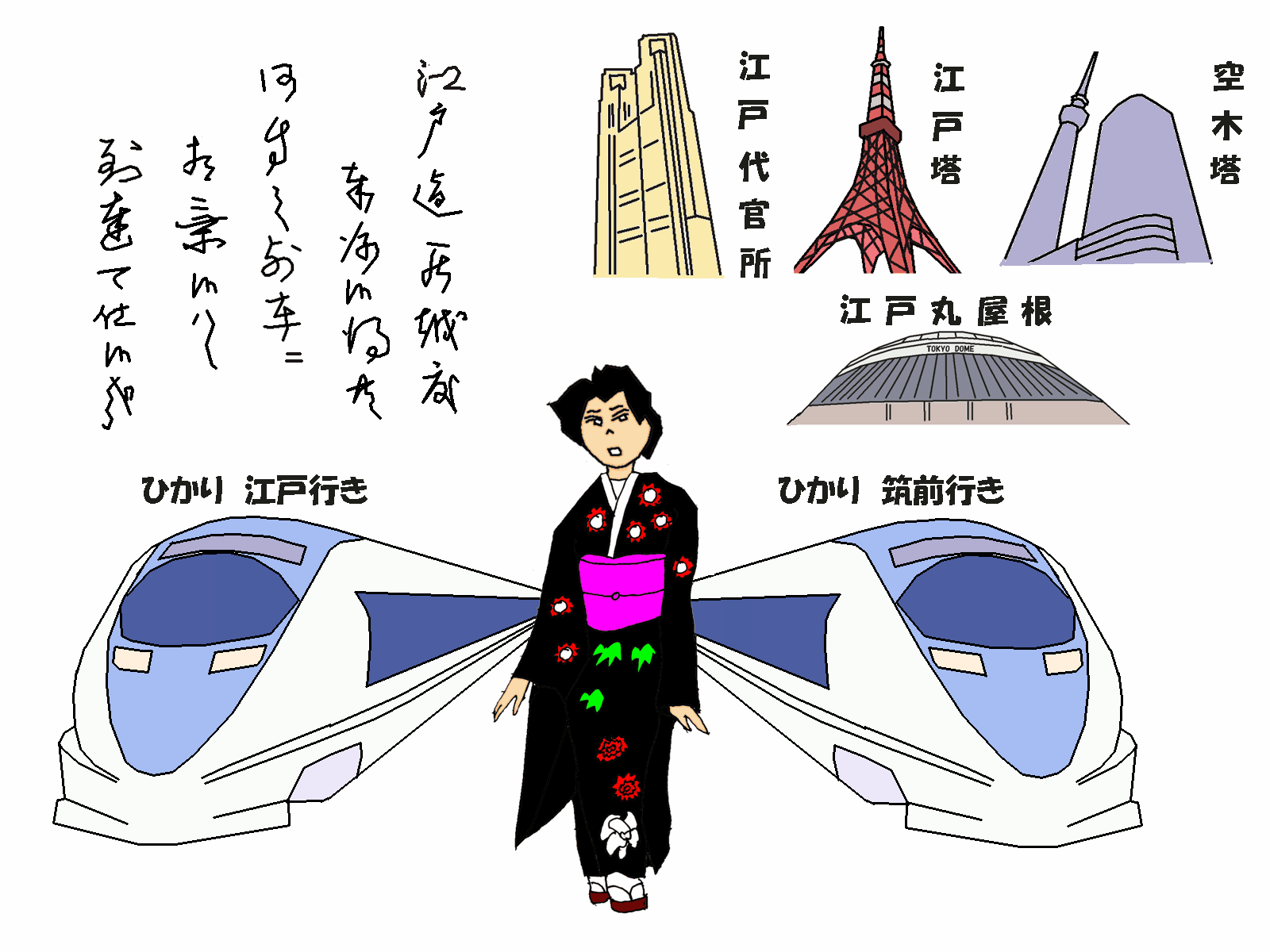
テキスト16 列車(解説アニメ)
I'd like to go to Edo (Tokyo).
Which train should I take?
//////////////////////////////////////////////////////////////////////////////////////////////////////////////////////////////////////////////////////////////////////
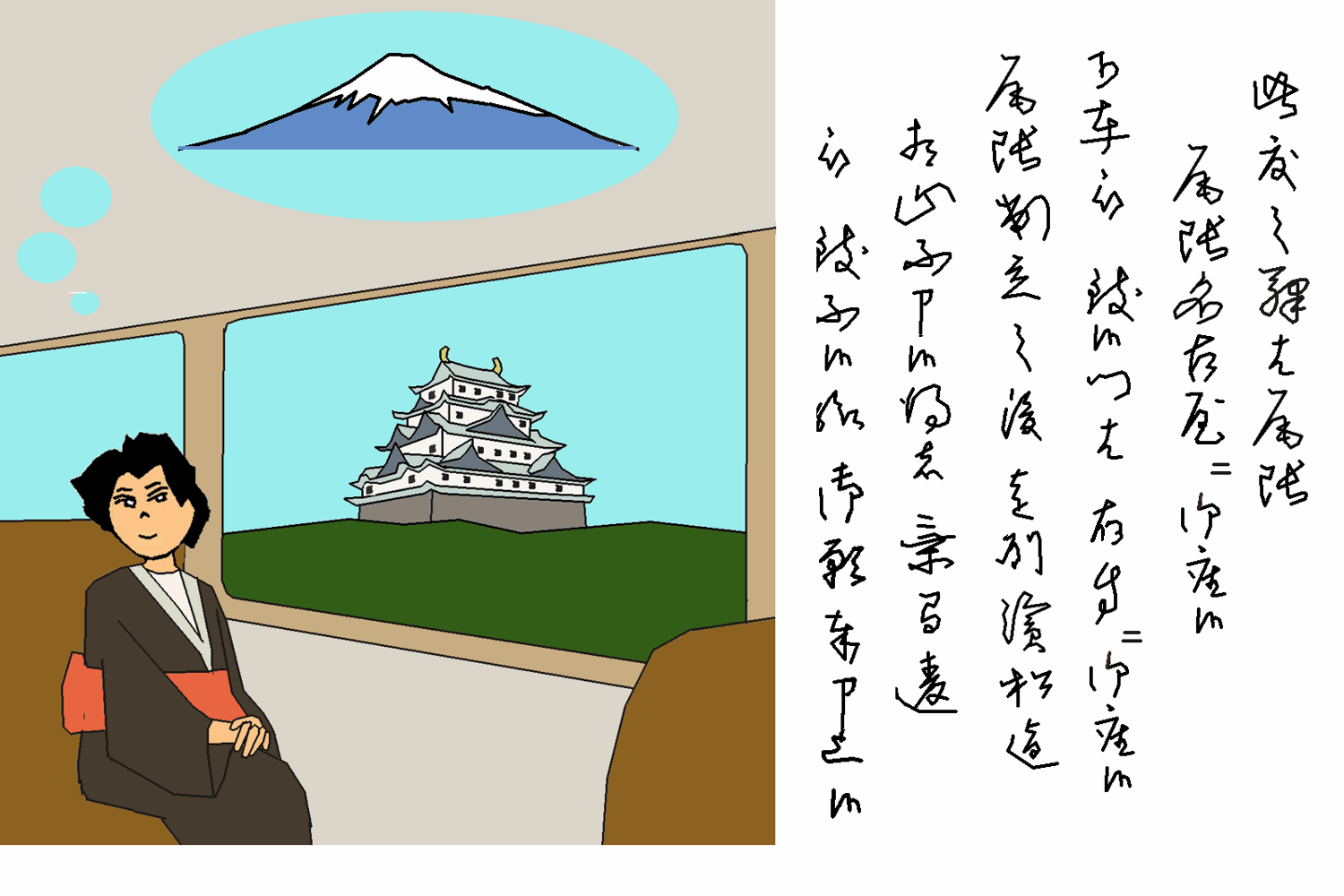
テキスト17 此度(解説アニメ)
テキスト18 此度二(解説アニメ)
We will soon make a brief stop at Owari-Nagoya.
Doors on the right side will open.
After leaving Nagoya, we will stop at Enshu-Hamamatsu.
Please be careful not to miss your stop.
//////////////////////////////////////////////////////////////////////////////////////////////////////////////////////////////////////////////////////////////////////
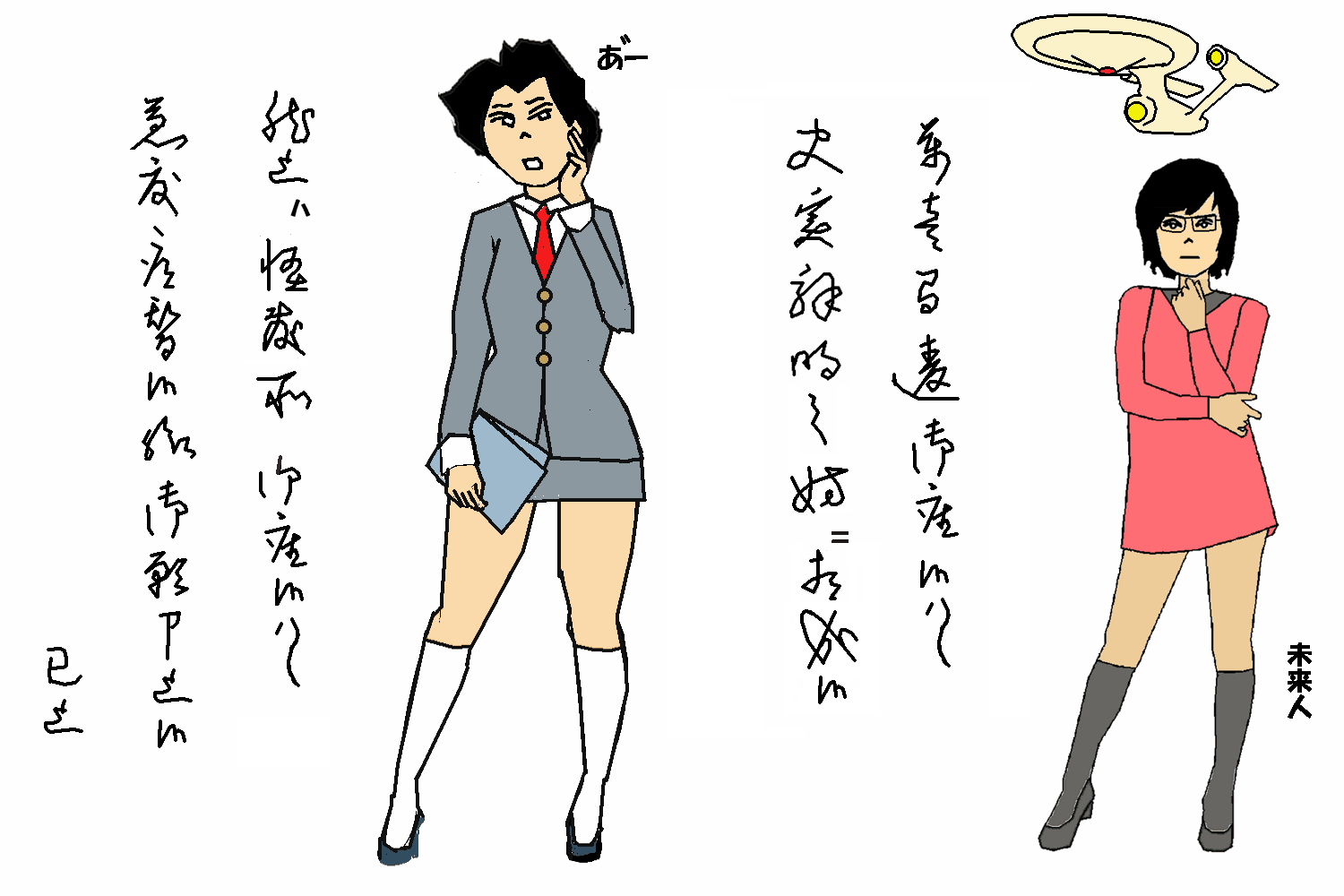
A future woman:
テキスト19 未来人(解説アニメ)
If there was a fake description, it would be an obstacle against our historical investigations.
If it contains a doubtful description, remove it, please.
End transmission.
Elder sister: Oh!
//////////////////////////////////////////////////////////////////////////////////////////////////////////////////////////////////////////////////////////////////////
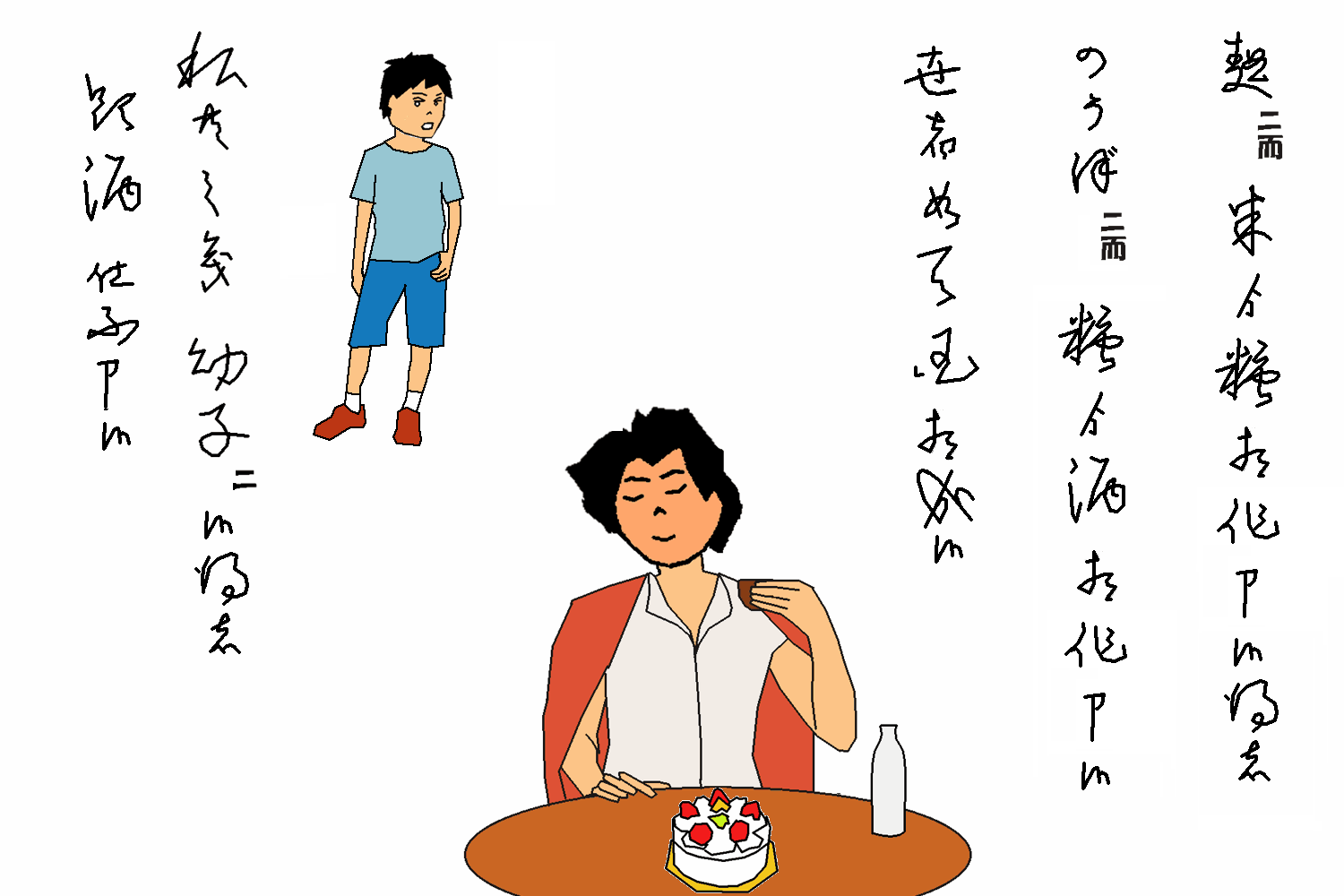
かうぼ=酵母
テキスト20 酒(解説アニメ)
Elder sister:
Malt makes glucose from rice.
Yeast makes alcohol from glucose.
And alcohol. It heals my heart.
Younger brother:
Because I am a child, I can't drink alcohol.
//////////////////////////////////////////////////////////////////////////////////////////////////////////////////////////////////////////////////////////////////////
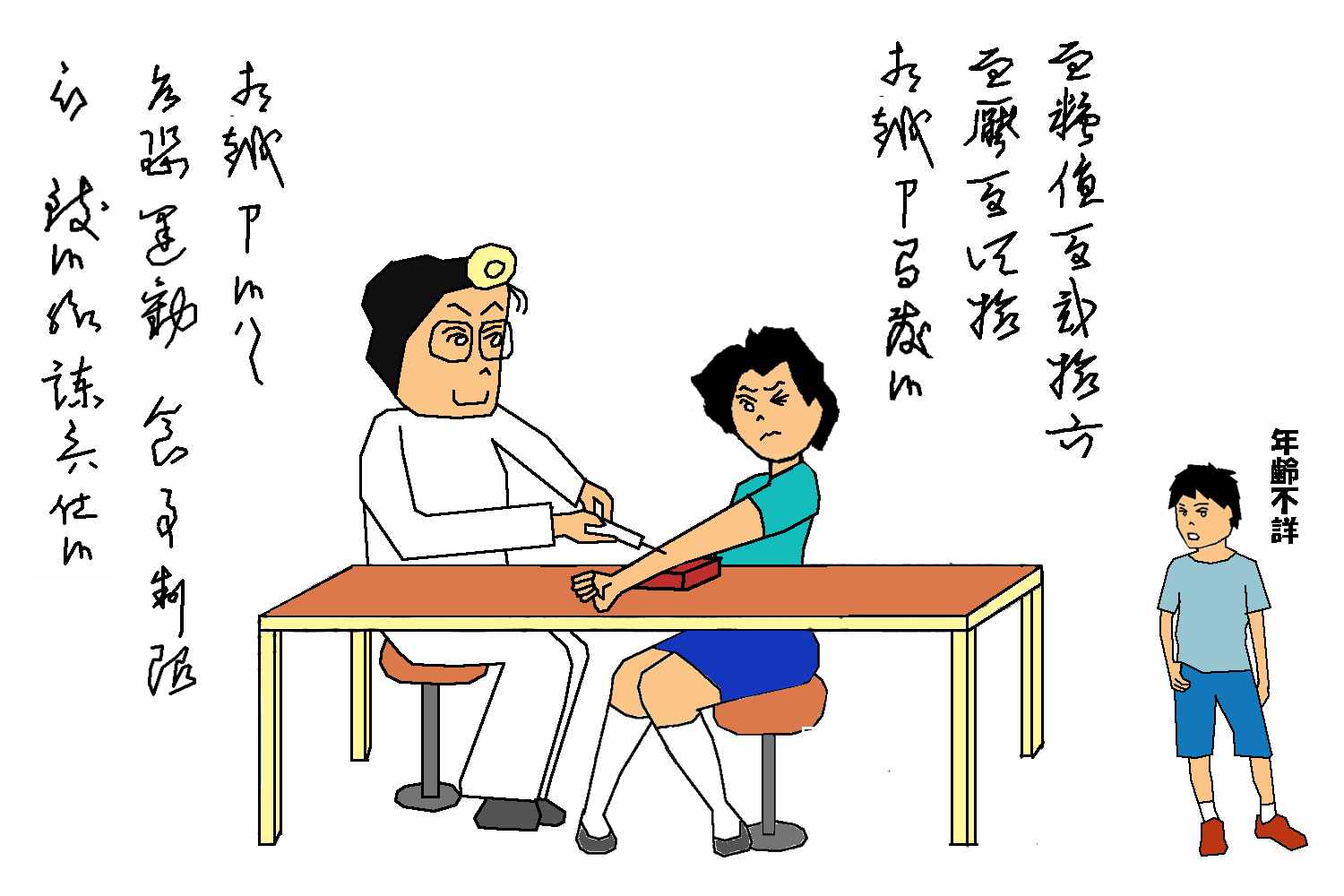
テキスト21 医者(解説アニメ)
Doctor:
Blood glucose level 126, Blood pressure 140. You must not exceed this.
If you exceed , I have to advice you sports & dietary restrictions.
Younger brother:
Her age is unknown.
//////////////////////////////////////////////////////////////////////////////////////////////////////////////////////////////////////////////////////////////////////
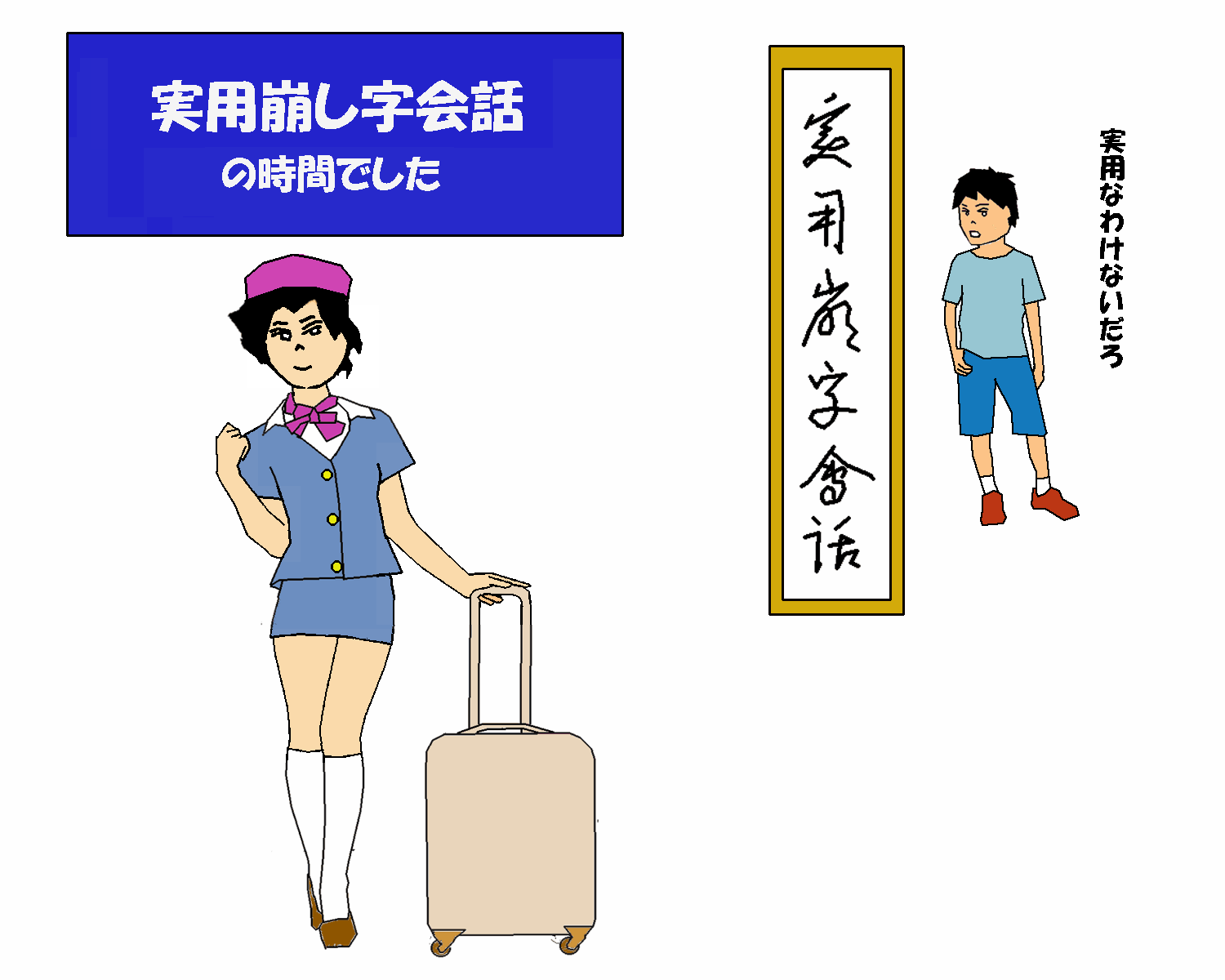
テキスト22 会話(解説アニメ)
Elder sister:
Practical conversation using Japanese classical document style language.
Younger brother:
How can it be practical?
//////////////////////////////////////////////////////////////////////////////////////////////////////////////////////////////////////////////////////////////////////
四.等敷相見江候崩字ニ付比較致候
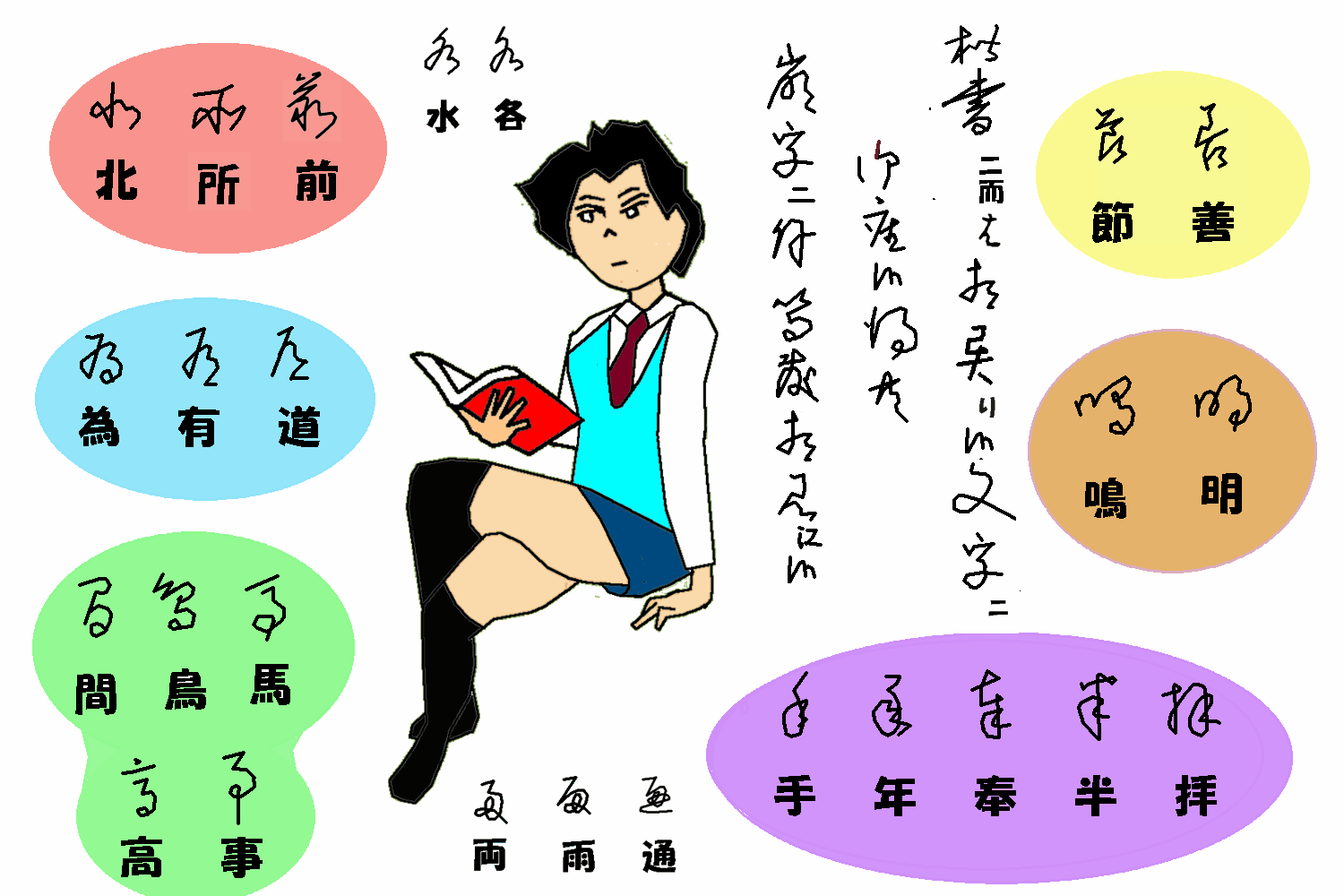
テキスト23 等敷(解説アニメ)
When written in current font, they are completely different.
But when written in cursive style, they look very much alike.
//////////////////////////////////////////////////////////////////////////////////////////////////////////////////////////////////////////////////////////////////////
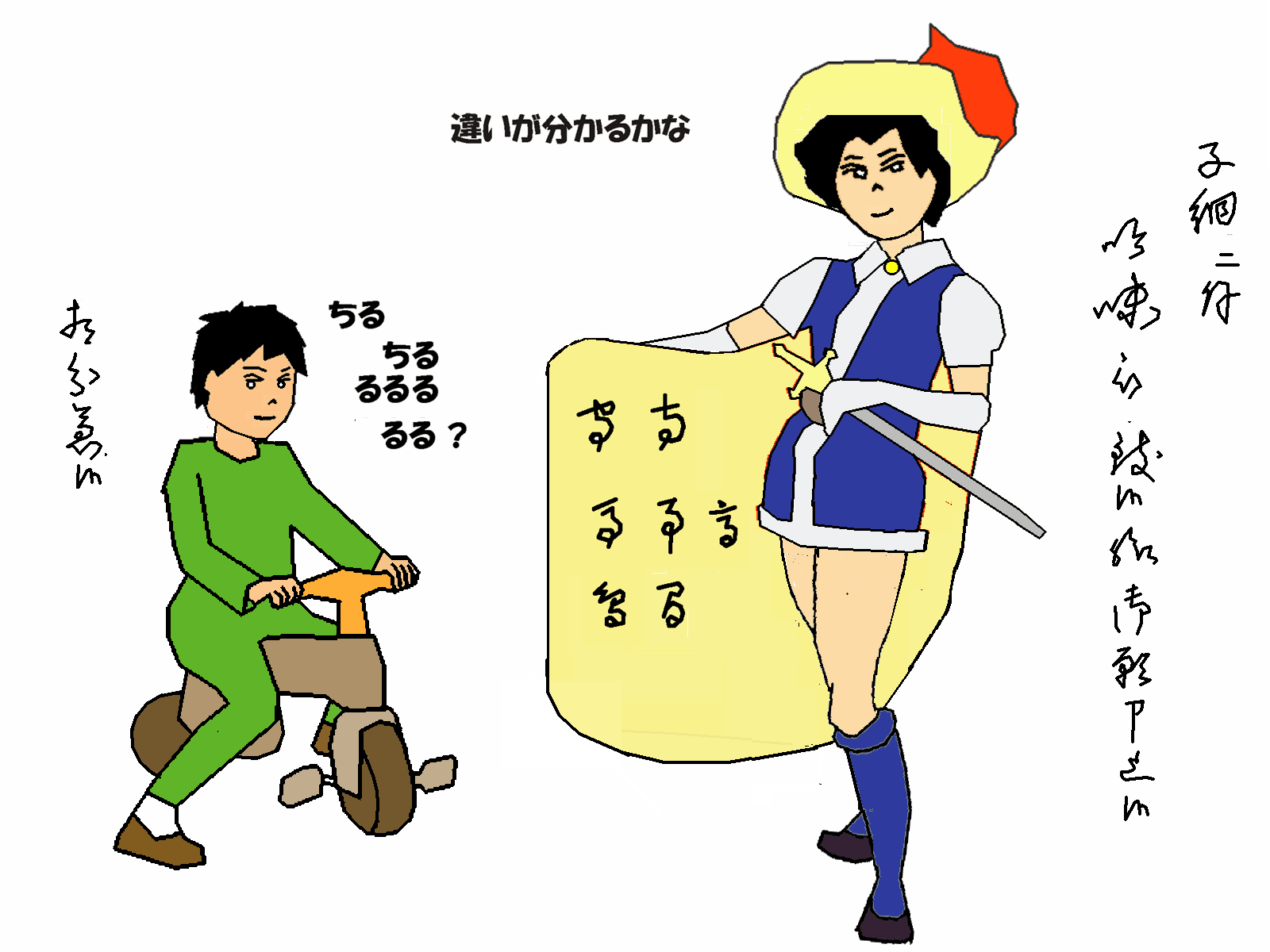
テキスト24 吟味(解説アニメ)
Elder sister:
Can you make out the slight difference?
Younger brother:
No I can't.
Chiruchiru rururu ruru?
//////////////////////////////////////////////////////////////////////////////////////////////////////////////////////////////////////////////////////////////////////
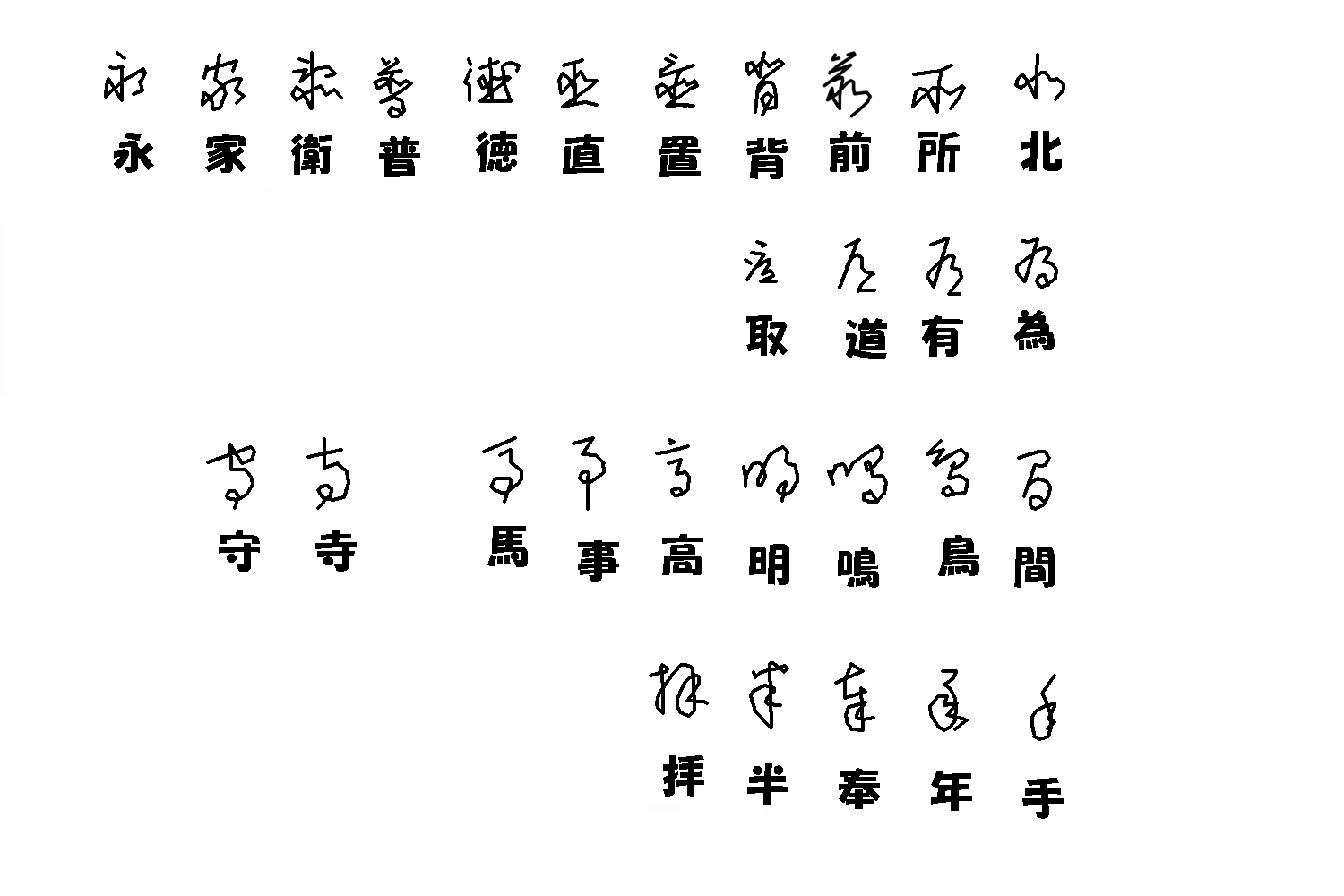
永0 家 衛2 普 徳 直 置 背 前 所 北
取 道 有2 為
守0 寺 馬 事 高 明 鳥 間
拝 半 奉 年 手
//////////////////////////////////////////////////////////////////////////////////////////////////////////////////////////////////////////////////////////////////////
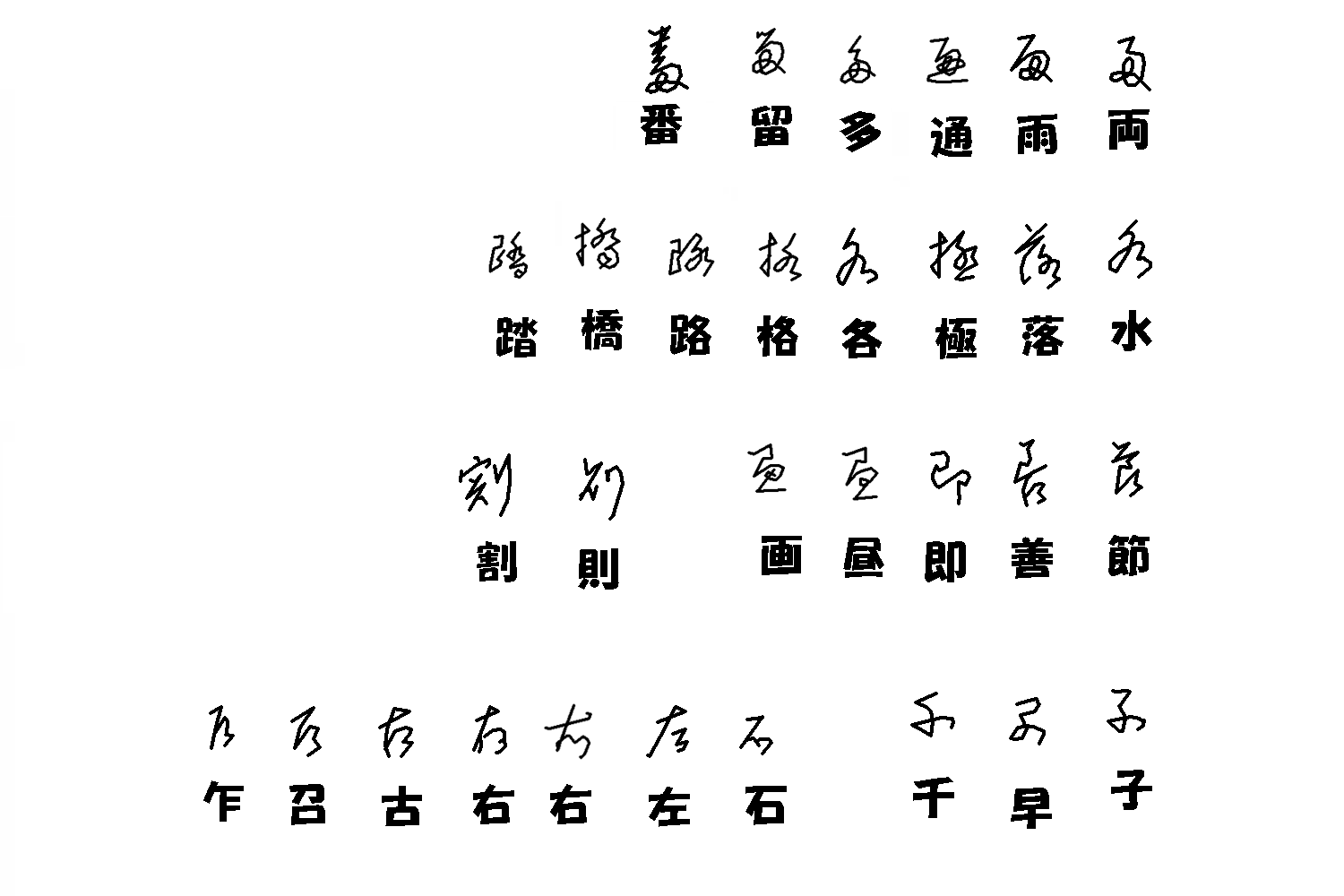
番 留 多0 通 雨 両
踏0 橋 路 格 各0 極 落 水
割 則 画0 昼 即 善 節
乍 召 古 右2 右1 左 石 千 早 子0
//////////////////////////////////////////////////////////////////////////////////////////////////////////////////////////////////////////////////////////////////////
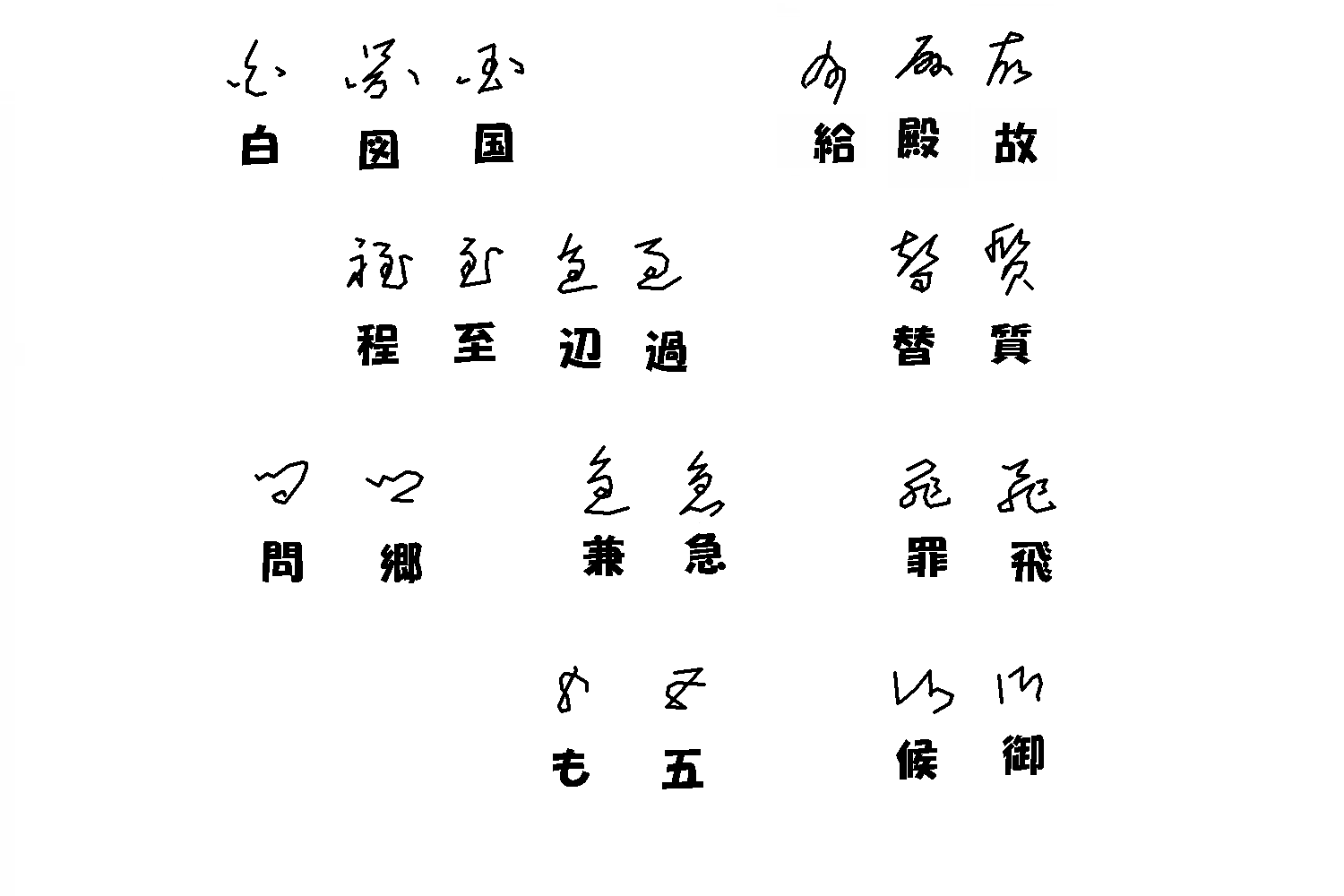
白 図 国 給 殿 故
程 至 辺 過 替 質
問 郷 兼 急 罪 飛
も0 五 候 御2
//////////////////////////////////////////////////////////////////////////////////////////////////////////////////////////////////////////////////////////////////////
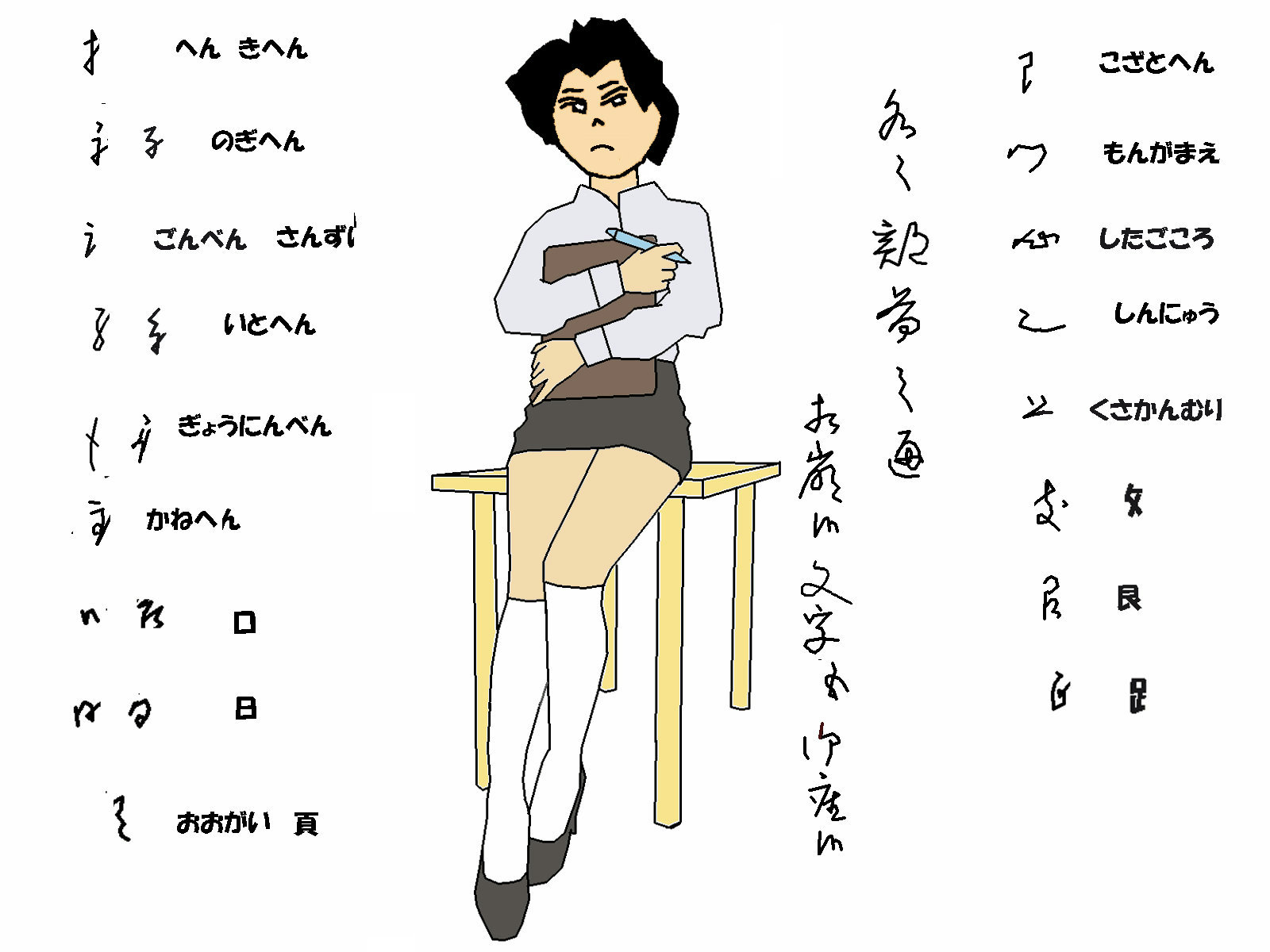
テキスト25 部首(解説アニメ)
In many cases, each part is regularly converted to cursive style.
//////////////////////////////////////////////////////////////////////////////////////////////////////////////////////////////////////////////////////////////////////
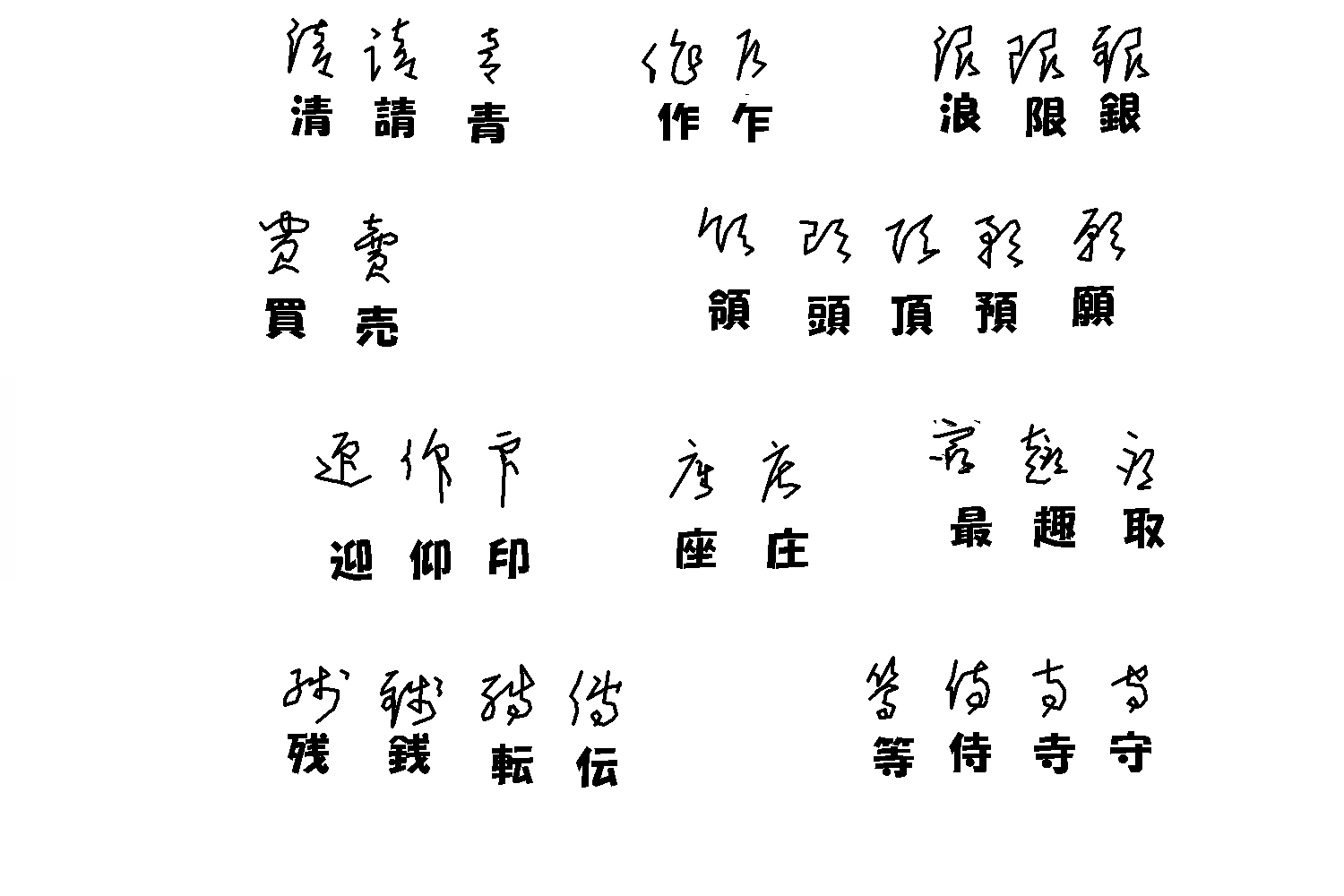
清0 請 青 作 乍 浪0 限 銀
買 売 領 頂 預 願
迎 仰1 印 座 庄 最 趣 取
残 銭2 転0 伝 等2 侍 寺 守0
//////////////////////////////////////////////////////////////////////////////////////////////////////////////////////////////////////////////////////////////////////
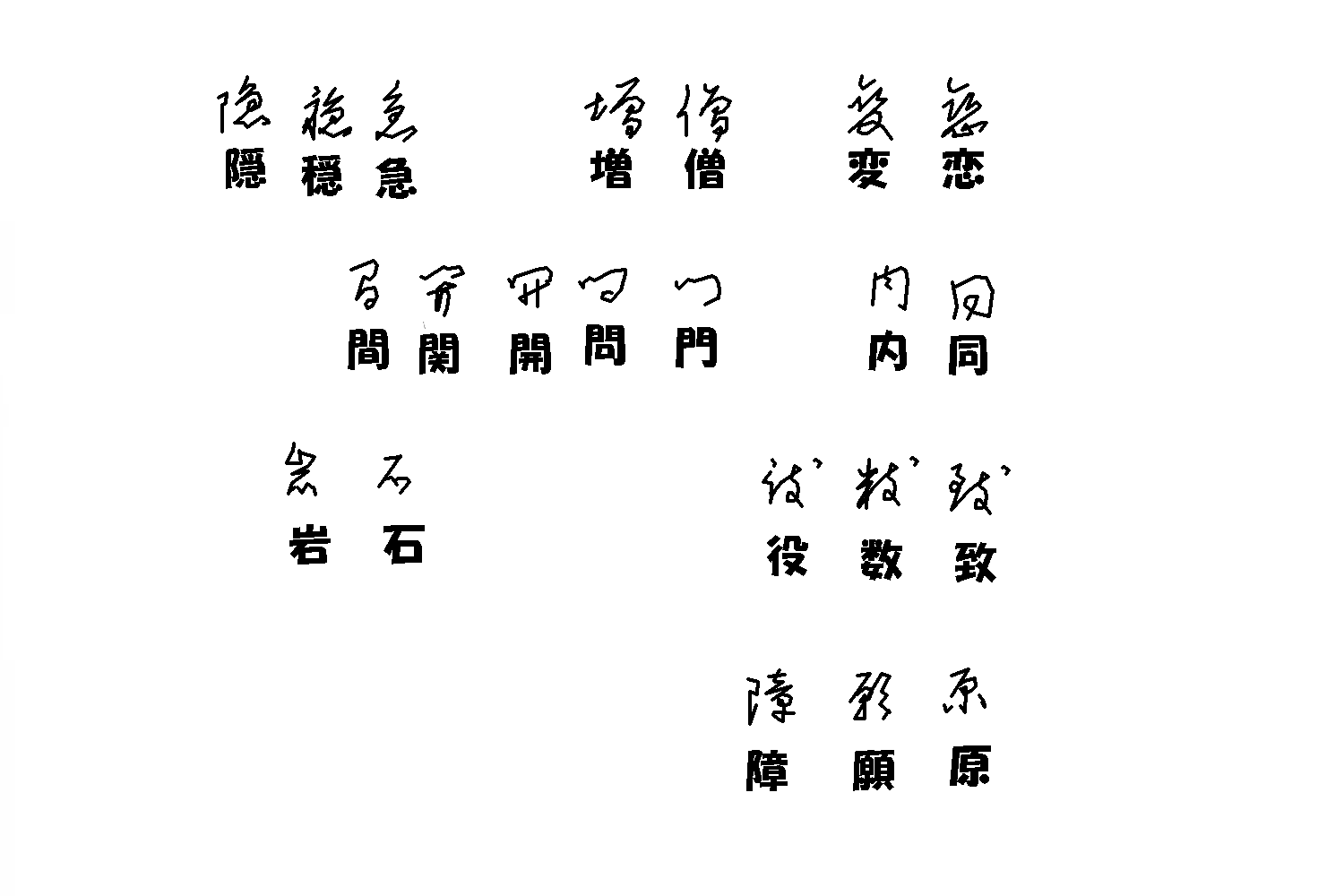
隠 穏 急 増0 僧 変 恋
間 関0 開 門 内 同
岩0 石 役 数 致
障 願 原0
//////////////////////////////////////////////////////////////////////////////////////////////////////////////////////////////////////////////////////////////////////
五.町中之古文ニ付解読致候
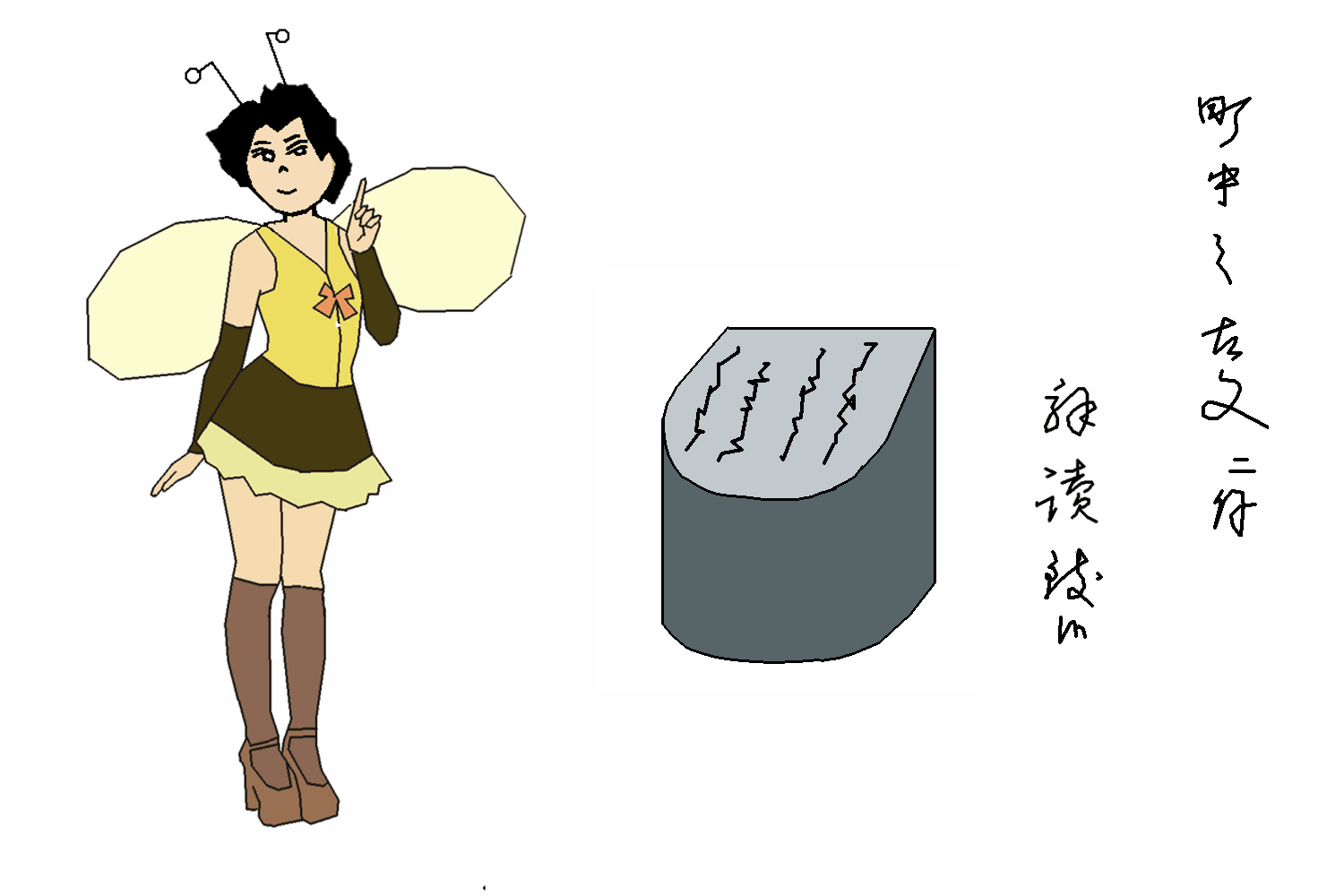
テキスト26 街中(解説アニメ)
Let's interpret clasical Japanese laguage that is found in our city.
//////////////////////////////////////////////////////////////////////////////////////////////////////////////////////////////////////////////////////////////////////
大阪市西区雑喉場橋 (ざこばばし)横
Zakoba Bridge,
West Ward,
Osaka city
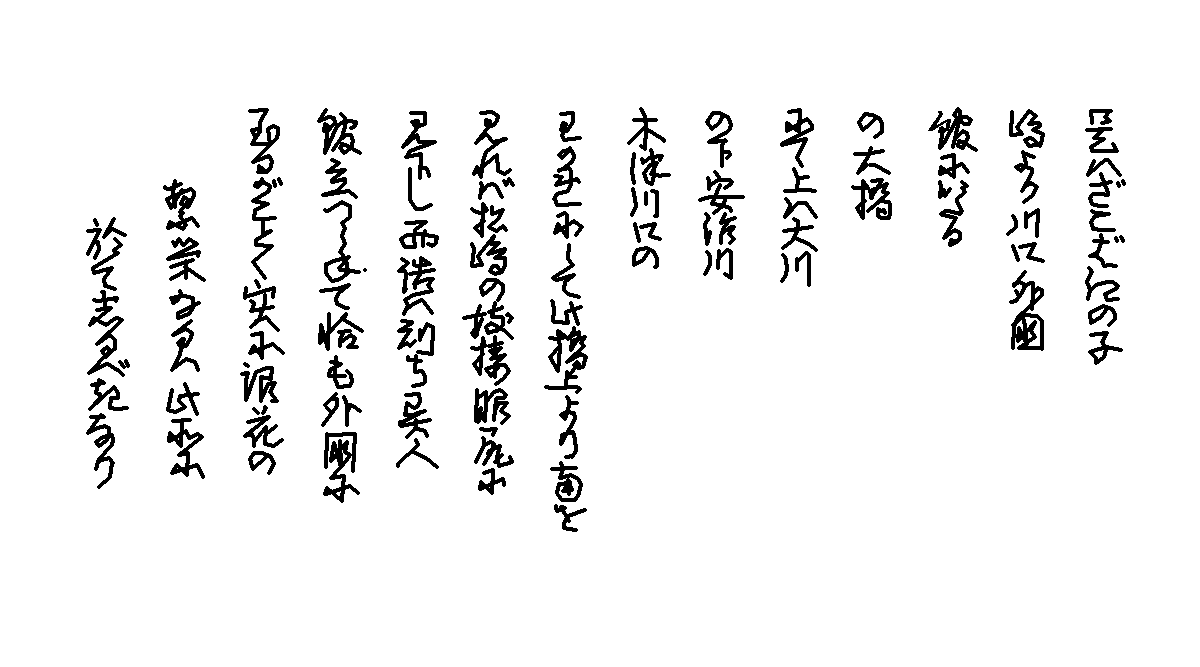
是ハざこば江の子
嶋より川口外国
館にいたる
の大橋
にて上ハ大川
の下安治川
木津川口の
わかれにして此橋上より南を
見れバ松嶋の妓楼眼尻に
見下し西詰ハ則ち異人
館立つらねて恰も外国に
至るがごとく実に浪花の
繁栄なるハ此所に
於てしるべきなり
//////////////////////////////////////////////////////////////////////////////////////////////////////////////////////////////////////////////////////////////////////
尼崎市大物川(だいもつがわ)緑地
Daimotsu Gawa Green velt.
Amagasaki City
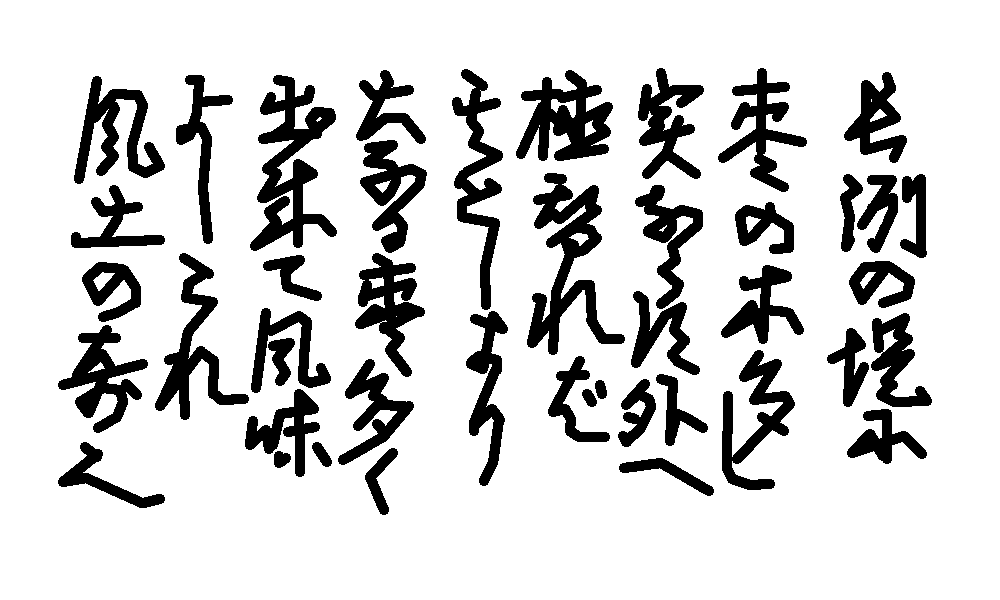
長洲の堤に
棗の木多し
実ならず外へ
植替れば
其としより
大なる棗おおく
出来て風味
よしこれ
風土の奇なり
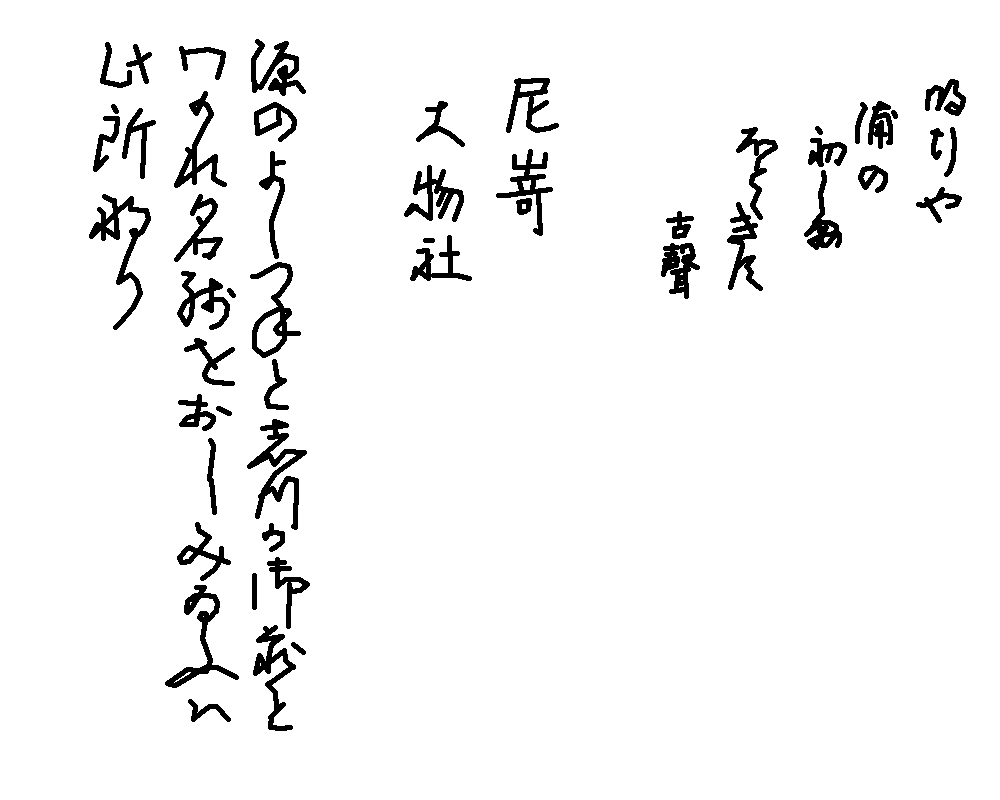
明月や
浦の
初しま
ほとときす
古聲
尼崎
大物社
源のよしつねとしづか御前と
わかれ名残をおしみ給ふは
此所なり
//////////////////////////////////////////////////////////////////////////////////////////////////////////////////////////////////////////////////////////////////////
大阪市東成区南深江バス停横
深江の菅笠
Umbrella manufactured in old ages in Fukae
Minami-Fukue bus stop
Higashinari-Ward
Osaka City
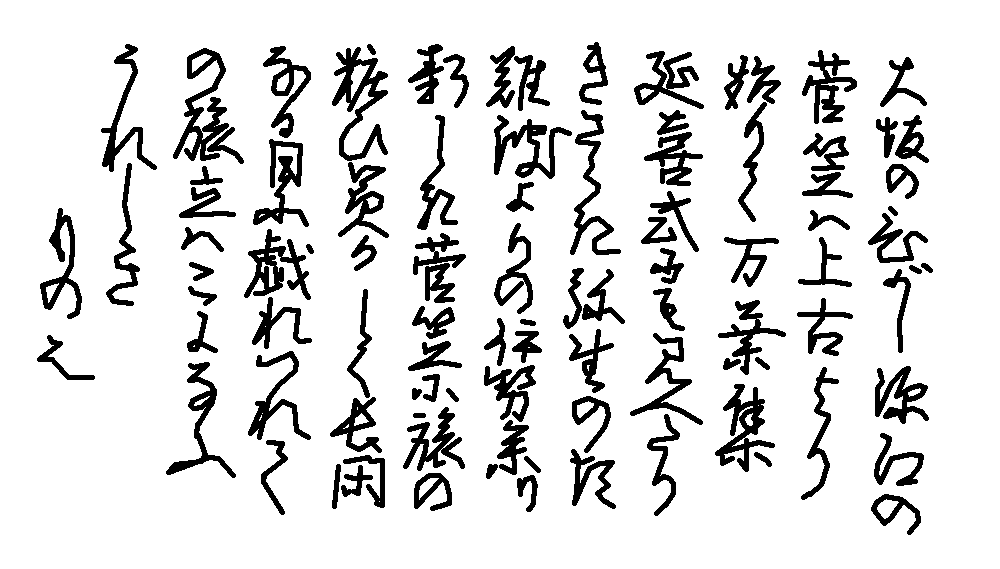
大坂のひがし深江の
菅笠ハ上古より
始りて万葉集
延喜式にも見えたり
きさらぎ弥生の頃
難波よりの伊勢参り
新しき菅笠に旅の
装ひ美々しく長閑
なる日に戯れつれて
の旅立ちハこよなふ
うれしきもの也
//////////////////////////////////////////////////////////////////////////////////////////////////////////////////////////////////////////////////////////////////////
東京メトロ副都心線 新宿3丁目改札外
江戸名所図会 内藤新駅
Ticket gate
Shinjuku 3-chome Station
Tokyo Metro Fukutoshin Line
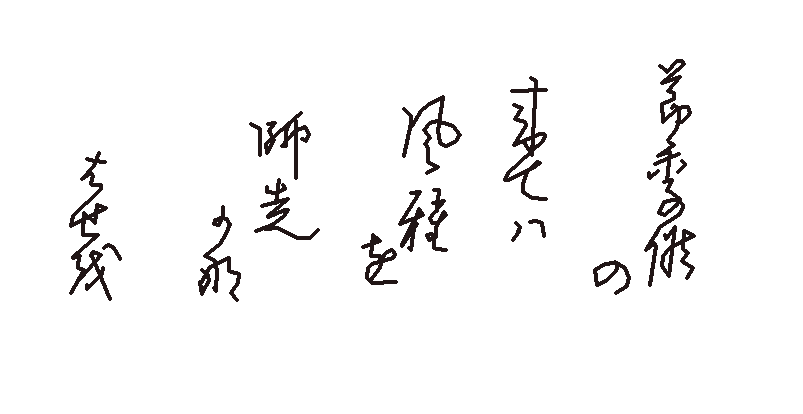
節季候(せきぞろ)の
来てハ
風雅を
師走かな
はせを(芭蕉)
//////////////////////////////////////////////////////////////////////////////////////////////////////////////////////////////////////////////////////////////////////
ブラタモリ 下北沢 森巌寺
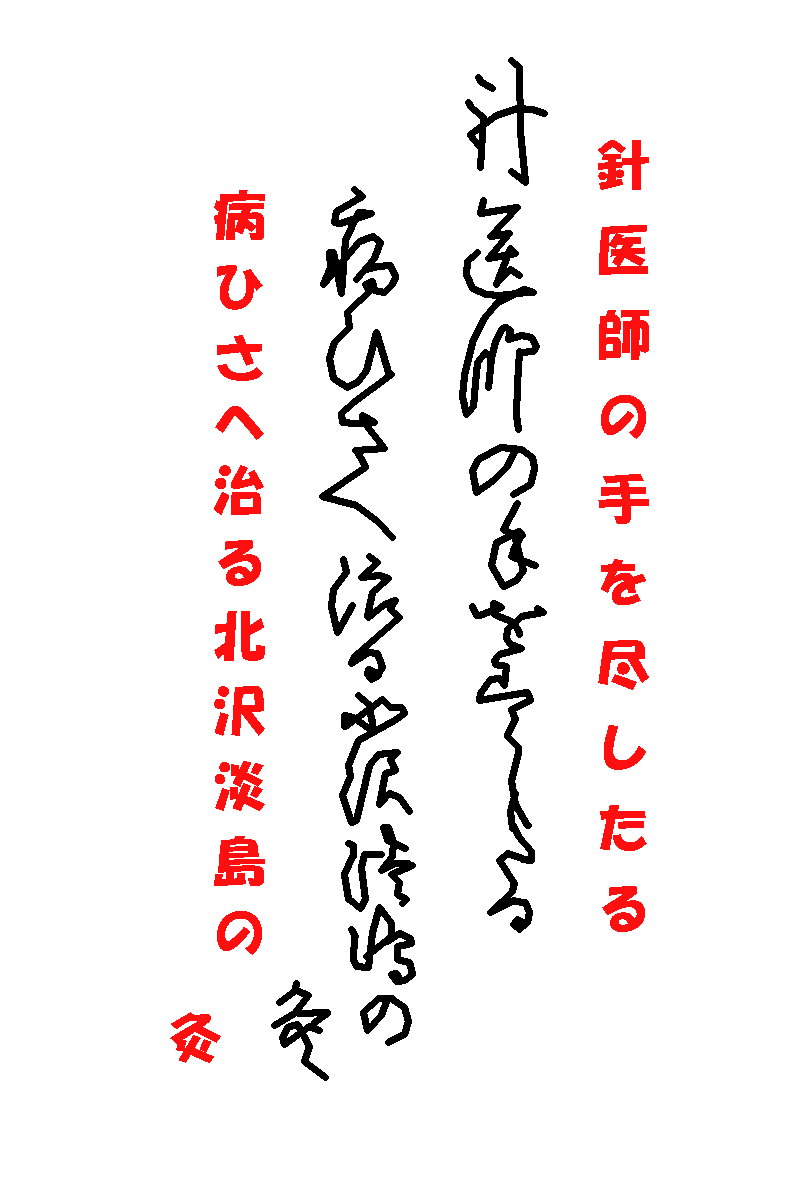
//////////////////////////////////////////////////////////////////////////////////////////////////////////////////////////////////////////////////////////////////////
尻無川 勘兵衛渡船
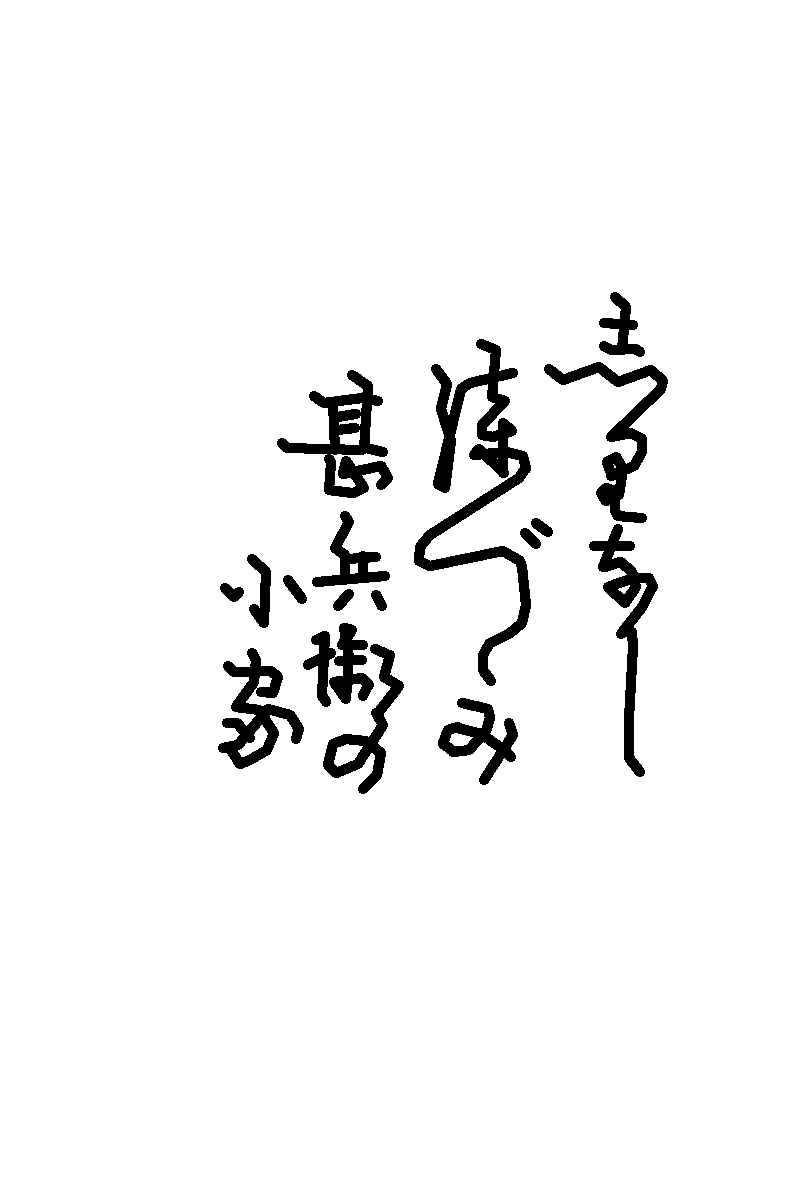
しりなしの漆づつみ勘兵衛の小家
//////////////////////////////////////////////////////////////////////////////////////////////////////////////////////////////////////////////////////////////////////
橋名板 今川緑道
橋名板 平野川
橋名板 平野川分水路
//////////////////////////////////////////////////////////////////////////////////////////////////////////////////////////////////////////////////////////////////////
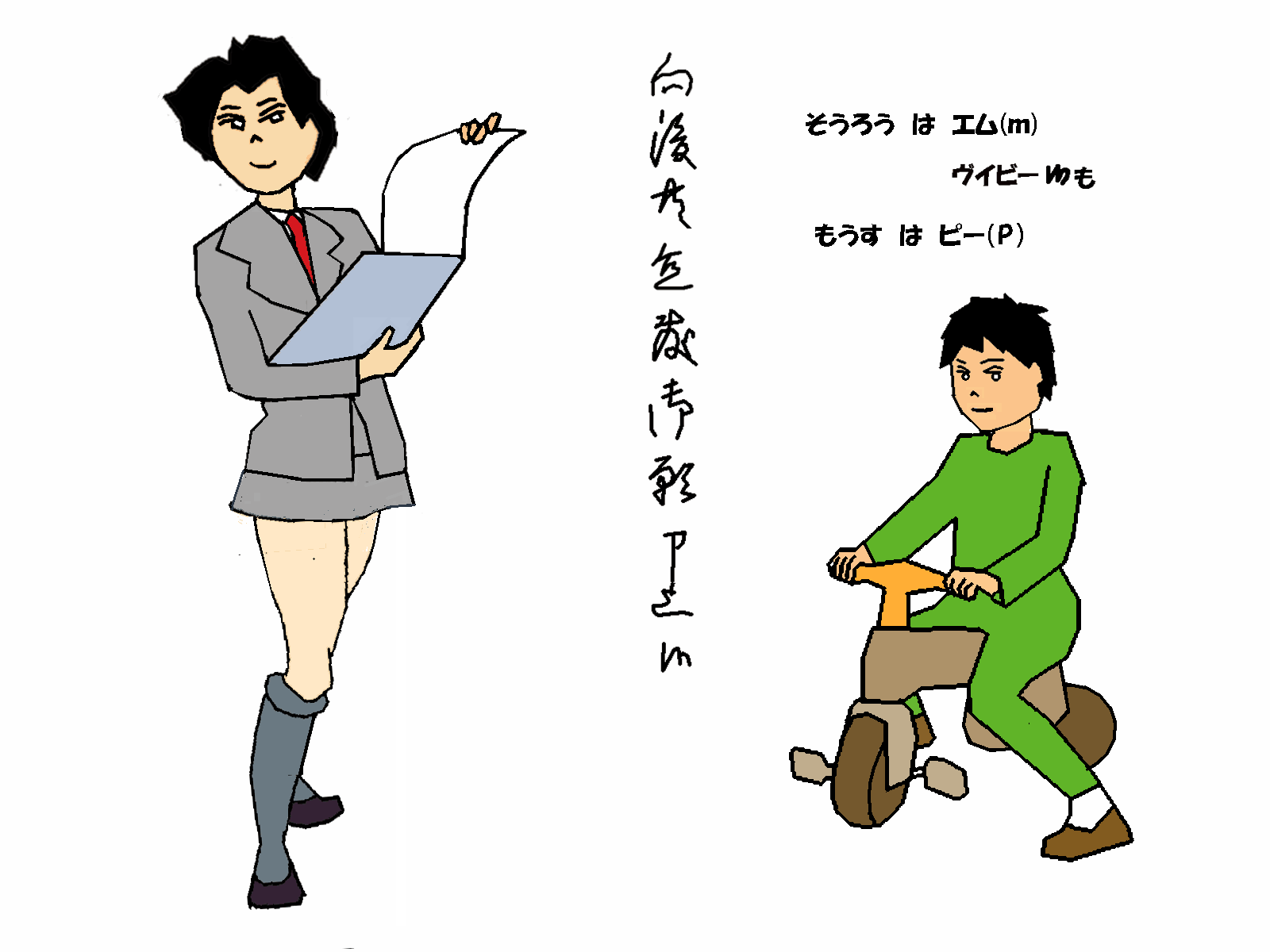
テキスト27 向後共(解説アニメ)
Elder sister:
I foresee a wonderful relationship moving forward.
Younger brother:
m is sourou. p is mousu.
Old Kanji tables///////////////////////////////////////////////////////////////////////////////////////////////////////////////////////////////////////////////////////////////////
あ行 a i u e o
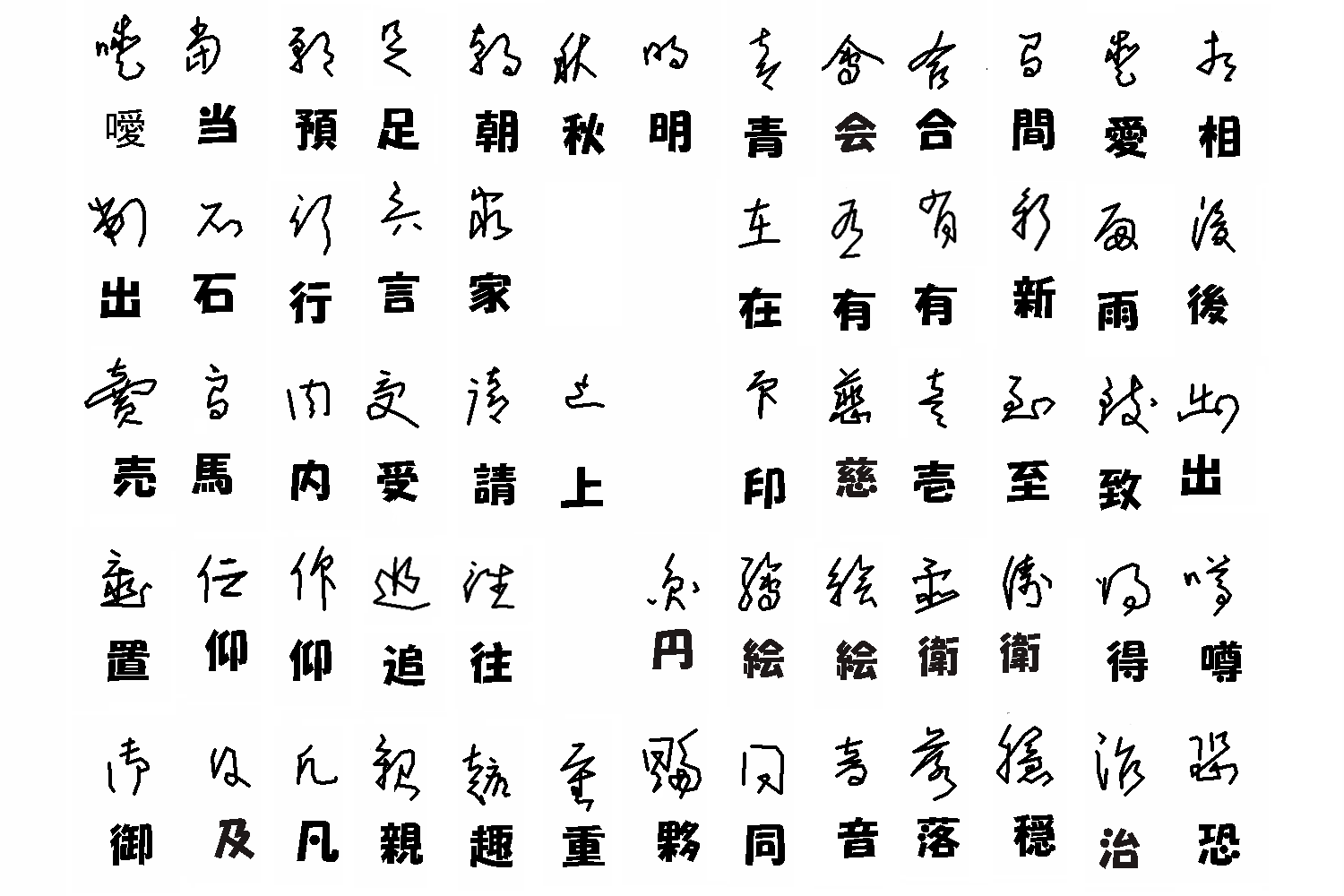
か行 ka ki ku ke ko
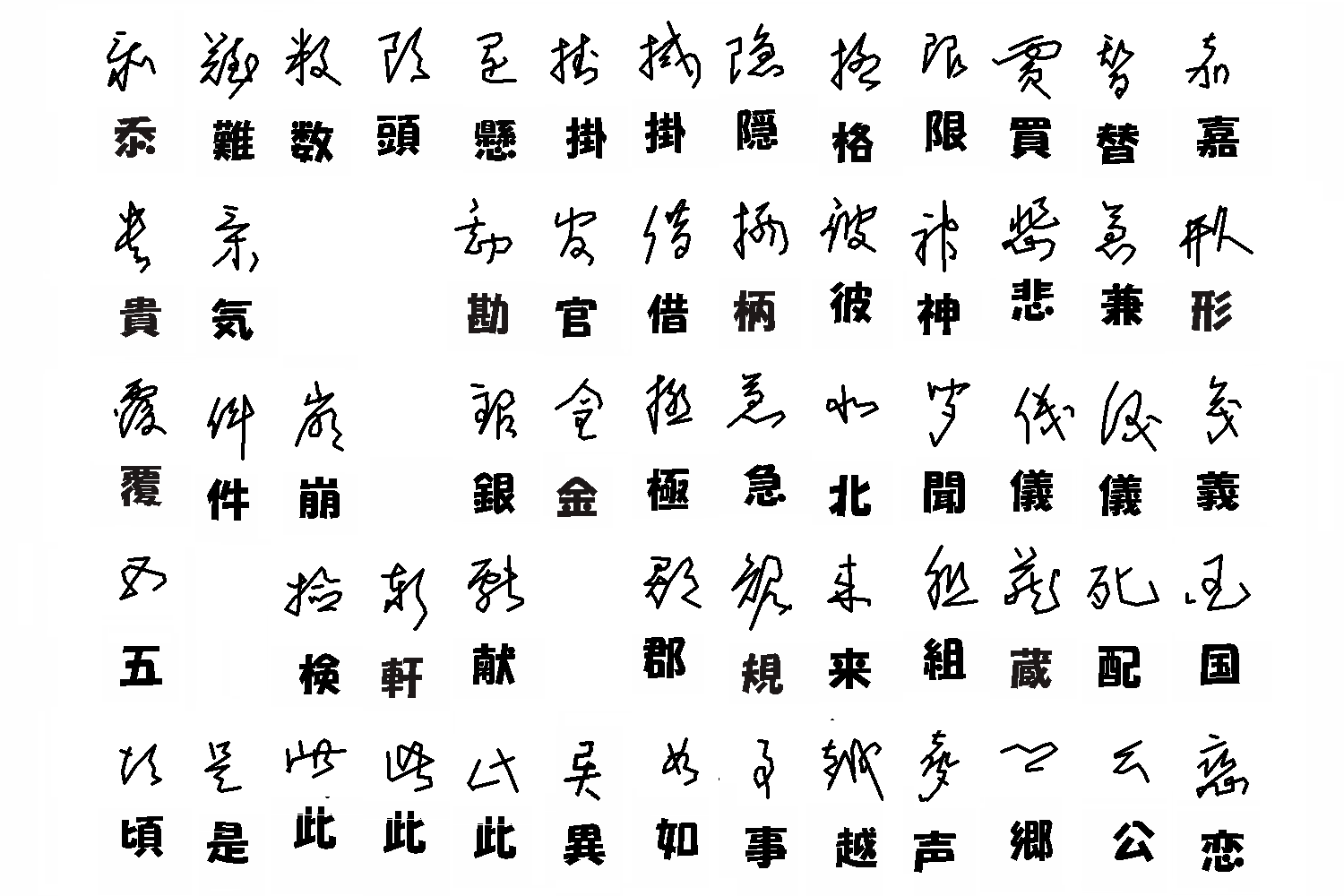
さ行 sa shi su se so
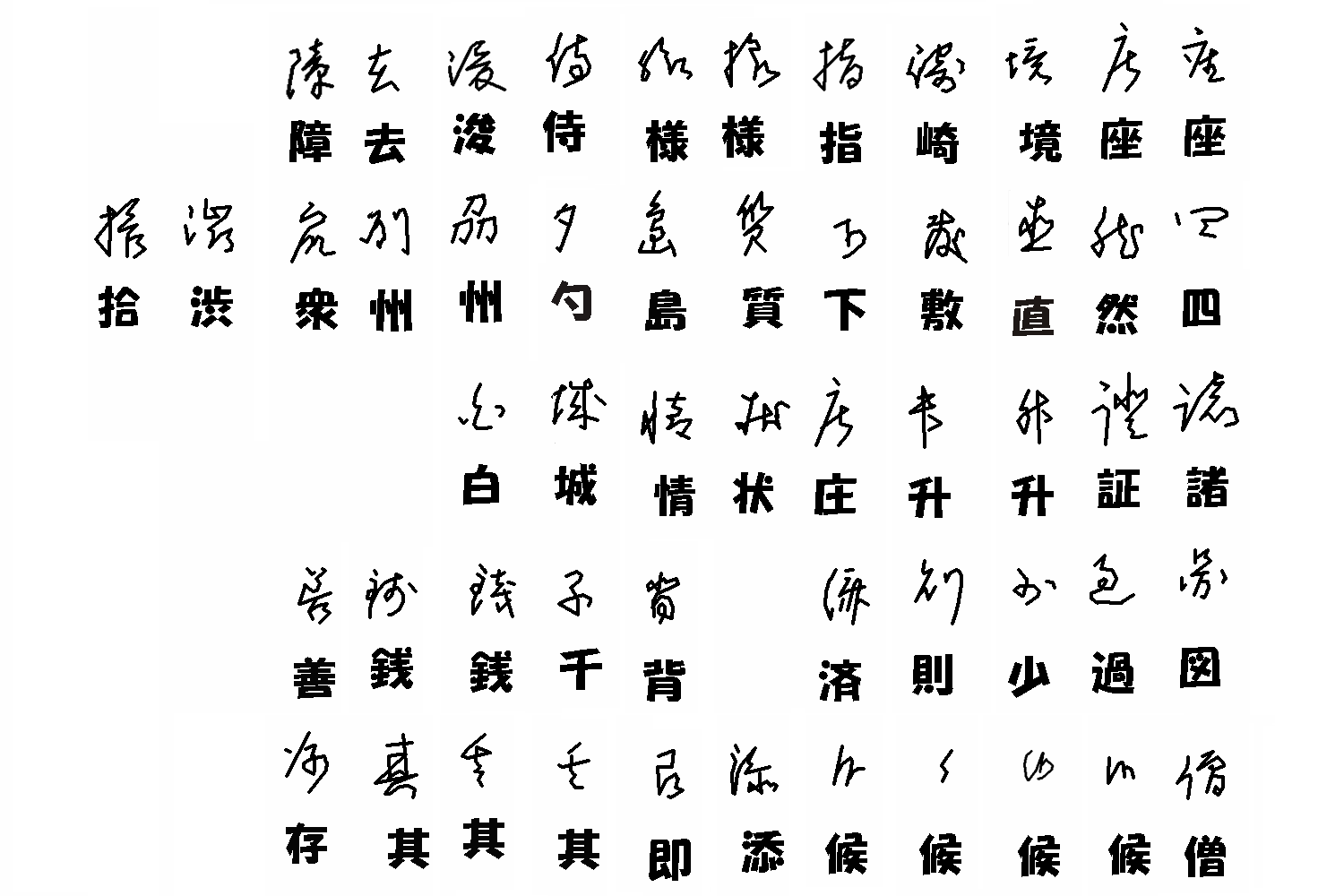
た行 ta chi tsu te to
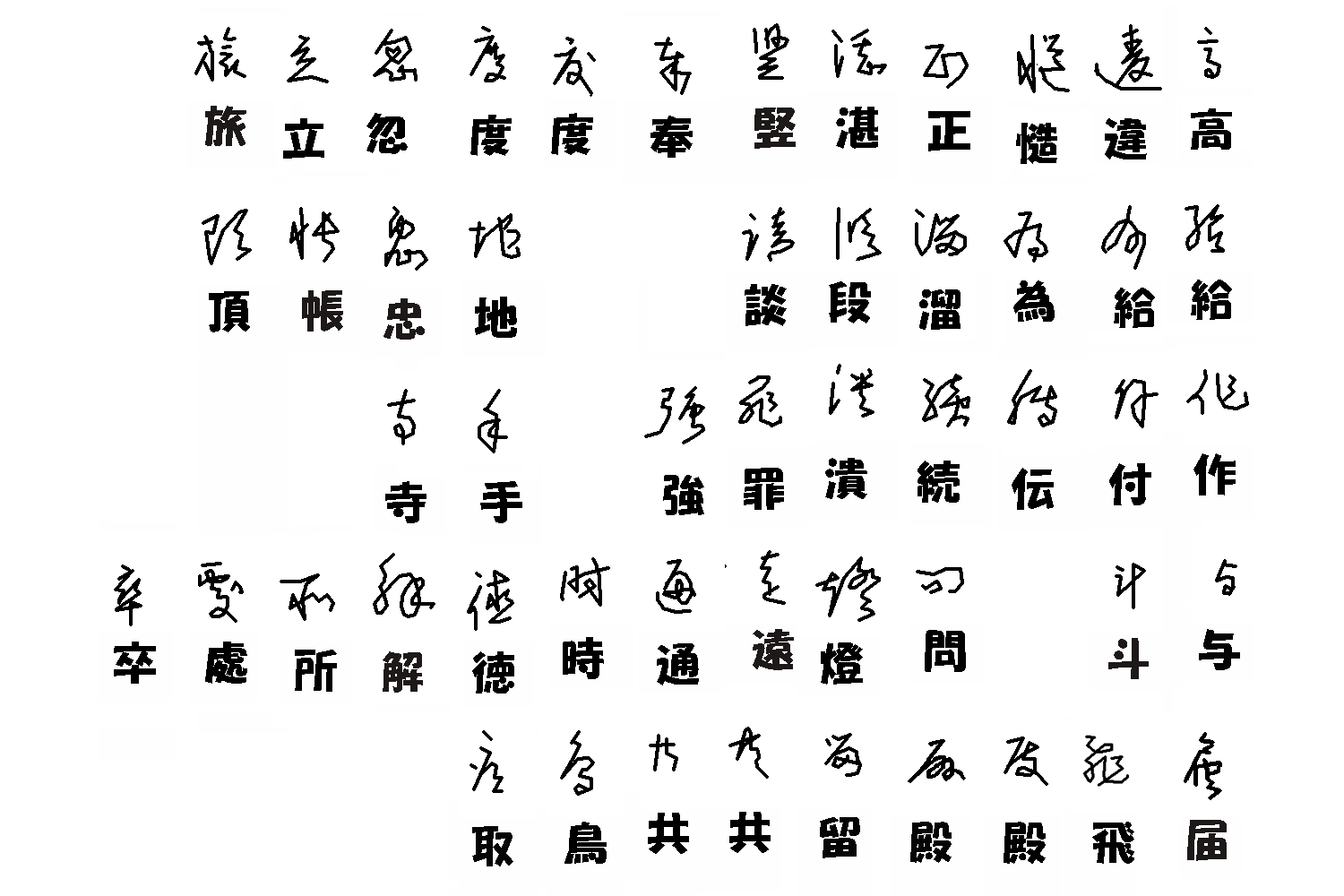
な行 は行 na ni nu ne no ha hi fu he ho (kanji)
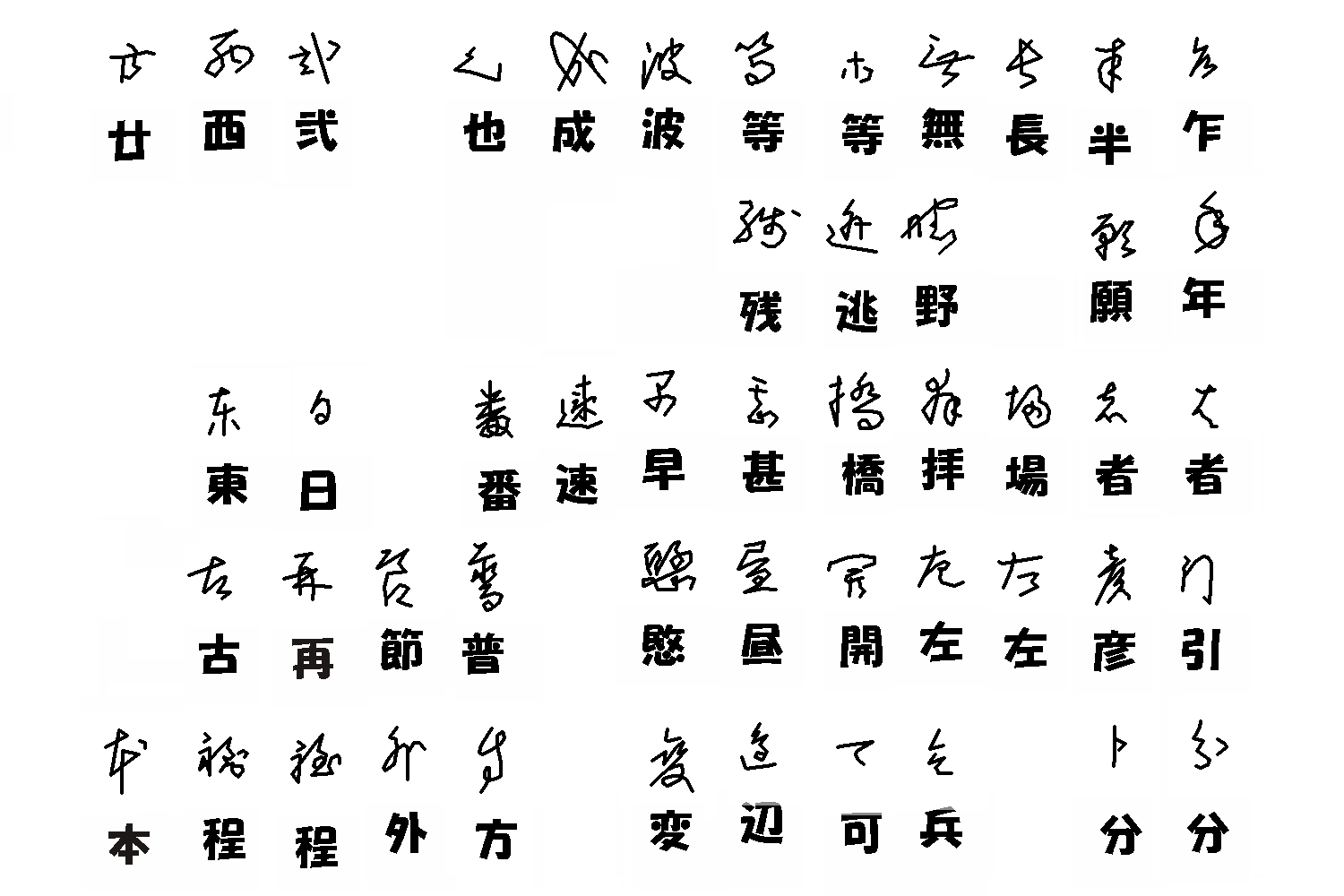
ま行 や行 ら行 わ行 ma mi mu me mo ya yu yo ra ri ru re ro wa (kanji)
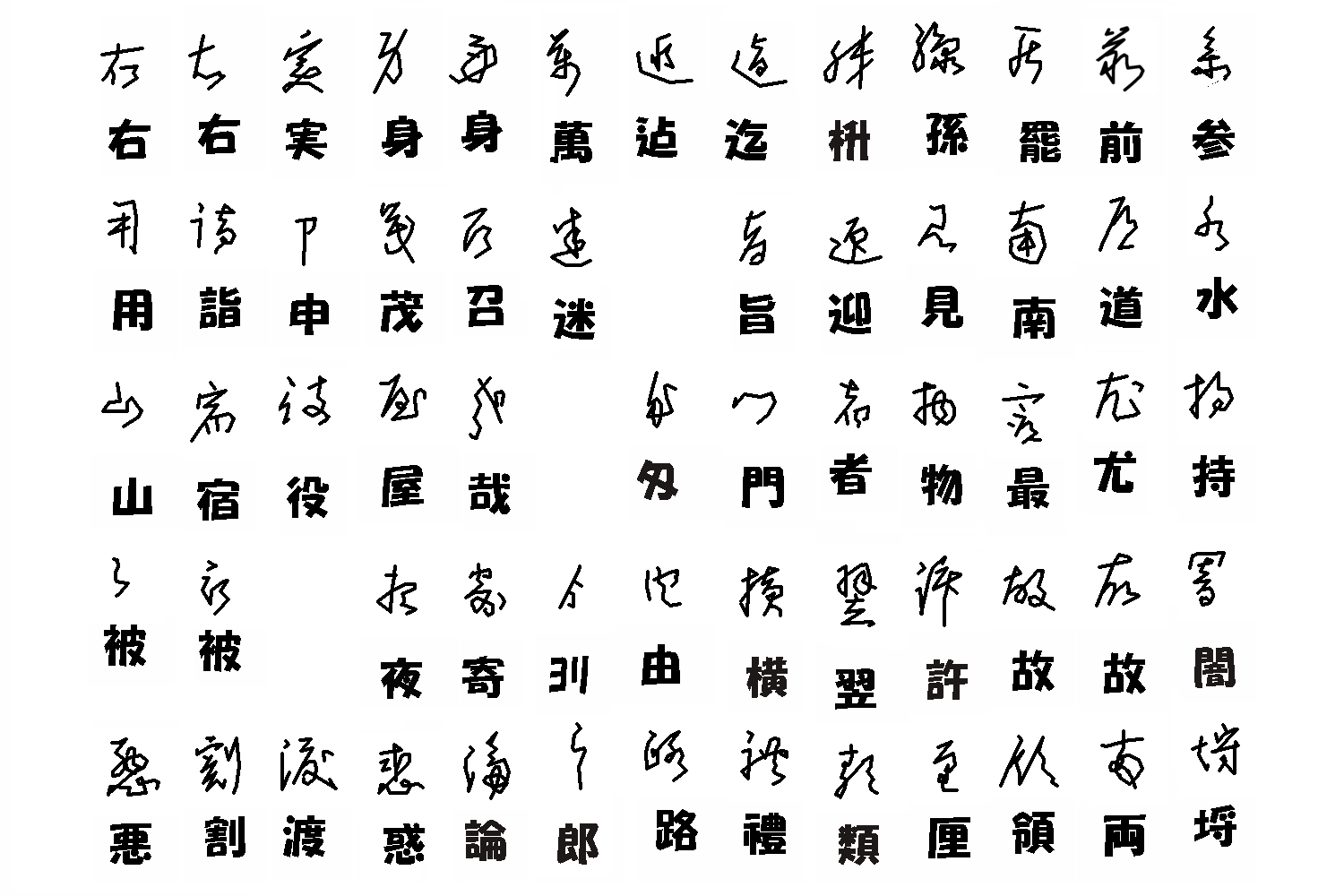
文字ニ付連携検索、其他多数文書参照致之上、
無料ソフトAzPainterニテ描画致候
動画ニ付Gifアニメ使用致候
折りたたみ版へ
くの一忍法 崩し字のお勉強 変体仮名の覚え方
ちょっとひといき(世界の歌)
NDCレファレンス
リンク集(インターネット上の基礎知識)
相対論・量子論YouTube
しろうとイラスト制作
高校生に教えてもらう物理講座
Indexに戻る
真鍋幸之 Manabe, Sachiyuki
